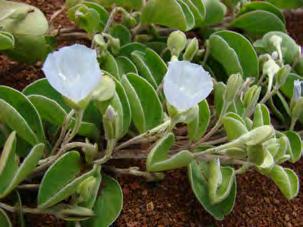

The Power of Color in Hawai'i’s Landscapes:
Designing Impactful Environments
Rooted in Ecology and Culture of Place
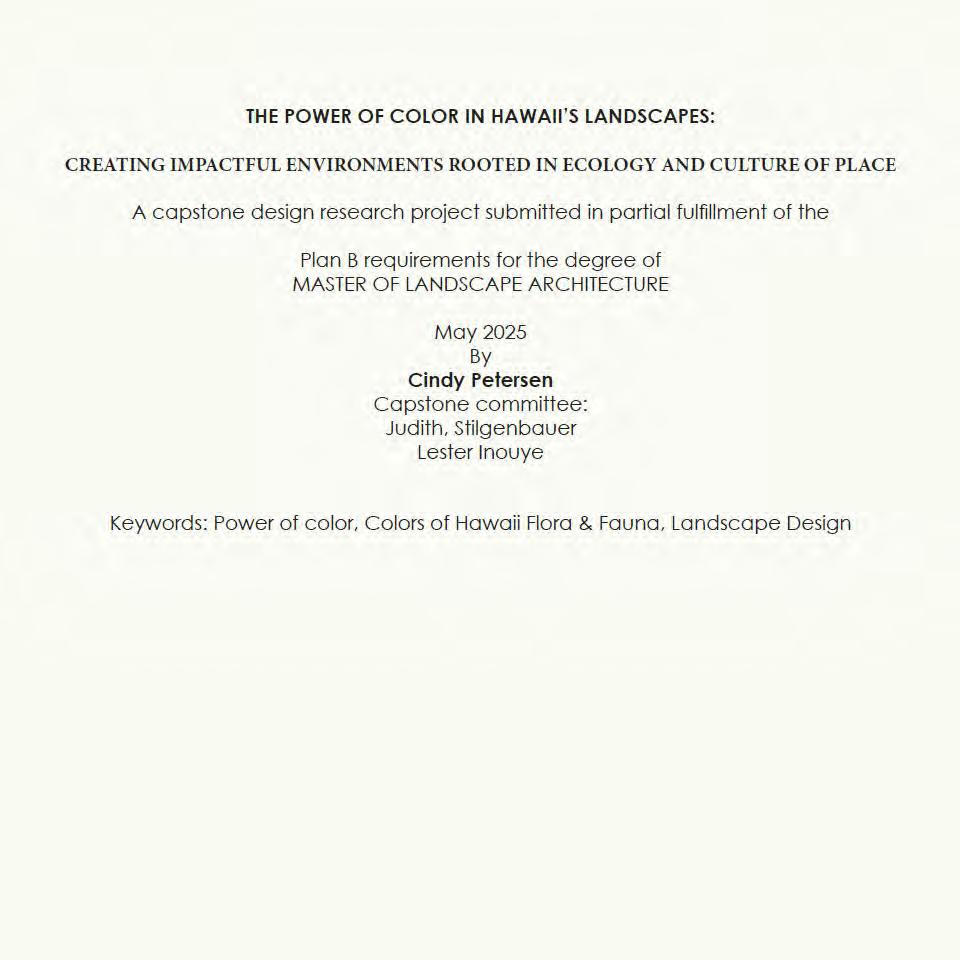
Keywords: Color, Endemic, Flora, Fauna, Hawaiian’s use of color
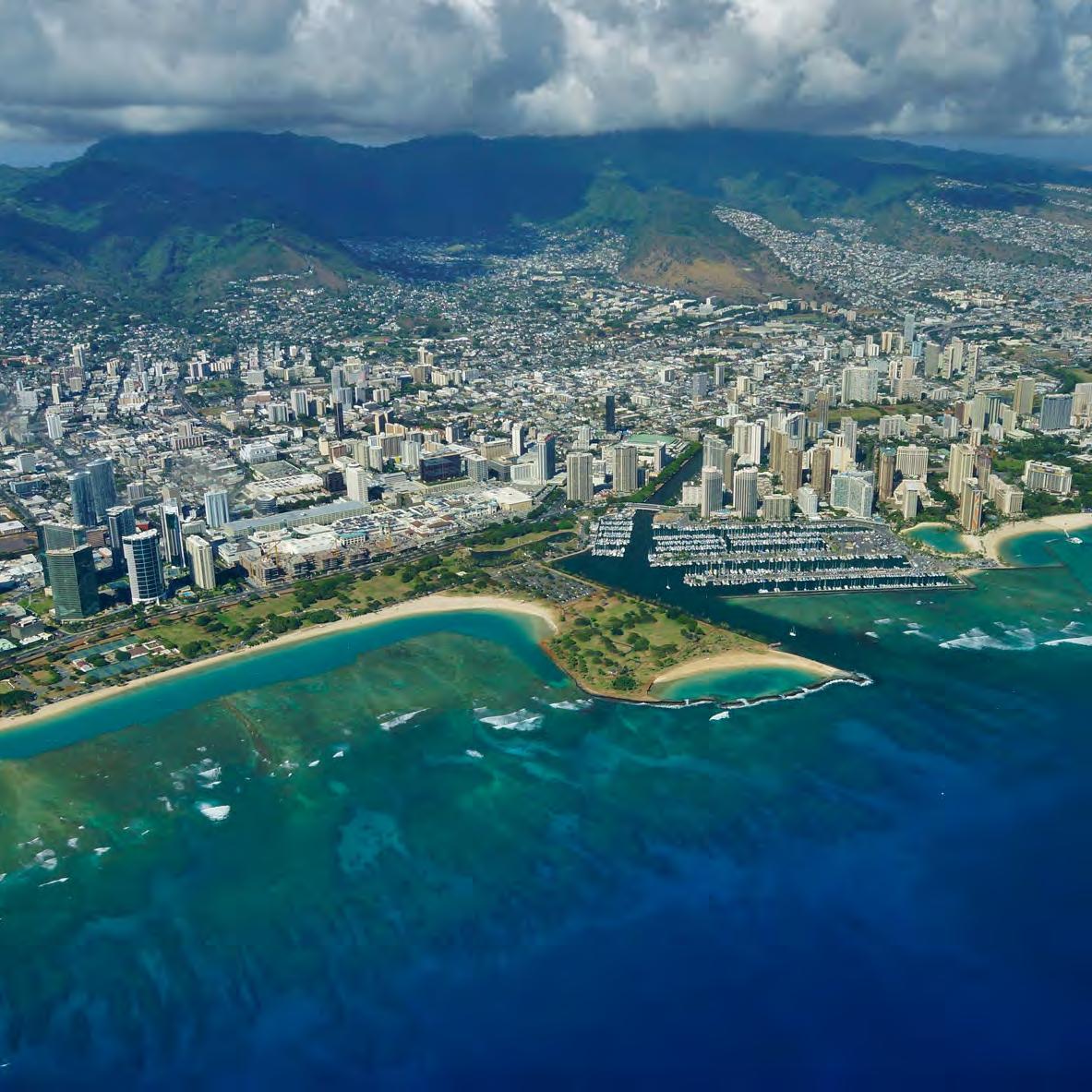
Thesis Statement:
Color, when rooted in the ecology and culture of place, can serve as a powerful design tool for restoring connection, identity, and ecological memory in Hawai‘i’s landscapes. Through an invesgation of endemic flora and fauna, paleoenvironmental history, and cultural narrative at Hāmākua Marsh in Kailua, this project develops a site specific design that reclaims color as a language of place, countering the neutralization of contemporary landscapes dominated by concrete and asphalt with a palette that is both ecologically meaningful and culturally resonant.
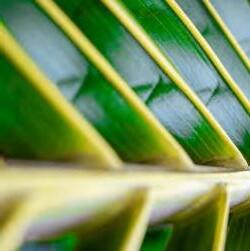
Color is a language that speaks to our instincts and emotions. It is what we notice first before any other detail. Color grabs our attention, guides our path, and influence our mood and heart rate.
Photoreceptors (rods & cones)
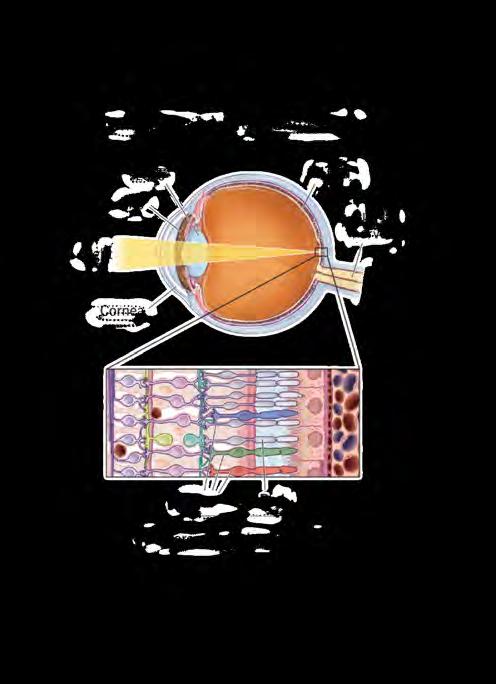
Photoreceptors (nerve cells)
Color is a complex phenomenon shaped by physics, physiology, and psychology. Its perception varies between individuals due to differences in eye anatomy, neural processing, and cultural context, deeply influencing how we feel, behave, and interpret the world.
Cleveland Clinic 2024
Light strikes an object. Depending on the object’s material properties, certain wavelengths of light are absorbed, while others are reflected.
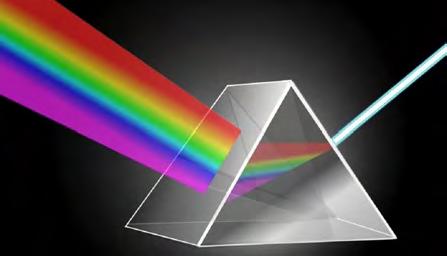
The reflected light enters the eye through the cornea and is focused by the lens onto the retina.
Photoreceptor cells in the retina—rods and cones—detect the light.
Cones are responsible for color vision and function best in bright light.
Rods are more sensitive to low light but do not detect color.
The cones encode the light’s wavelength (color) into electrical signals. These signals travel through the optic nerve to the brain’s visual cortex.
The brain processes these signals via networks of neurons and interprets them as color.
https://en.meteorologiaenred.com/newton%27s-prism.html
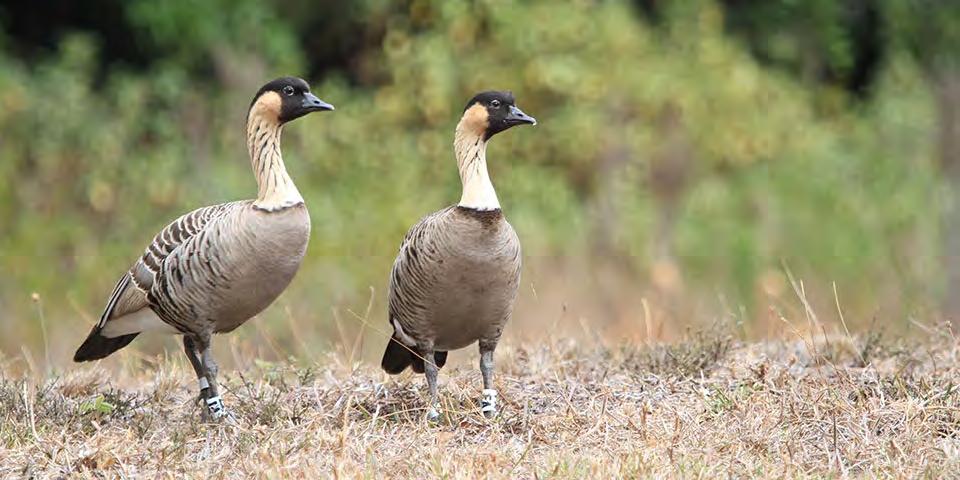
Our experience of color is deeply shaped by biophilia. It is an innate human instinct to connect with nature and other forms of life. This connection influences not only the colors we’re drawn to, but how we feel in different environments. Across cultures and history, people have consistently shown a preference for natural colors, especially greens and blues, which are known to evoke calm, comfort, and a sense of well-being. These preferences are not just aesthetic; they’re rooted in evolution, from when our survival depended on reading the landscape for food, shelter, and safety. Color, in this way, becomes both a sensory and emotional bridge to the natural world.
Biophilic design builds on this relationship by intentionally incorporating nature-inspired elements, including color, into the built environment. Using hues drawn from plants, water, sky, and soil, these spaces help foster a deeper connection to place and enhance our physical and mental health. Even culturally, while individual color associations vary, the instinctive pull toward natural palettes remains remarkably consistent. In my work, this informs how I use color not just to beautify a space, but to root it in ecology, memory, and a sense of belonging. Color becomes a quiet but powerful tool for healing our relationship with land and ourselves.
Cultural Color Narratives
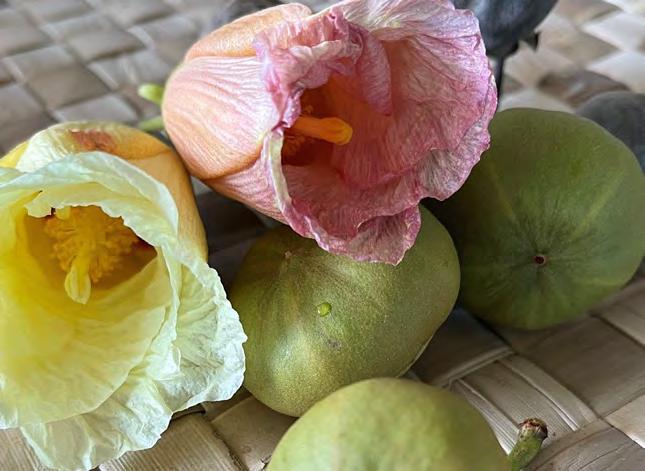
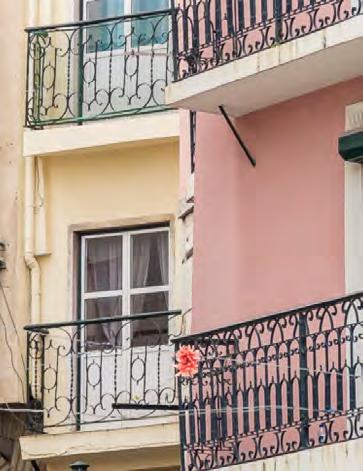
One of Oahu's most prominent color stories, the Royal Hawaiian Hotel was influenced by Hollywood film star and legend Rudolph Valentino and his Arabian movies.
photo: https://www.kapacurious.com/new-blog/2022/3/24/
photo: https://thenextcrossing.com/lisbons-architectural-history
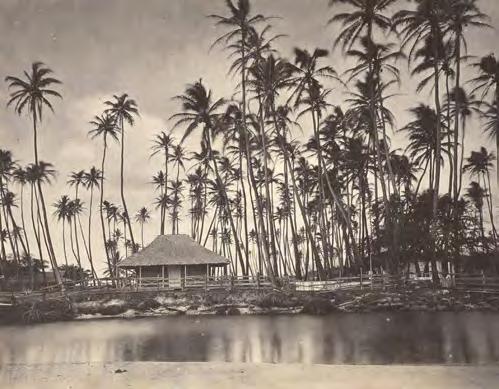
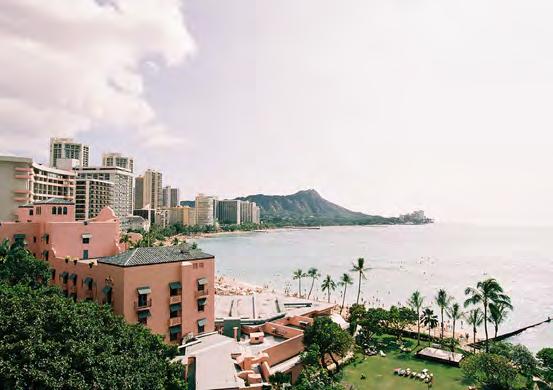
New York firm of Warren and Wetmore Designed the Royal Hawaiian Hotel -opened 1927 Kamehameha V's summer Residence at Helumoa.
King Kamehameha l had a field of Milo trees near this site.

The color choice for the Tripler Army Medical Center was influenced by the Royavl Hawaiian Hotel’s “Spanish-Moorish pink in 1948
photo: https://imagesofoldhawaii.com/helumoa/
https://www.army.mil/article/191568/tripler_past_and_ present
photo: https:// https://www.marriott.com/en-us/hotels/hnllc-the-royal-hawaiian-a-luxury-collection-resort-waikiki/overview/

Color can serve as a living dialogue between culture and place, connecting aesthetics with the dynamic relationships among living and non-living elements of an ecosystem, including plants, animals, people, soil, climate, and water.
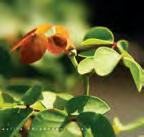
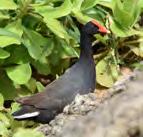
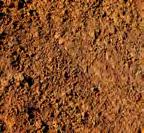
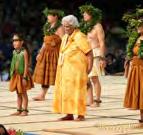
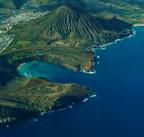
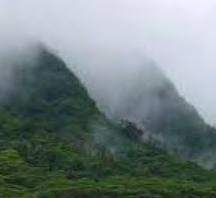

"(Re)learning our perception and interpretation of color orients us in both time and space; it connects us to the long breath of our ancestors and binds us to this specific and special place– Hawai'i."
Kū'i'olani Cotchay (Relearning) Learning
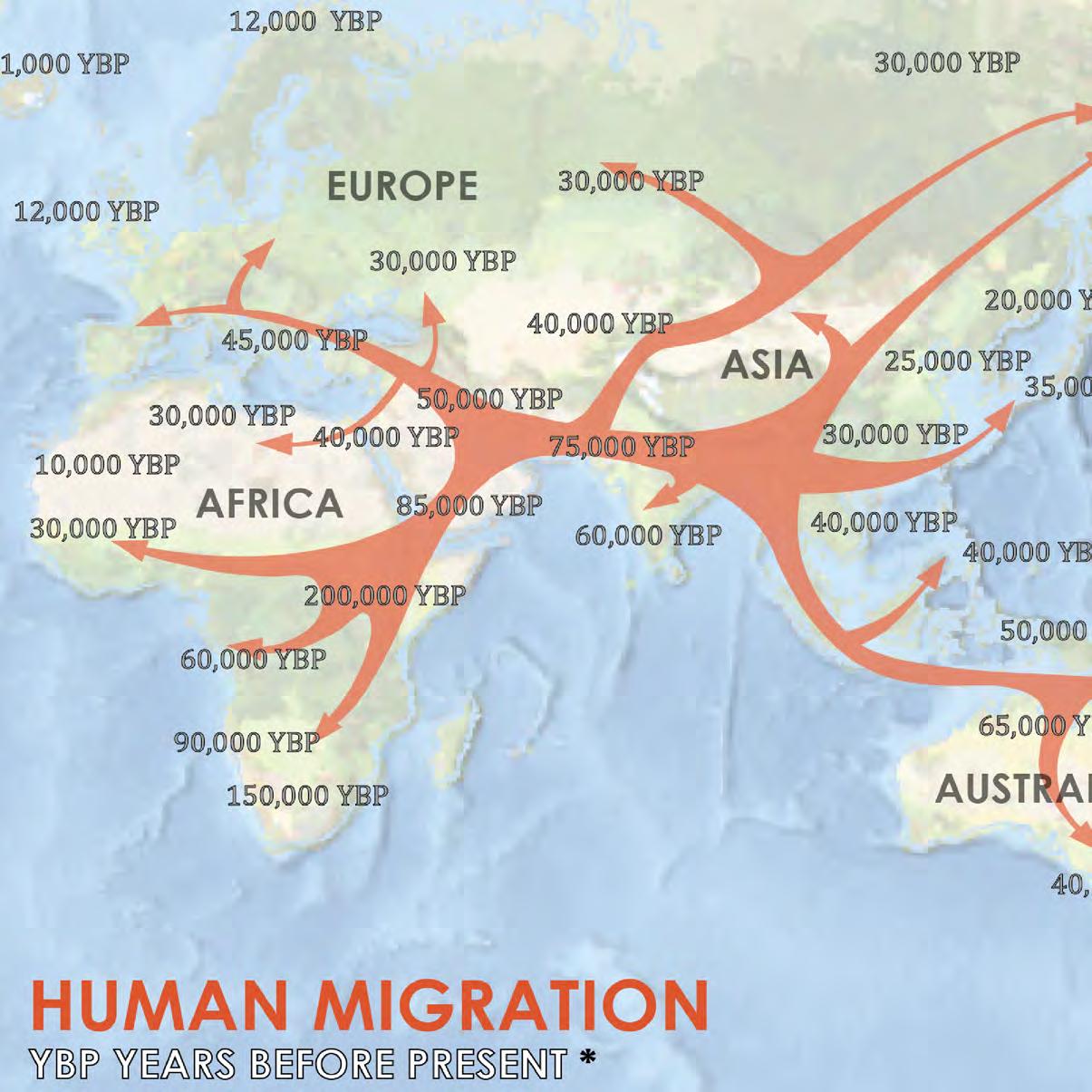

WindWaves W i n g s
For nearly two million years, the Hawaiian Islands remained one of the most isolated archipelagos on Earth. During this time plants and animals arrived either carried by the wind, swept in by ocean, or brought by birds. These early arrivals adapted to the islands’ diverse microclimates and geologies, slowly evolving into entirely new species. This long period of geographic and biological isolation fostered an exceptional level of endemism, shaping a landscape found nowhere else on the planet.
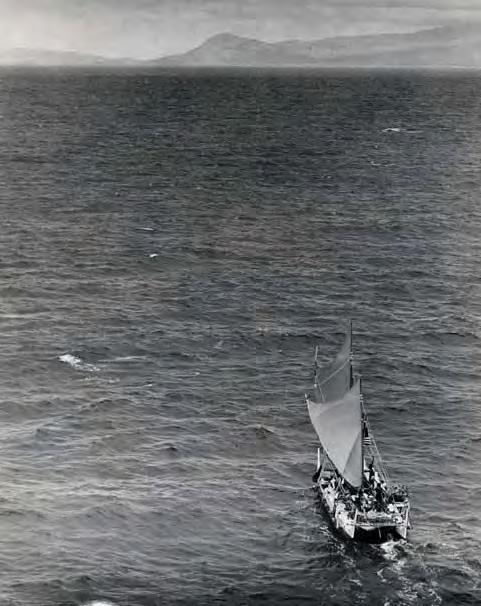
Polynesian Hawaiian settlement evidence beginning around AD 1000–1200.
Descended from the first Hawaiian settlers would cultivate an island civilization that flourished, untouched by the outside world, for nearly 800 years. The population of Hawaii at the time of first western contact is increasingly a figure of at least 500,000.
(Kirch and Rallu, eds., 2007; David A. Swanson 2019)
Photo:
Canoe Plants & Animals
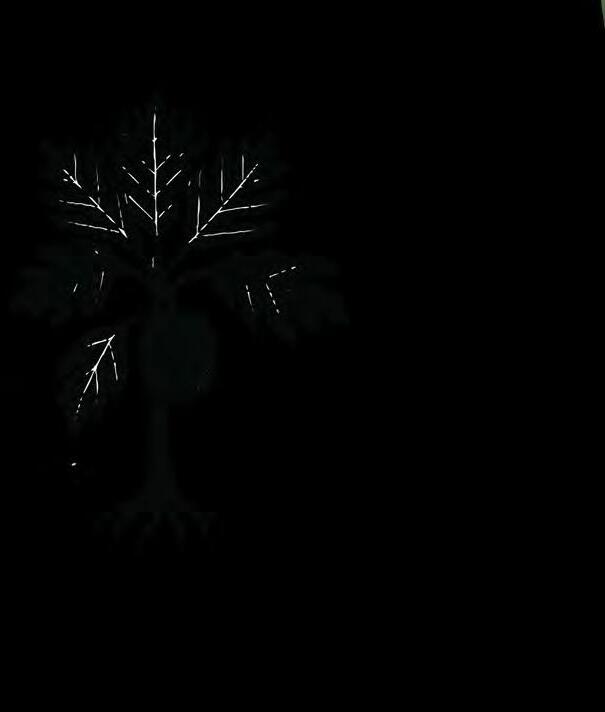


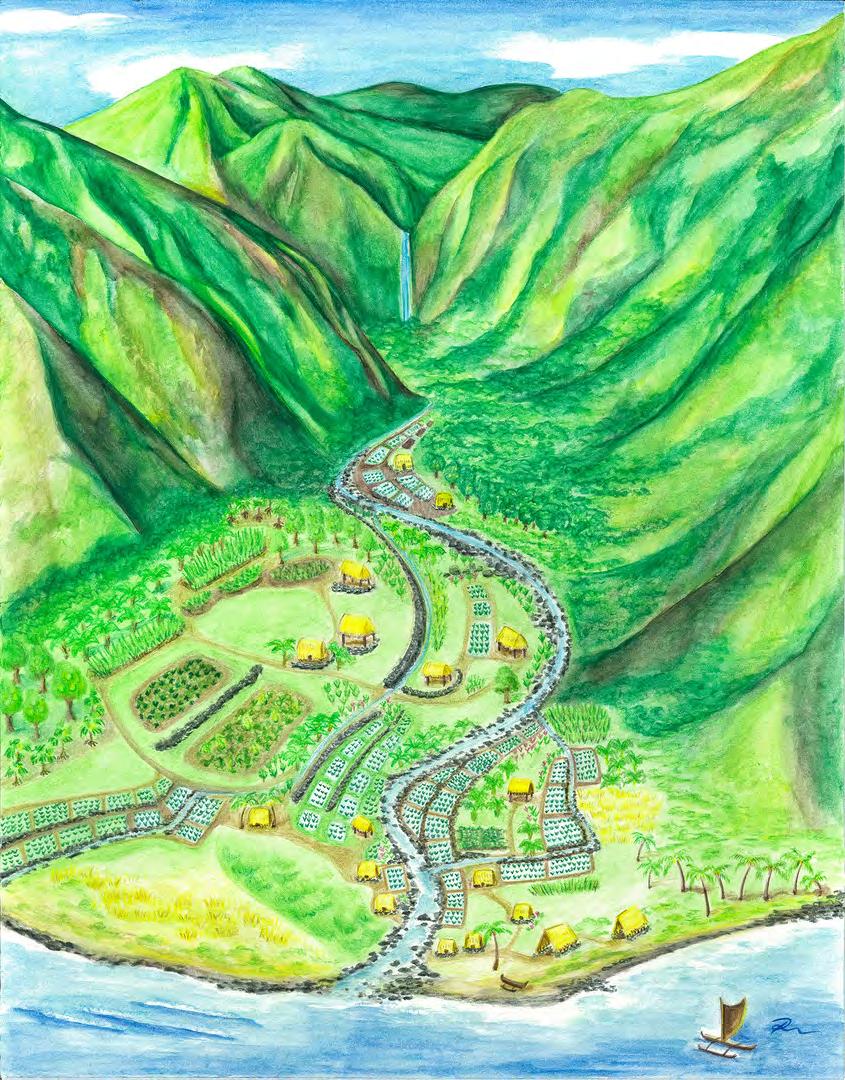
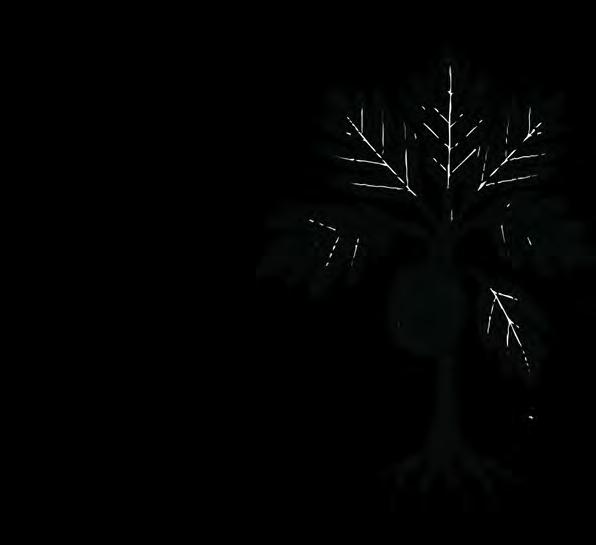

https://plantpono.org/canoe-plants/
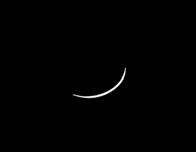
Animals were brought for food, labor, companionship, and cultural purposes.
Hawaiian Name Common Name Purpose
Pig (Sus scrofa) Food, offerings, important in mythology
Chicken (Gallus gallus domesticus) Food, feathers

ʻIlio Hawaiian dog (Canis lupus familiaris) Companion, food, hide Pololū or ʻIole Polynesian rat (Rattus exulans)
Canoe Animals
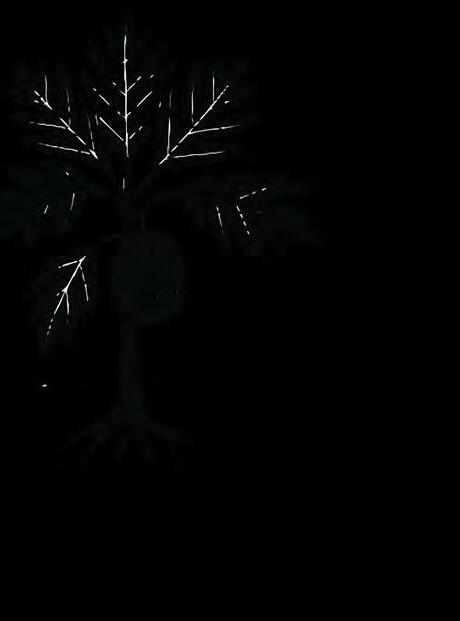
Canoe Plants
Polynesian plant introductions to the Hawaiian Islands
ENGLISH NAME SCIENTIFIC NAMECOMMENTS
Elephant ear taro Alocasia macrorrhiza Pig fodder, famine food
Kava Piper methysticum
Bitter yam Dioscorea bulbifera
Bottle gourd Lagenaria siceraria
Taro Colocasia esculenta
Alexandrian laurel Calophyllum inophyllum
Ti Cordyline fruticosa
Sugarcane Saccharum officinarum
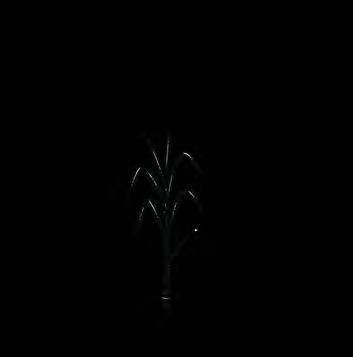
hi‘a ‘ai
Candlenut Aleurites moluccana
Banana Musa hybrids
Coconut Cocos nucifera
Psychoactive drink, used ritually
Famine food
Used for containers, rattle; South American origin
Staple starch; leaves eaten also
Hardwood tree, used for carving
Starchy root, leaves used in various ways
Stalk chewed; planted as windbreak in dryland systems
Tree with oily seed
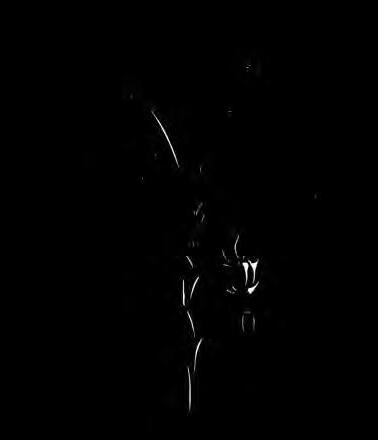
Fruit eaten raw or in some varieties cooked

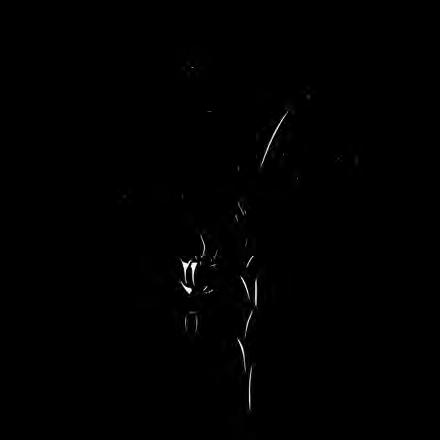
Nut eaten, leaves used for mats
Indian mulberry Morinda citrifolia Fruit used medicinally
Bamboo Schizostachyum glaucifolium Used for fishing poles
Mountain apple Syzygium malaccense Edible fruit
‘olena Turmeric Curcuma longa Reddish pigment extracted from tuber, ritually important
pia Polynesian arrowroot Tacca leontopetaloides Starchy tuber
‘uala

Sweet potato Ipomoea batatas
Greater yam
Dioscorea alata
Breadfruit Artocarpus altilis

Major starch staple in dryland areas; South American origin
Dryland starch crop
Large tree with starchy fruit; wood provides useful timber
Paper mulberry Broussonetia papyrifera Used for barkcloth
variegated landscapes required many kinds of local adaptation in planting practices. The second process was expansion, the pioneering process of transforming a natural landscape into a managed agroecosystem. As populations grew and agricultural fields were expanded, lowland forests were cleared, slopes were terraced, and field plots laid out. Third was the cation, in which technological innovations and greater labor inputs were
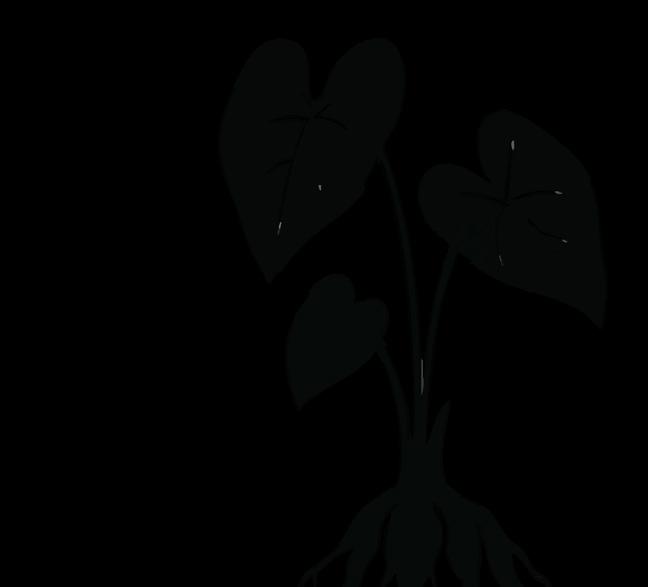

AGRICULTURE AND AQUACULTURE • 143
Kirch, Patrick Vinton, and Mark D. McCoy. Feathered Gods and Fishhooks : The Archaeology of Ancient Hawai'i, Revised Edition, University of Hawaii Press, 2023. ProQuest Ebook Central, http://ebookcentral.proquest.com/lib/uhm/detail.action?docID=30655005. Created from uhm on 2025-05-11 00:24:41.
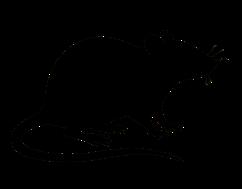
Color in ‘Ōlelo
Waihoʻolu'u
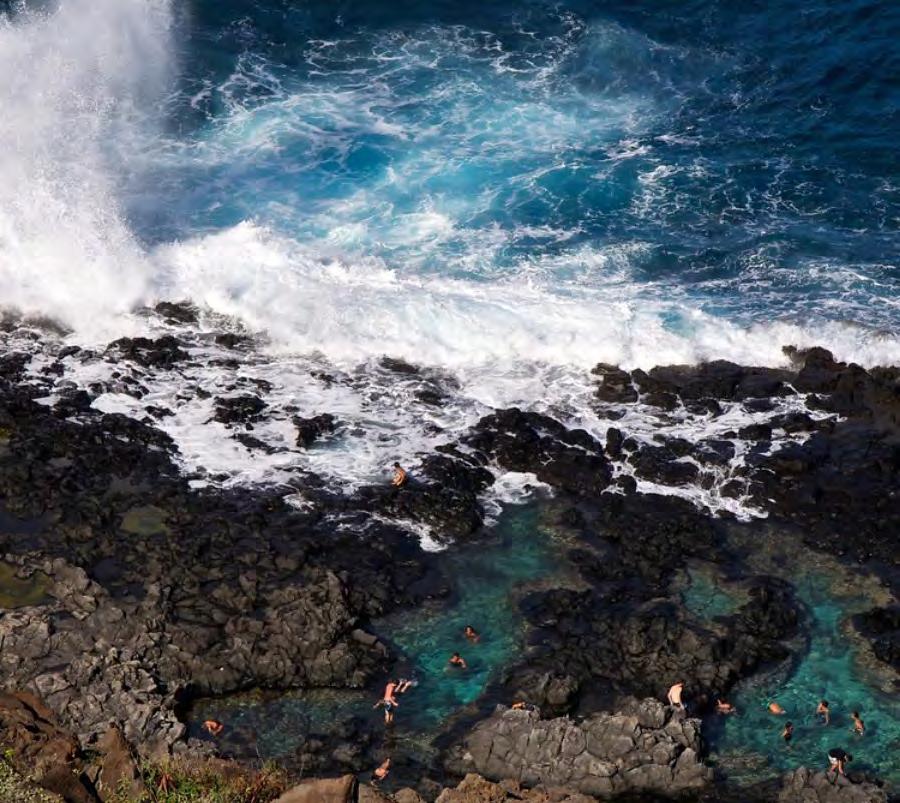
Kai kohola was the shallow sea inside the reef, the lagoon.
Kai pualena was the yellowish sea, presumably where streams flow in and roil the waters.
Kai ele was the dark sea,
Kai uli the deep-blue sea,
Kai-popolohua-mea-a-kane the purplish-blue reddish-brown sea of Kane
‘ele‘ele dark black
hinahina gray silvery
kahakaha striped, streaked
kea, keakea white
hakea, hakeakea whitish
ke‘oke‘o light or whitish green
hake‘oke‘o whitish
kikokiko speckled
lenalena yellow
halenalena yellowish
melemele amber, buff
oma‘oma‘o green
onionio mottled, variegated, with patches
poni purple
‘ula‘ula red, pink
ha‘ula‘ula reddish, pinkish
uliuli dark, dusky, deep green or blue
hauliuli darkish
MLA 9th Edition (Modern Language Assoc.)
E. S. Handy, et al. Native Planters in Old Hawaii: Their Life, Lore, and Environment. Bishop Museum Press, 1972. APA 7th Edition (American Psychological Assoc.)



blue, green, black, and brown—are broad, these colors correspond to dark colors.
Uli and Its Dark Connotations
Uli is a word for dark colors, including deep blue, green, and black and brown. However, it also carries negative or supernatural connotations, as seen in Hawaiian proverbs and chants. Uli is associated with darkness, misfortune, and the goddess Uli, known for sorcery.
Examples:
Kai uli - The deep blue sea
Nā pali uli - The green cliffs
Uli ka maka - A black eye or bruise
Uli māhole ka 'ili - The skin is bruised black-and-blue
Black, white, and red are significant colors in traditional Hawaiian spirituality:
ʻEleʻele (Black) – Represents darkness and the deep origins of life in Hawaiian creation stories, such as Kumulipo.
Puaʻa hiwa
(a completely black pig)

The night (pōʻeleʻele - deep darkness)
Human skin tones (pāʻele - dark skin)
Plants (kalo lauloa 'ele'ele - a dark variety of karo)
Hawaiian chiefs and warriors sometimes had black tattoos covering one side of their bodies as a sign of power. Chief Kahekili’s tattoos symbolized his connection to the god Kānehekili.
Black, white, Red were not just aesthetic choices but symbols of divine power, creation, and sustenance.
Keʻokeʻo (White) – Symbolizes brightness, light, and warmth, associated with the sunʻs life-giving power.
Moa
lawa (a
white chicken)

White (keʻokeʻo) is associated with light, clarity, and sacredness. It is often contrasted with black.
Kea: kea, keakea, kekea, ōkea, etc.
Ali: ali, aliali, aʻiai, huali, etc.
Keʻo: keʻo, keʻoke'o, hākeʻokeʻo
Liʻu: ahuliʻu, lehuliʻu
White is significant in Hawaiian religious and social practices. For example, white chickens (moa lawa) were considered sacred offerings.
ʻUlaʻula (Red) – Represents blood, life force, and sacred offerings.
Iʻa ʻula (a red fish)
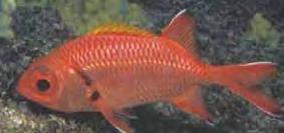
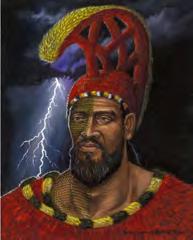
The color red is a royal symbol, seen in the regalia of chiefs, such as feather capes and helmets.
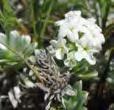

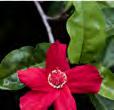
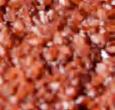
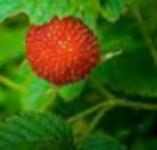
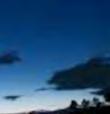
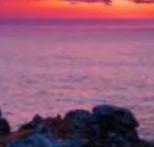
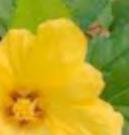
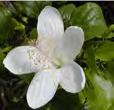
‘ele‘ele (black) ula‘ula (red)
There are up to 17 terms for black color-related elements.
ELE: ʻele, ʻeleʻele, ʻeʻele, ‘ele‘elekū, ‘eleuli, ‘elemoe, ʻelekū, ‘eleʻī, hā‘ele‘ele, kā‘ele, poliʻele, pāʻele, pōʻele, pōʻeleʻele, ‘e‘elekū, ‘ene‘ene (16)
ULI: uli, uliuli, hāuli, pāuli, paulihiua, pouli, pūuliuli (7)
KUHE: akuhe, kuhe, kuhekuhe, kukuhe (4)
HIWA: hiwa, pāhiwa, polohiwa (3)
NIKA: nika, pūnika, pūnikanika (3)
PANO: pano, panopano, panopa‘ū (3)
LIPO: lipo, lipolipo (2)
WEHI: wehi, wehiwehi (2)
KŪMOLE ʻOKOʻA: ila, hākuma, kahaea, kokōhi, palaki, palapō, polina, lalawahi, luluhi, makauli, mahamoe (eleven unique categories)
There are 39 words related to red. The stem of ‘ula is the most significant having 13 in total.
‘ULA: ‘ula, ‘ula‘ula, hai‘ula, hā‘ula, hā‘ula‘ula, kiawe‘ula, mā‘ula‘ula, ‘āʻula, ‘ulahea, ulahiwa [‘ulahiwa], onohiula [‘ōnohi‘ula] (11)
KOLE: kole, kolekole, mākole, mākolekole, mūkole, mūkolekole (6)
NONO: nono, kūnono, pūnono, nonono, manono (5)
HE‘A: heʻa, heʻaheʻa, kāhe‘a, kīhe‘ahe‘a (4)
‘EHU: ‘ehu, ‘eʻehu, hā‘ehu‘ehu, kama‘ehu (4)
OKOOKO: okooko/okoko [okōko], kāoko, puokooko [puokōko] (3)
HEKA: heka, hekaheka, piheka (3)
HELO: helo, hehelo, helohelo (3)
KOKO: koko, pūkoko, mākoko (3)
WEO: weo, weoweo, weweo (3)
WENA: wena, wenawena, wewena (3)
HELA: hela, helahela (2)
LELO: lelo, lelolelo (2)
MEA: mea, meamea (2)
WE‘A: weʻa, weawea [weʻaweʻa] (2)
‘ALAEA: ‘alaea, ma‘alaea (2)
KŪMOLE ‘OKO‘A: hilihili, hiʻohiʻo, kaʻaona, makou, māku‘a, moano, nohi, nononi, ‘āpane, ‘ea, ‘iwi (only one group of 11 items)
(orange)
There are three words in the orange category: ʻALANI: ʻalani, ‘ili ‘alani (2 words)
OTHER TERMS: ki‘i (1 word)
Orange and pink may have been seen as shades of red rather than distinct colors, which could explain why separate words did not develop for them early on.
The native Hawaiian orange tree exists, but its name does not seem to be the origin of the word for the color orange ("ʻalani"). In Bishop’s vocabulary list and Andrews’ dictionary, "ʻalani" refers to the fruit (orange). Both Andrews and Pukui state that the word "ʻalani" (for the fruit) originates from English. In Pukui’s dictionary, the term "melemele ʻili ʻalani" is defined as "orange-yellow color," suggesting a connection to the Niʻihau term for "ʻalani," which is "ʻiliʻalani." (Mawae, interview, 2008)
akala (pink)
There are five words in the pink category:
ʻĀKALA: ‘ākala, ‘ākalakala (2 words)
OTHER TERMS:
hā‘ula‘ula, puakea, ‘ōhelohelo (3 words)
In Bishop’s vocabulary list, "akala" (ʻākala) refers to "raspberry," with no meaning of "pink." Likewise, in Andrews’ dictionary, "pink" is not one of the three meanings listed for "A-KA-LA" (ʻākala). Among the three meanings in Andrews' dictionary, the second definition refers to a type of cloth, "similar to alaihi fabric." "Alaihi" (ʻalaʻihi) refers to a red fish and a type of reddish fabric.
ulivuli (blue)
The words "polū" and "palaunu" for blue are borrowed terms from English. These new words were adopted, probably because Hawaiian vocabulary did not have precise terms for new western contexts, such as blue eyes.
(purple)
"Poni," the color of the sky in the morning - just before dawn breaks,
The
day is the time of whiteness.
Regarding the category of "mākuʻe" (brown), there is a relationship between brown and red, seen in words like "mea," "ʻea," "palaʻā," and "kaʻaona."
‘ehu (reddish)
‘ōma‘oma‘o (green)
‘ahinahina (gray)

For Native Hawaiians, lei-making is more than craft — it's a living art form rooted in deep cultural and spiritual connection. Each lei tells a story, using natural materials like flowers, leaves, and vines that hold meaning beyond their beauty. Some are even seen as physical forms of gods — what we call kino lau.
Kino lau expresses the idea that deities are present in the natural world — Kāne in freshwater and taro, Laka in the forest plants of hula, Pele in lava flows. Wearing or weaving a lei made from these plants is not just decorative; it's a way to honor these forces and invite their presence. In this way, Hawaiians show their oneness with nature — a world alive with story, spirit, and ancestral memory.
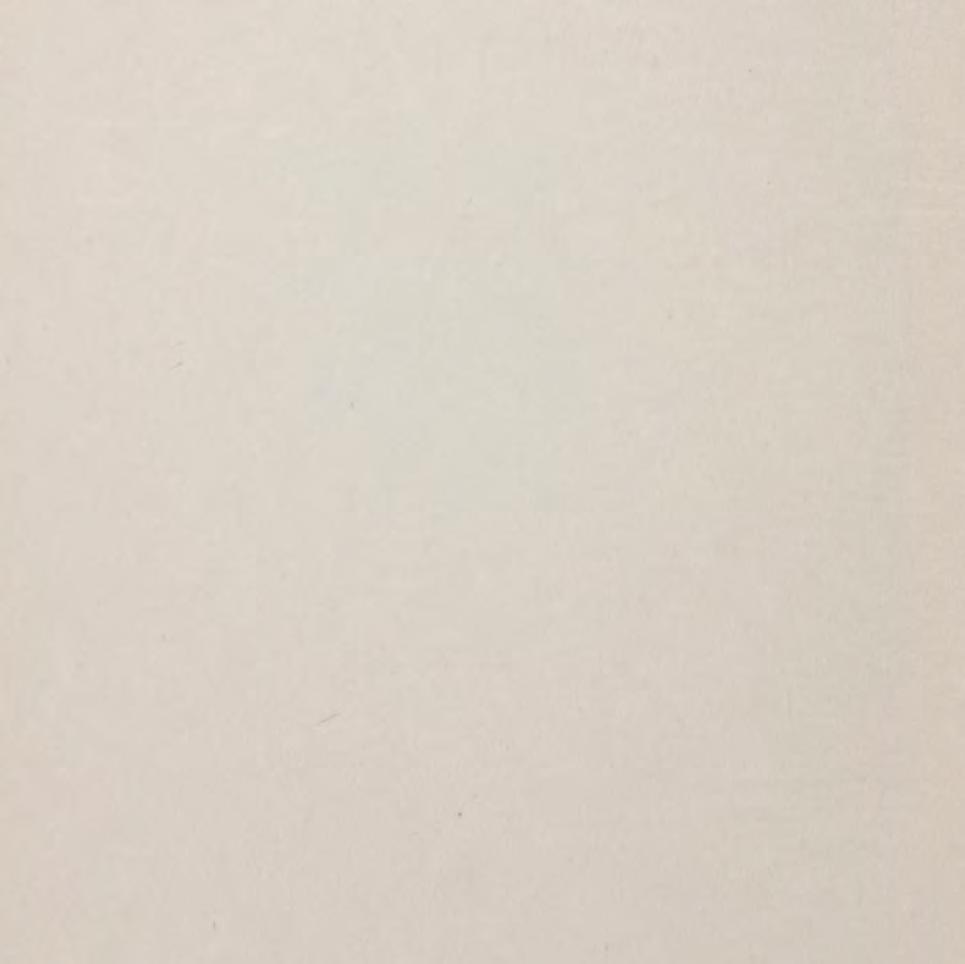
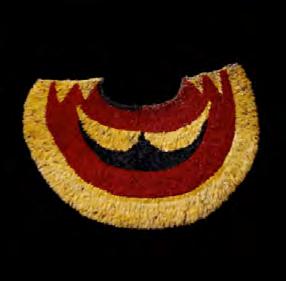
From Martha Warren Beckwith's book Hawaiian Mythology, published in 1940, we learn that We learn that plants were thought of as transformaion bodies of gods. She writes,
“Hawaiians are extravagantly fond of perfume, and frangrant plants are invariably associated with deity. Color is also indicative of devine rank, yellow and red being the colors sacred to chiefs. Yellow seems to be primarily the Kane color. The use of flower wreaths and decorations of woodland plants for a dance hall carries with it a sense of divinity which strengthens the emotional satisfaction with which such things are regarded. Certain red flowers are sacred to the gods and those whom they love. Like the red iiwi bird, so is the red iiwi blossom of the vine sacred. No one not beloved of the gods will dare to pick and wear it lest he be haunted by a headless woman carrying her head under one arm.”
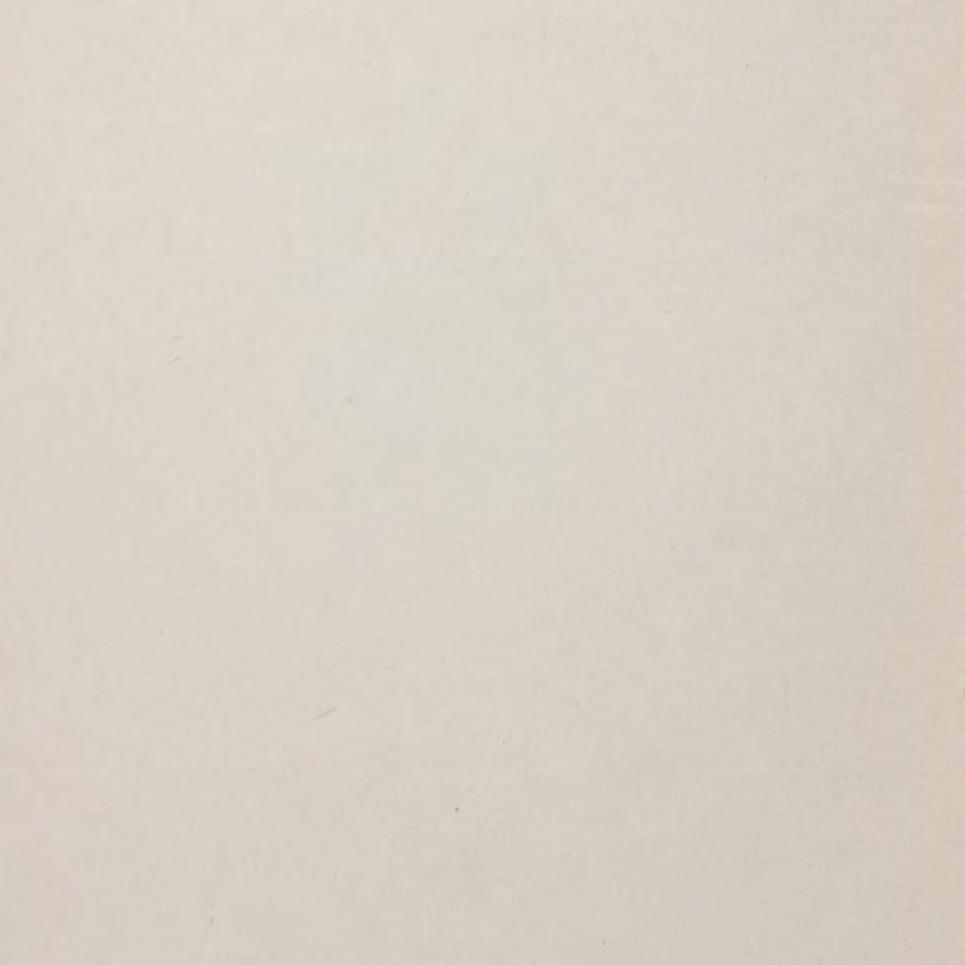
Kalo & Color:
Prior to 1850, Hawaiians had developed over 400 varieties of kalo adapted to different growing conditions and with a great variety of color. Pounded kalo made different colors of poi - from red, pink, yellow white grey, purple, and brown. Today,we just have about 80 native varieties left.
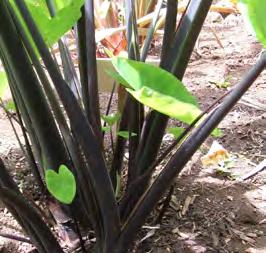
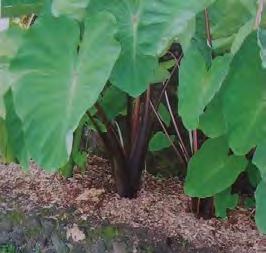
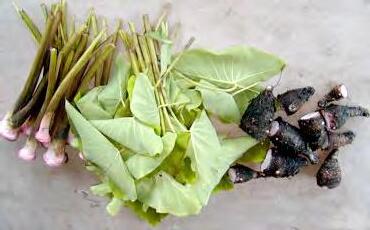
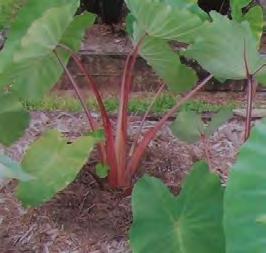
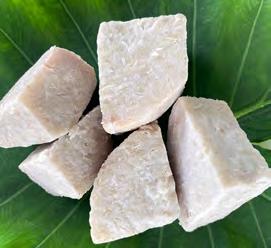
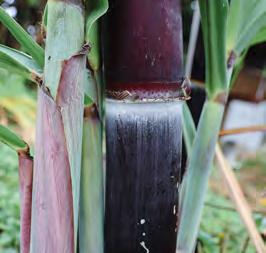
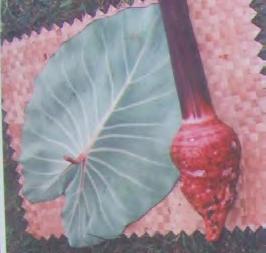

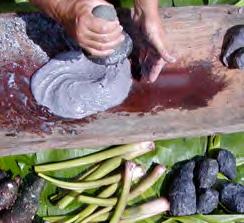
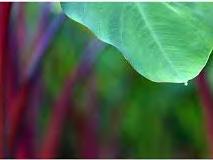
These colors were not incidental—they were the result of generations of careful selection, cultivation, and observation by Native Hawaiians. Color was one of the distinguishing features used to identify and name varieties, signaling deep knowledge of the land and plant.
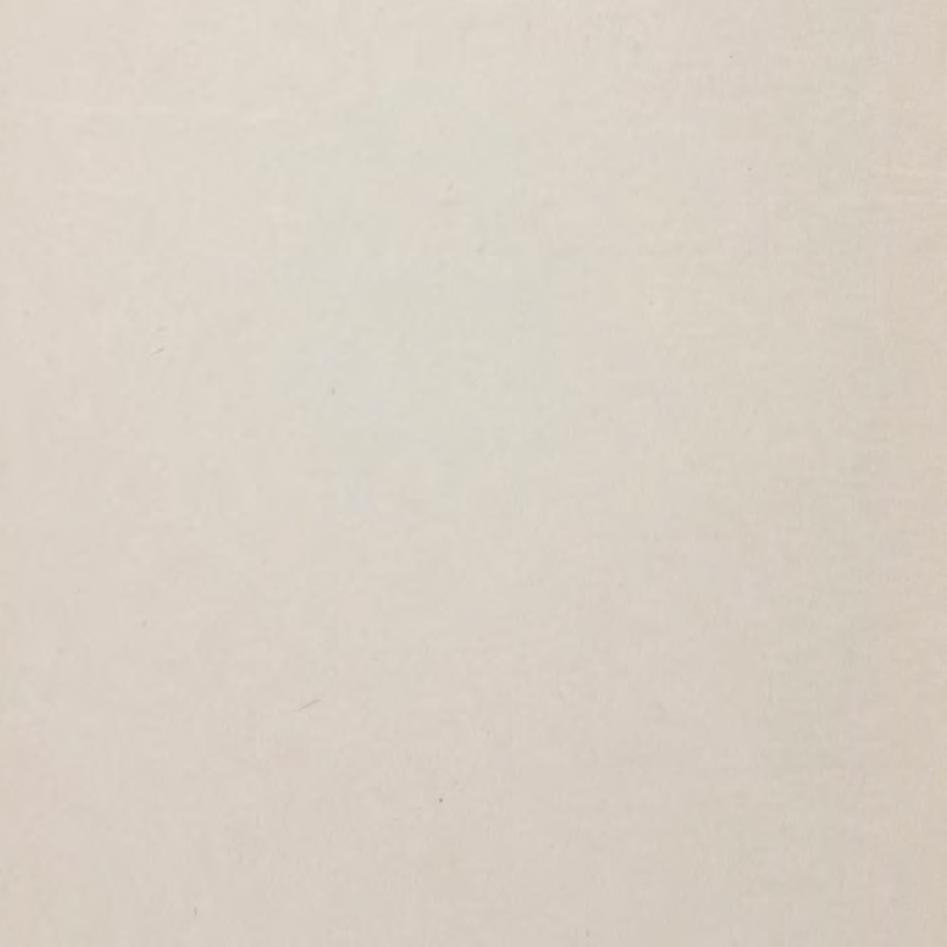
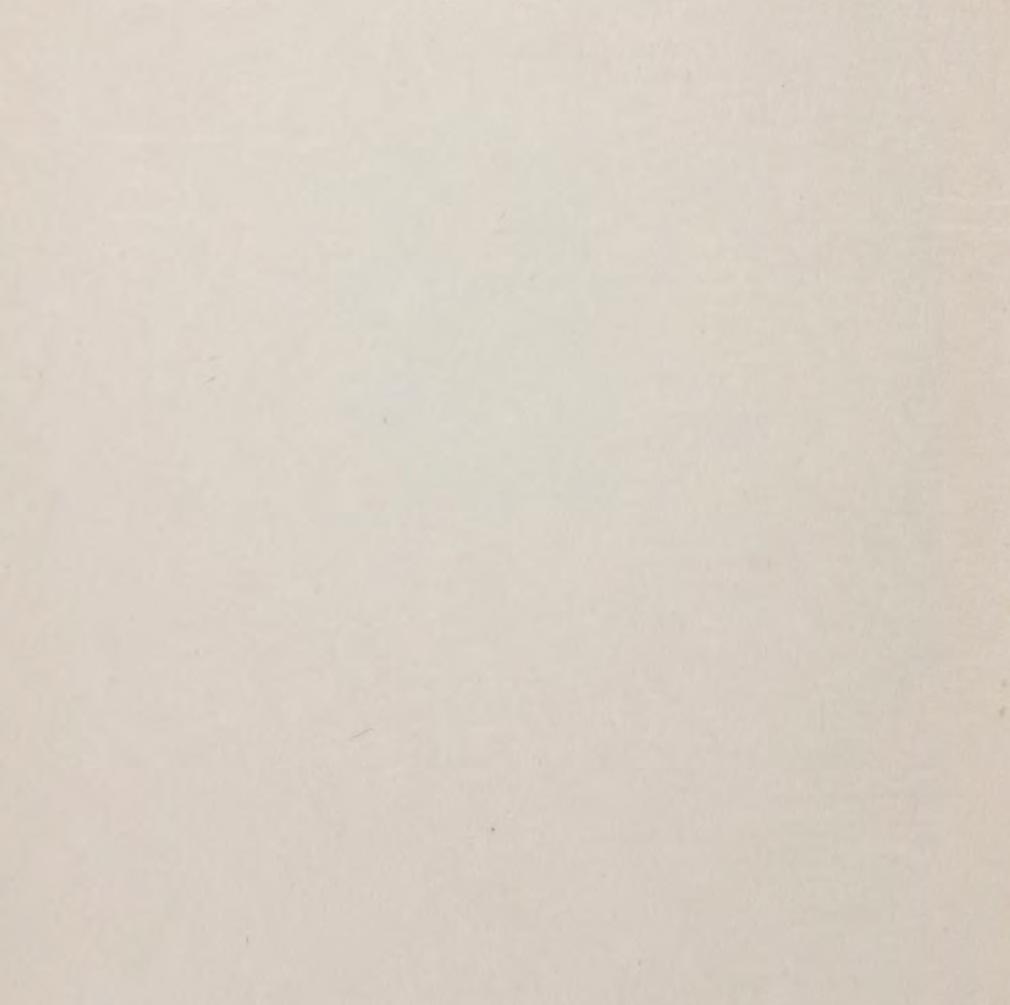
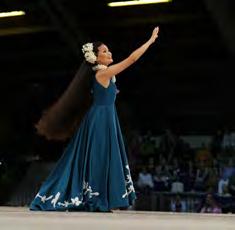
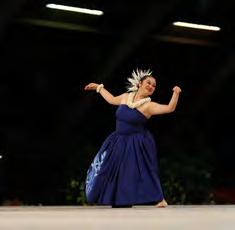

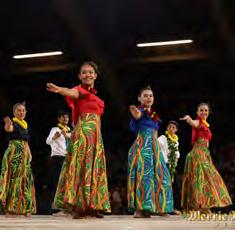
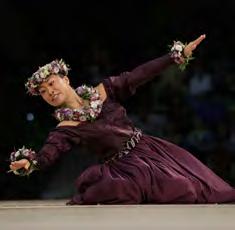


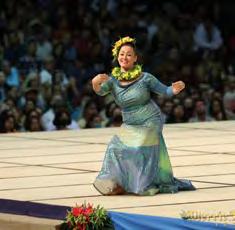
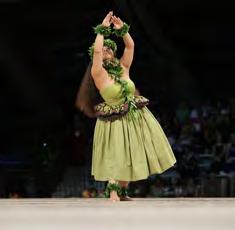
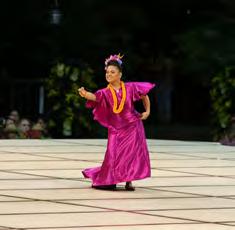
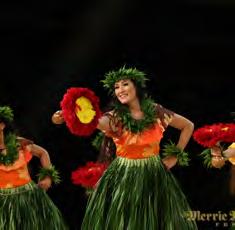

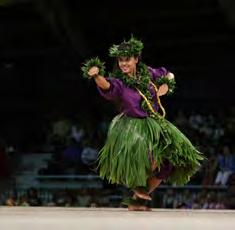
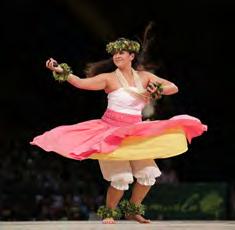
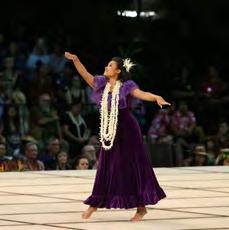
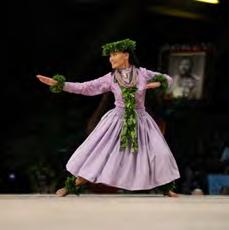
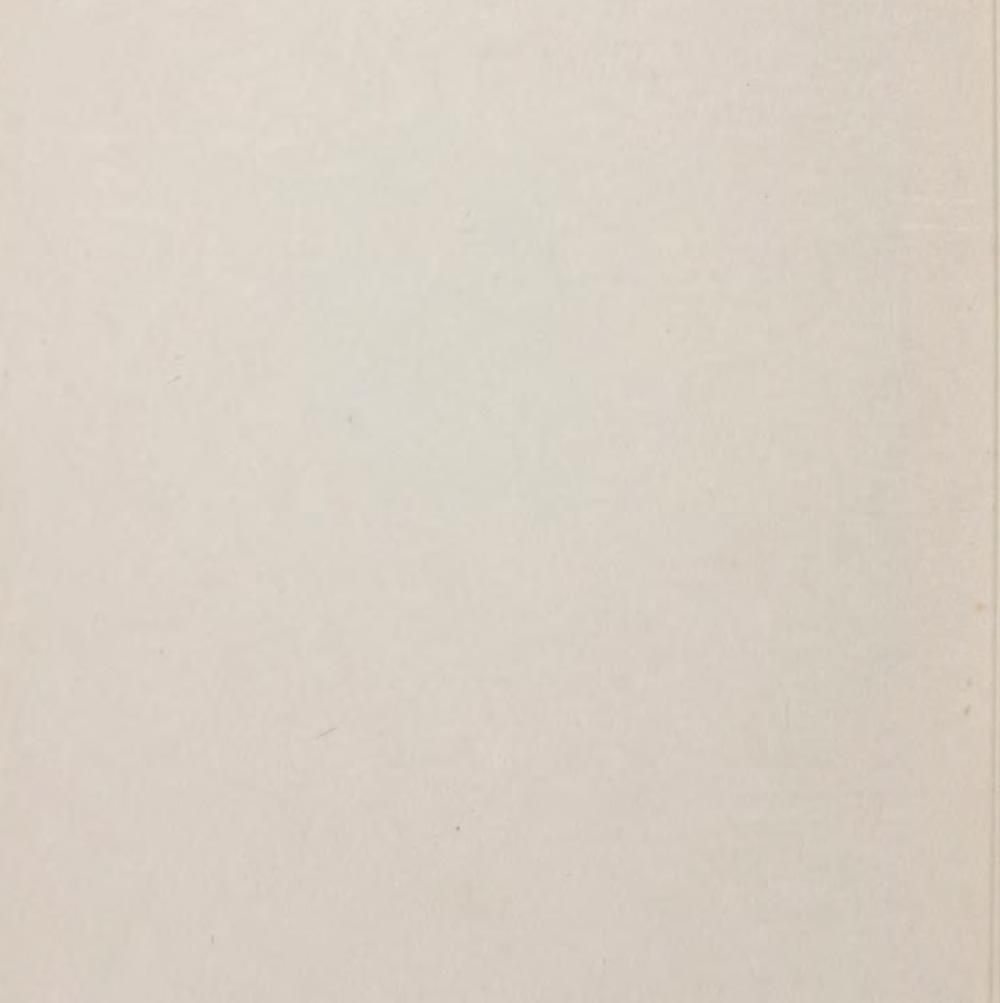
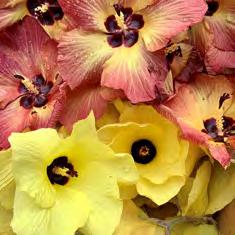
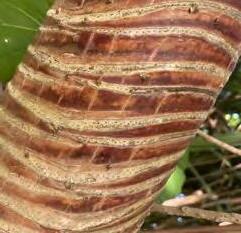
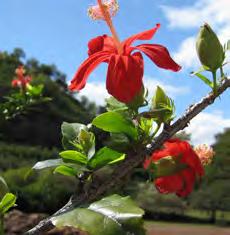
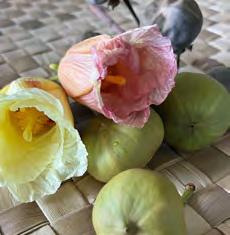


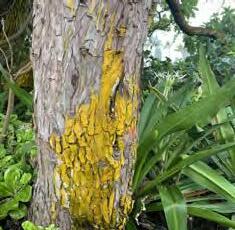
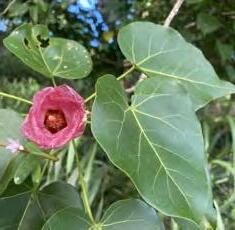
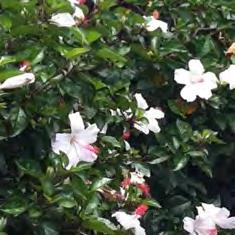
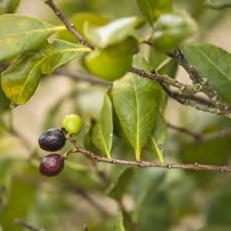
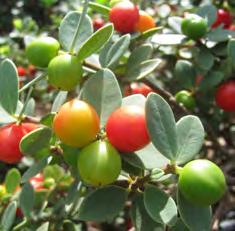
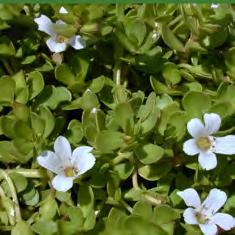
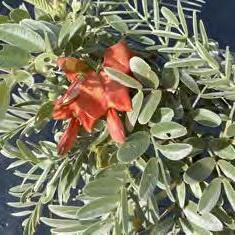
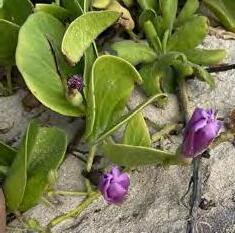
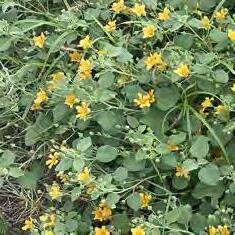
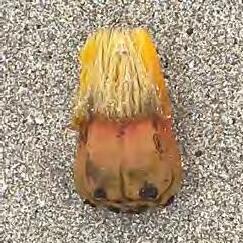
Kapa Color: A Hawaiian Palette
Location: Honolulu, Hi
Designer: Sheryl Seaman, AIA
Client: UH ARCH 600 Research Methods
Year: 2001
Tapa cloth was produced by beating and matting the inner bark of trees and decorating it with natural dyes. Patterns were created with carved narrow strips of bamboo as well as stamps made from the cut stems of plants.
Hawaiians called the cloth kapa or tapa. They used it for clothing, Accurate details of the methods of producing and dyeing tapa were guarded and historical knowledge was lost. Modern practitioners have done much to research ancient methods of tapa making and revive the art form.
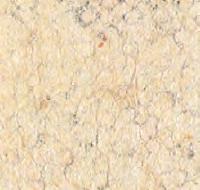
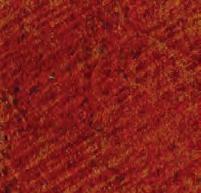
Local Interior designer, Sheryl Seaman shared her research on Hawaiian Tapa color. All images and color pallets shown here are from Sherly's reasearch. Sheryl notes: "Many other Pacific Islands have a history of tapa making but none of them had such a variety of texture and certainly not of color. "
Sheryl notes, “Colored Tapa was generally reserved for the Alii. Skilled craftsmen created beautiful kapas with " brilliant to subtle colors and complex geometric patterns."
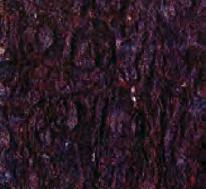
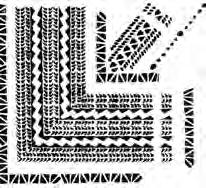
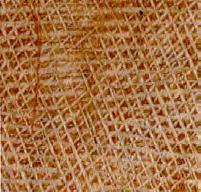
Traditional Hawaiian Fibers & Dyes Color Swatch Selection
Reds & Pinks
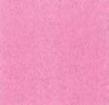


Toned
Oranges

Yellows & Greens


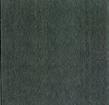


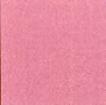
Oranges





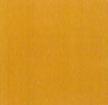
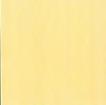



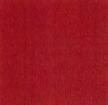
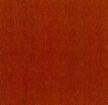

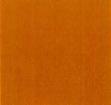







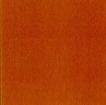









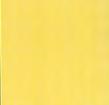





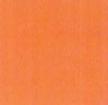






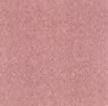

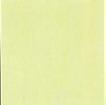




Blues
Browns
Nuetral
Grays

Kahiko Colors
from the collection of Puanai Van Dorpe

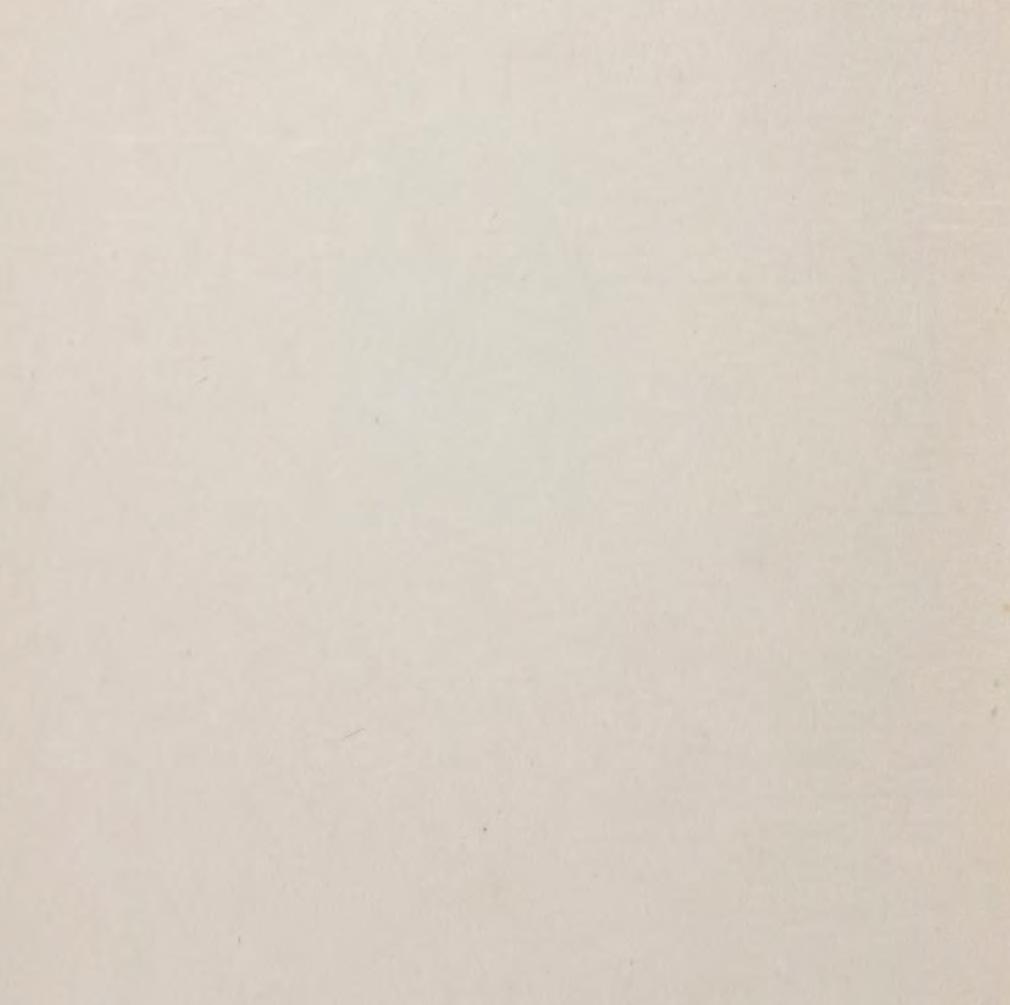
Selected samples from the Severson Collection

Roberto Burle Marx
Artist, landscape architect, the father of modernist landscape architecture
Location: São Paulo, Brazil
Client: São Paulo, Brazil
Year: (1909-1994)

Flamengo Park
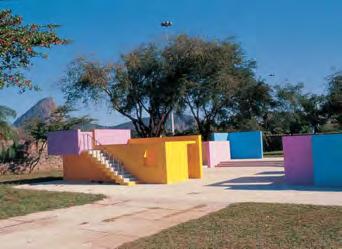
Cavanellas Residence
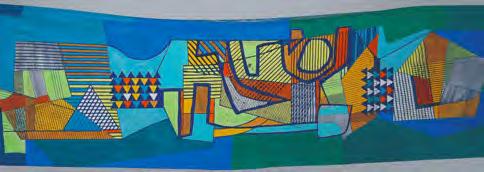
tablecloth, 1989, acrylic on cotton
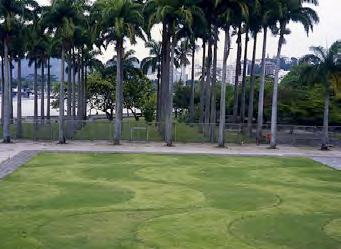
210,000sq m
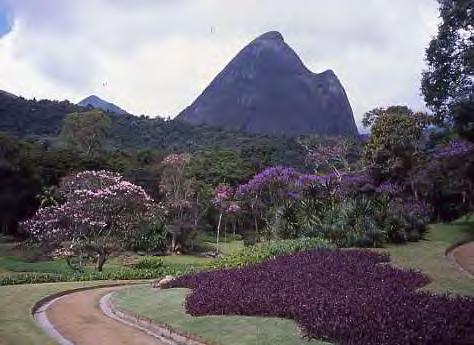
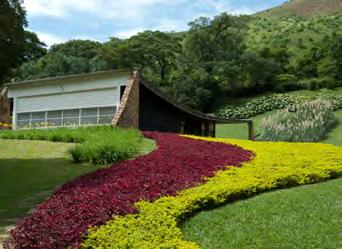
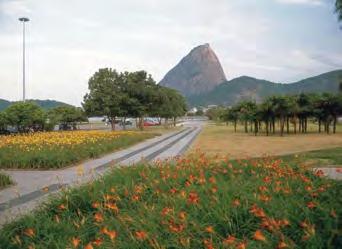
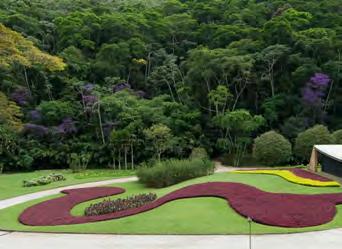
sweep of red Iresine herbstii, which contrasts deliciously with the spring green Duranta repens var. aurea
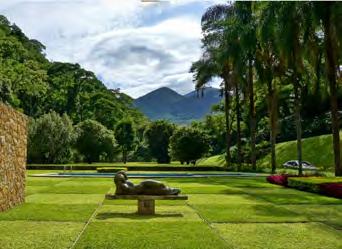
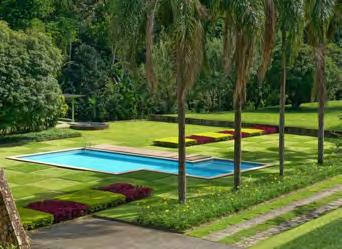
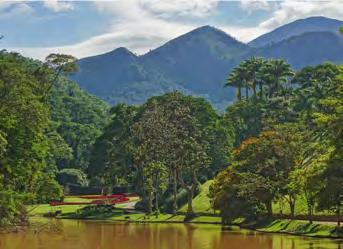

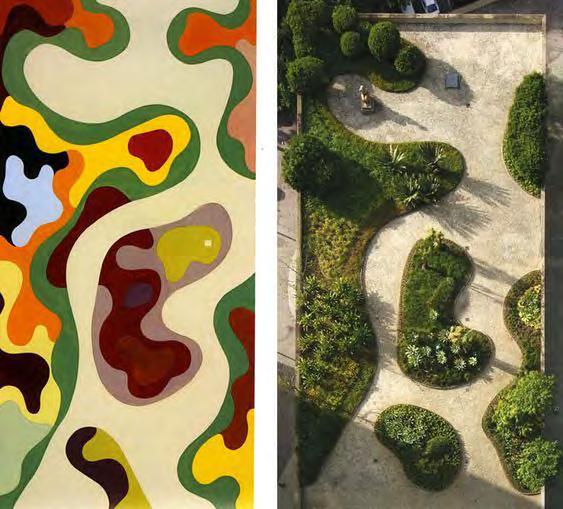
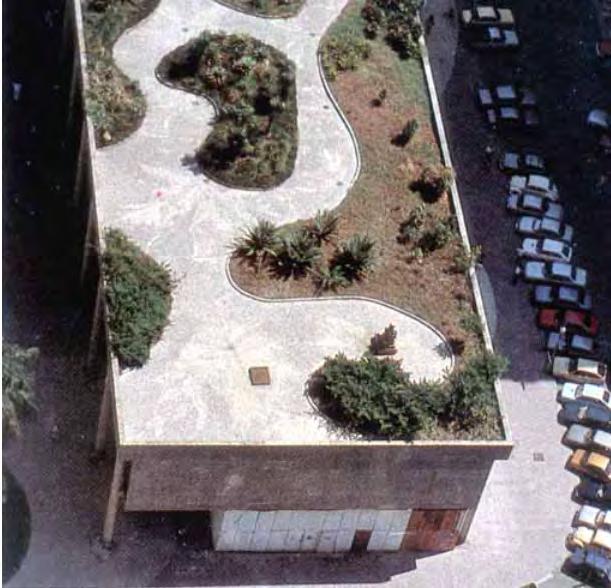
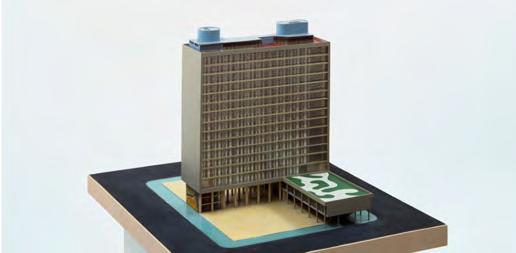

Cavanelas granted both men carte blanche to construct an architectural and horticultural jewel in the middle of a valley, one that still enjoys international admiration today.

233 North Michigan Ave
Plaza Renovation
Location: Chicago, IL
Designer: Confluence
Client: REIT Management & Research, LLC
Year: 2014
Size: 1 acre
Awards: 2015 Merit Award - Illinois Chapter ASLA
The new transformational plaza design is a complete break with the post-Miesian past and serves as a strong contrast to the surrounding corporate architectureserving as a garden instead of a plaza. The goal was to create a fresh and memorable urban space. The curvilinear organic forms encourage visitors to stroll through and explore the garden’s offerings which include moveable seating, a performance space, seating areas in weathered granite, and a fire pit.
Bright pops of color are introduced through site furnishings, and two smaller seating areas are positioned in sun pockets that focus views to Michigan Avenue. Waterproofing repairs and other technical details were addressed during the project, which was completed on time and on budget.
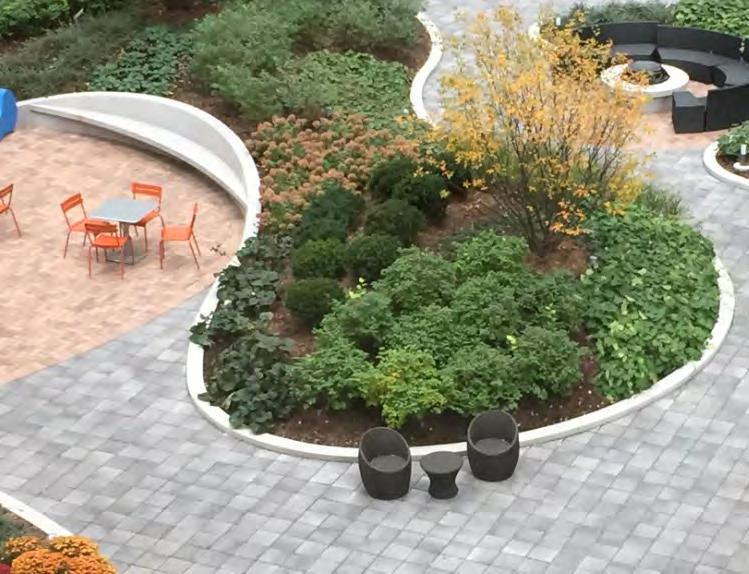
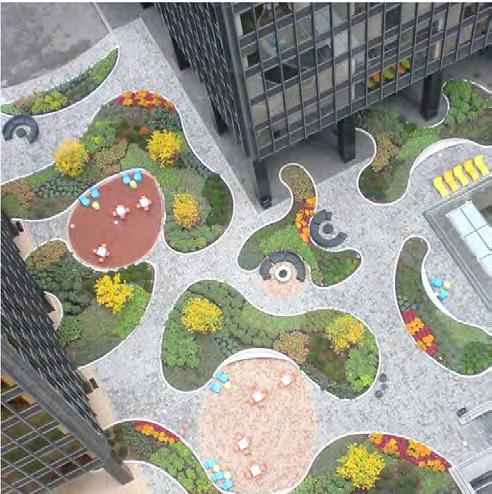

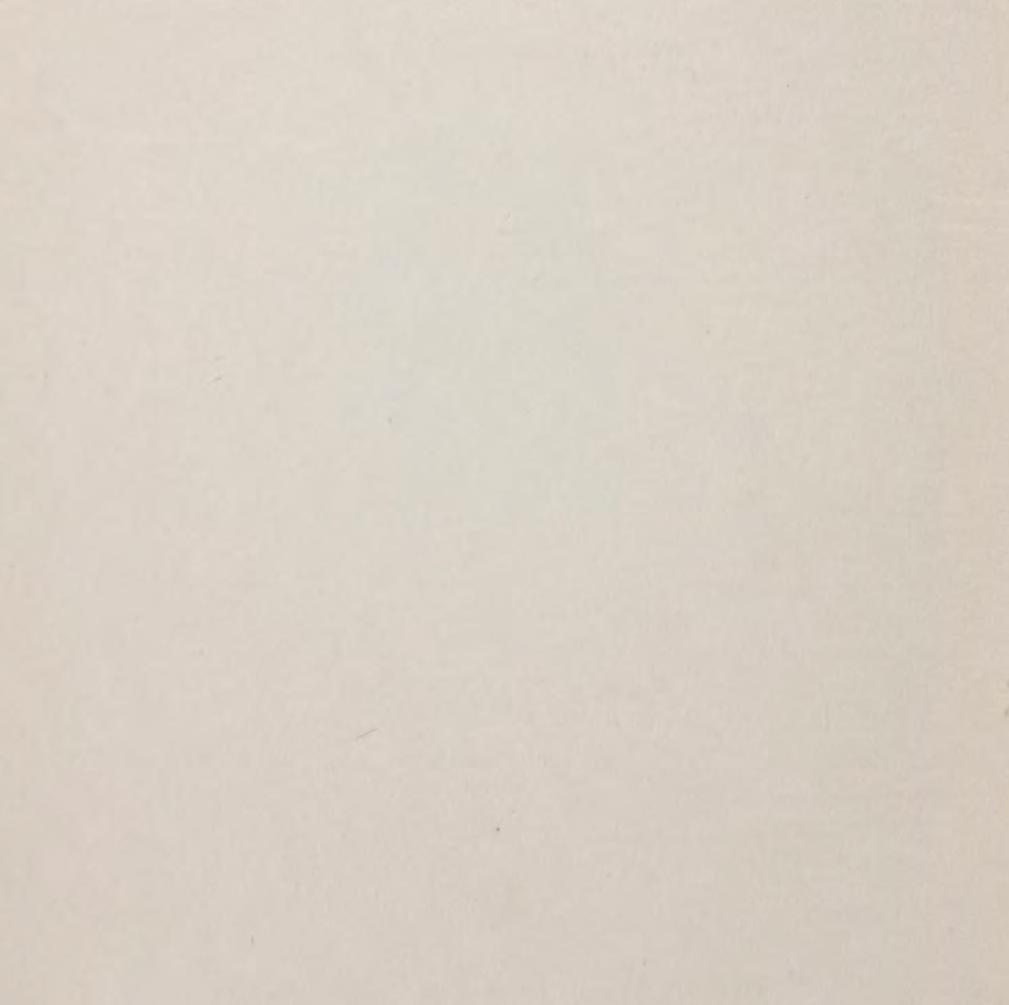
Key Take Aways:
Re-branding of building desired by new owners. Circa 1970’s building and plaza They wanted to attract a younger demographic. Introduced bright pops of color.
The goal was to create a fresh and memorable urban space. The curvilinear organic forms encourage visitors to stroll through and explore the garden’s offerings which include moveable seating, a performance space, seating areas in weathered granite, and a fire pit.
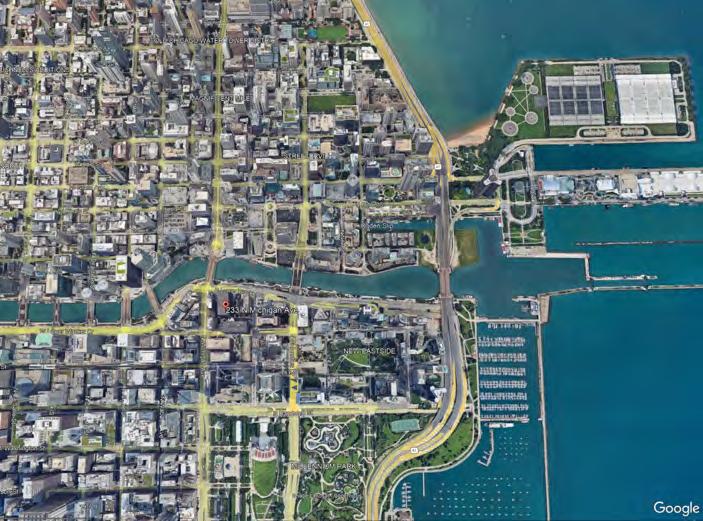
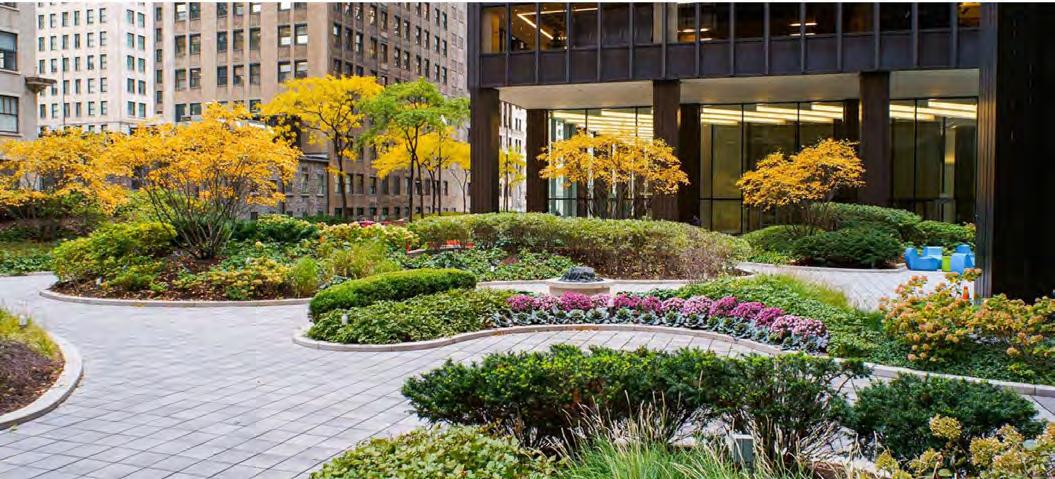

Mililani Mauka
Design Guidelines and Master Landscape Plan
Location: Mililani, Hawaii
Designer: Lester Inouye & Assoc
Client: Castle & Cooke
Year: 1983 -1996
Size: 1200 Acres
Key takeaways:
Landscape concept to create an upland and sense of place for Miliani Mauka Objectives:
Healthy, active place with walking, jogging, bicycling.
Used color to provide orientational information and distinguish each village.
Plant pallet supports color designation. Heights of trees help to identify important nodes


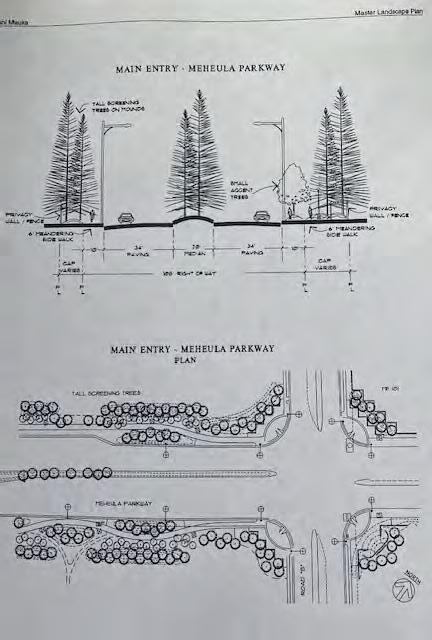
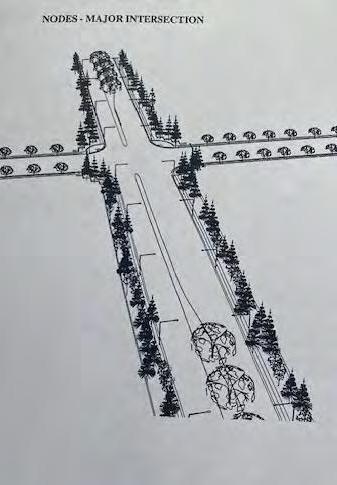

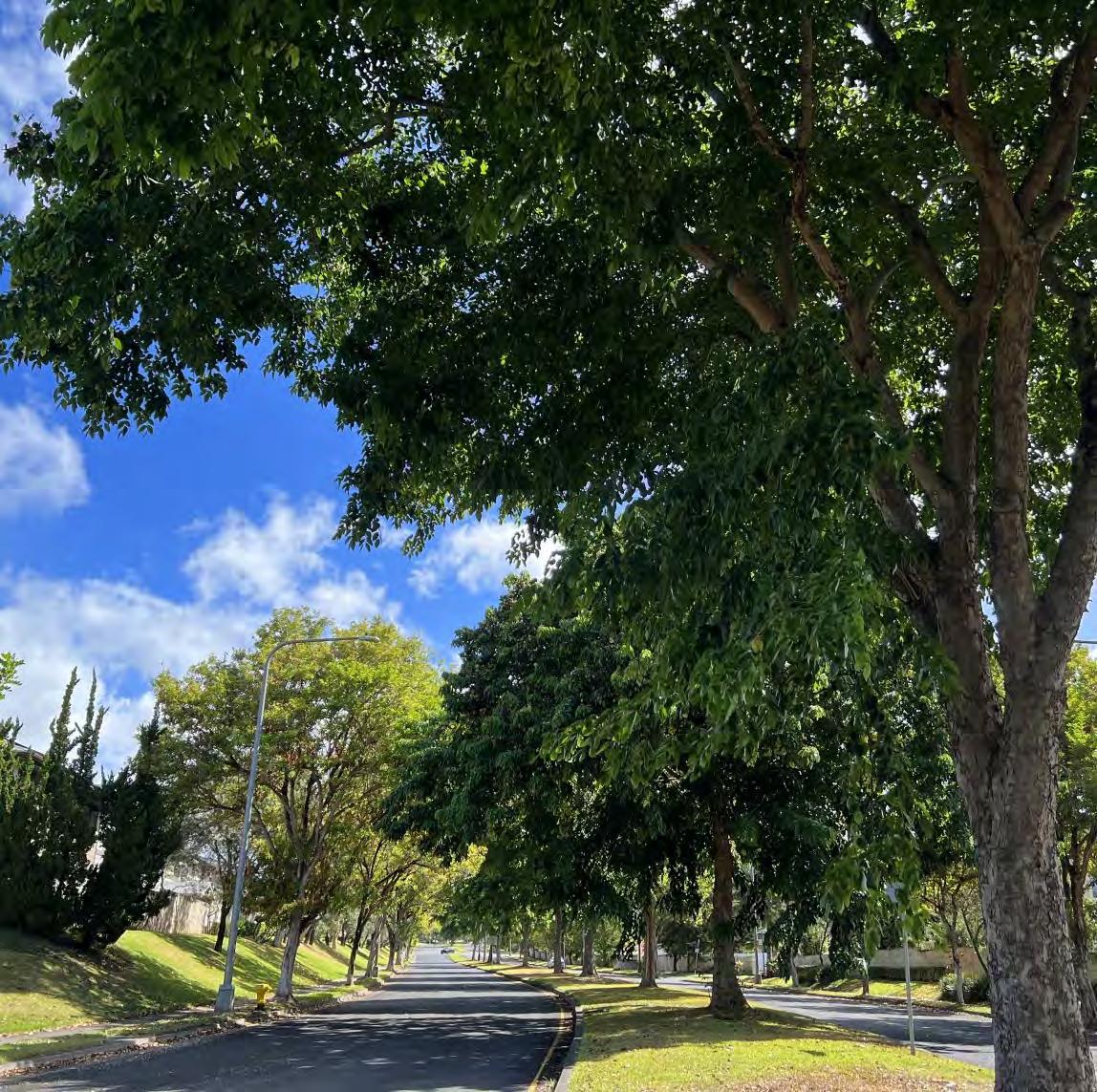
Photos: https://atsukobarth.com/mililani-town-and-mililani-mauka
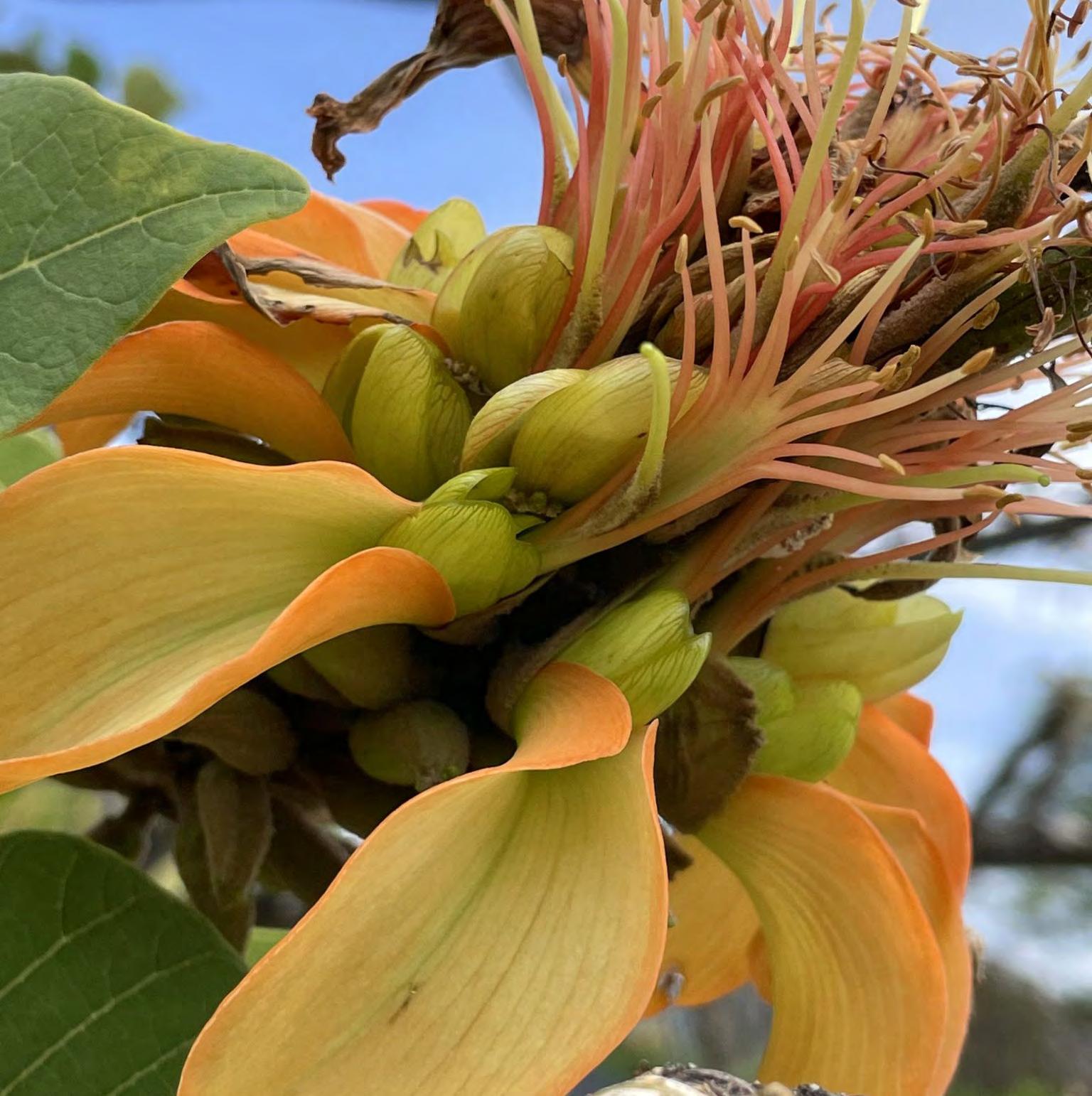
Photo: https://dlnr.hawaii.gov/forestry/plants/wiliwili/
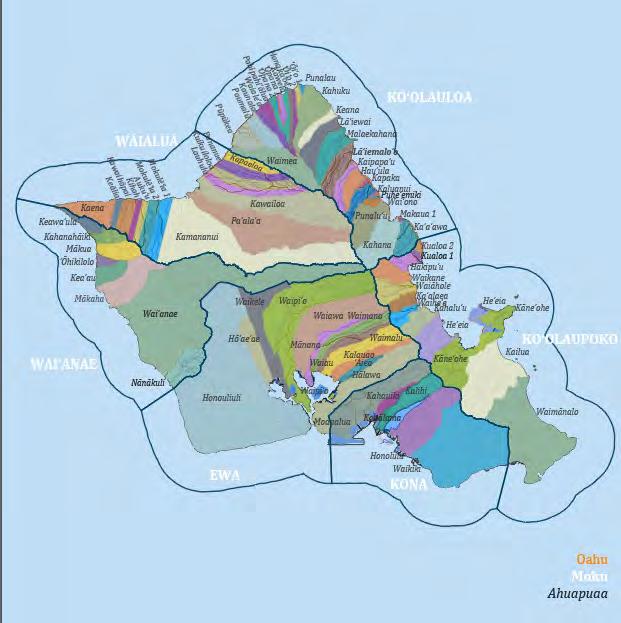
Photos: https://www.kupunakalo.com/kalo-variety/akado
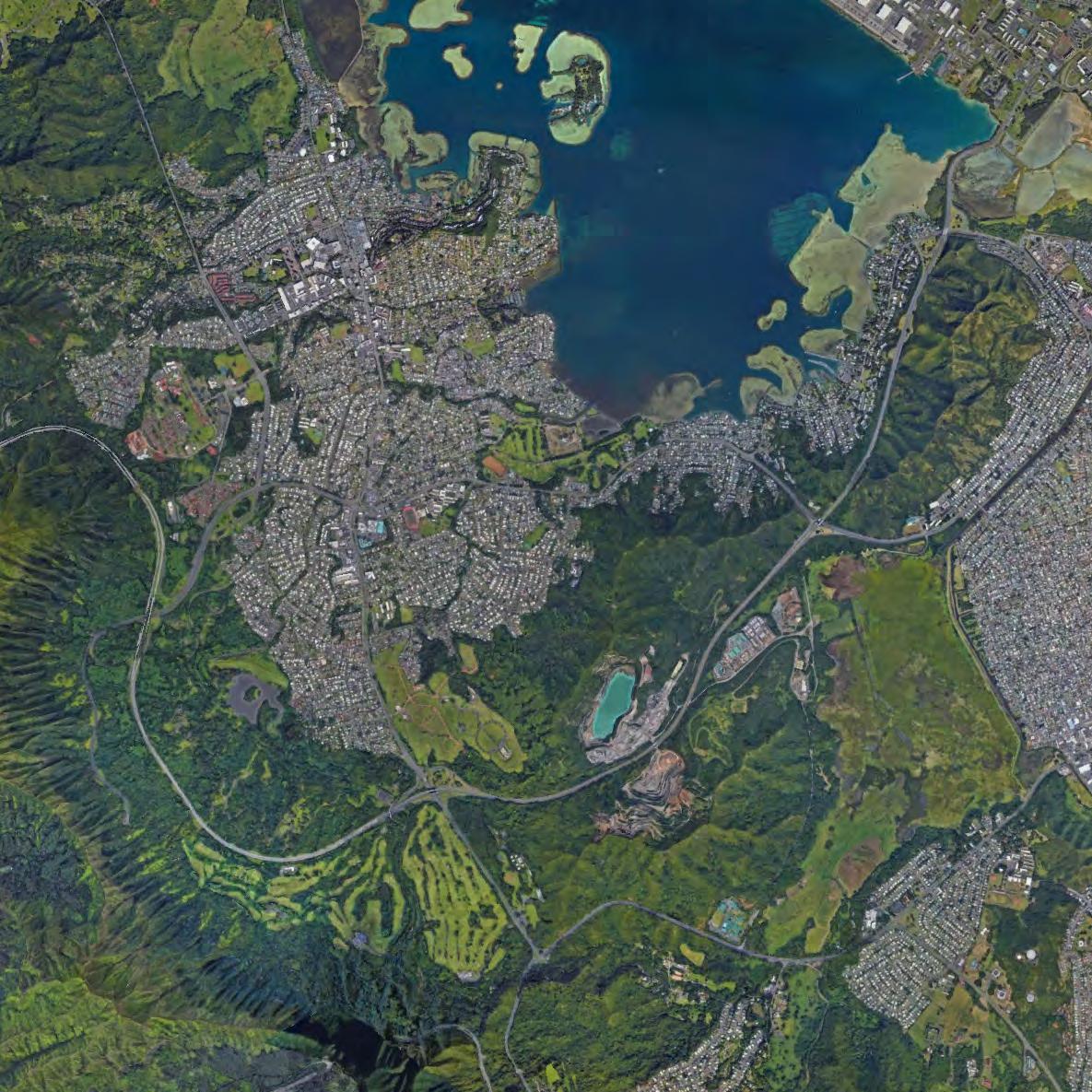
Kawainui Marsh
Marsh

Hāmākua Marsh along with Kawainui Marsh make up the largest remaining wetland in Hawai‘i. They cover approximately 830 acres of land in Kailua, Oahu.
Hāmākua
Kaʻelepulu


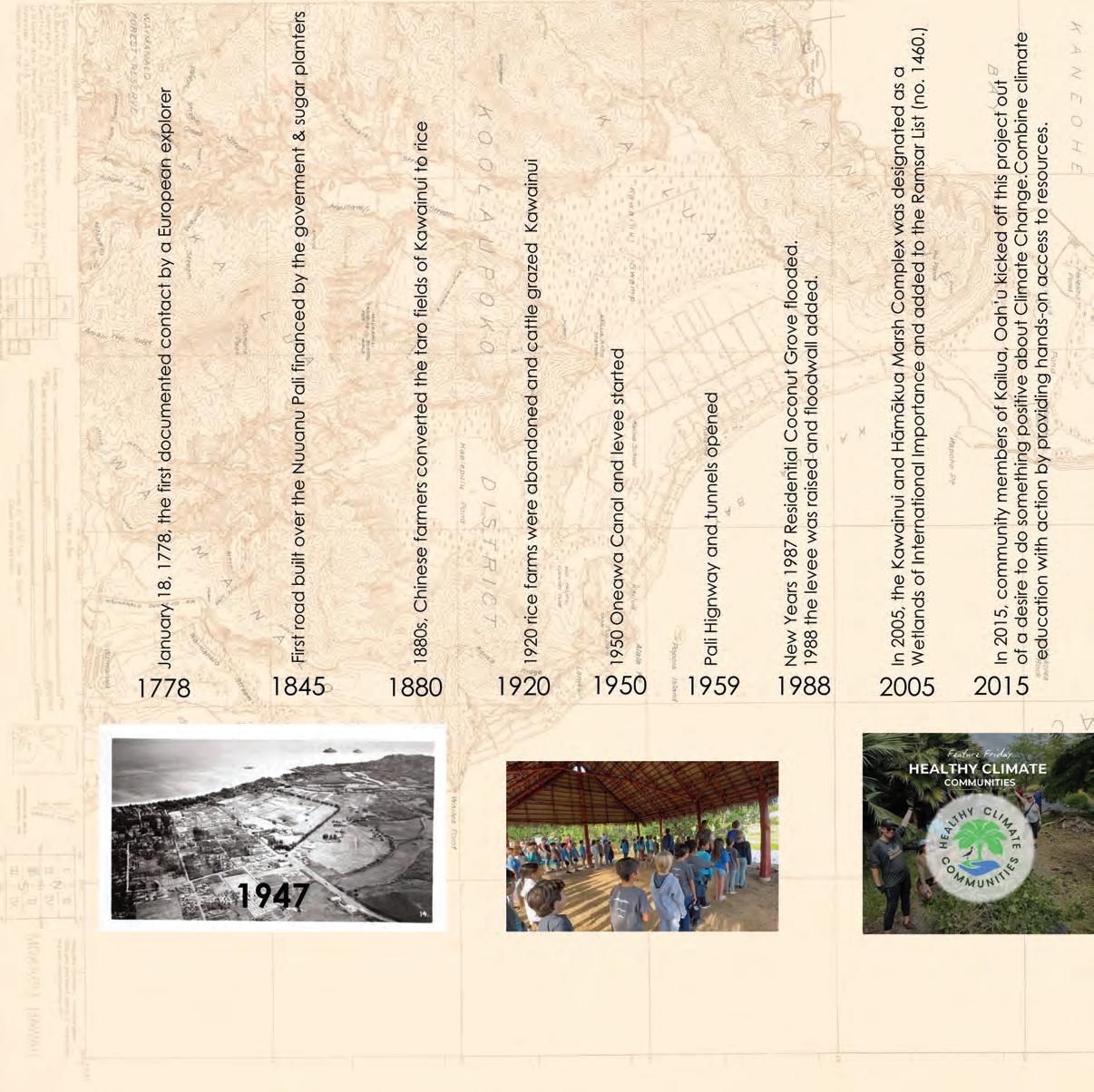

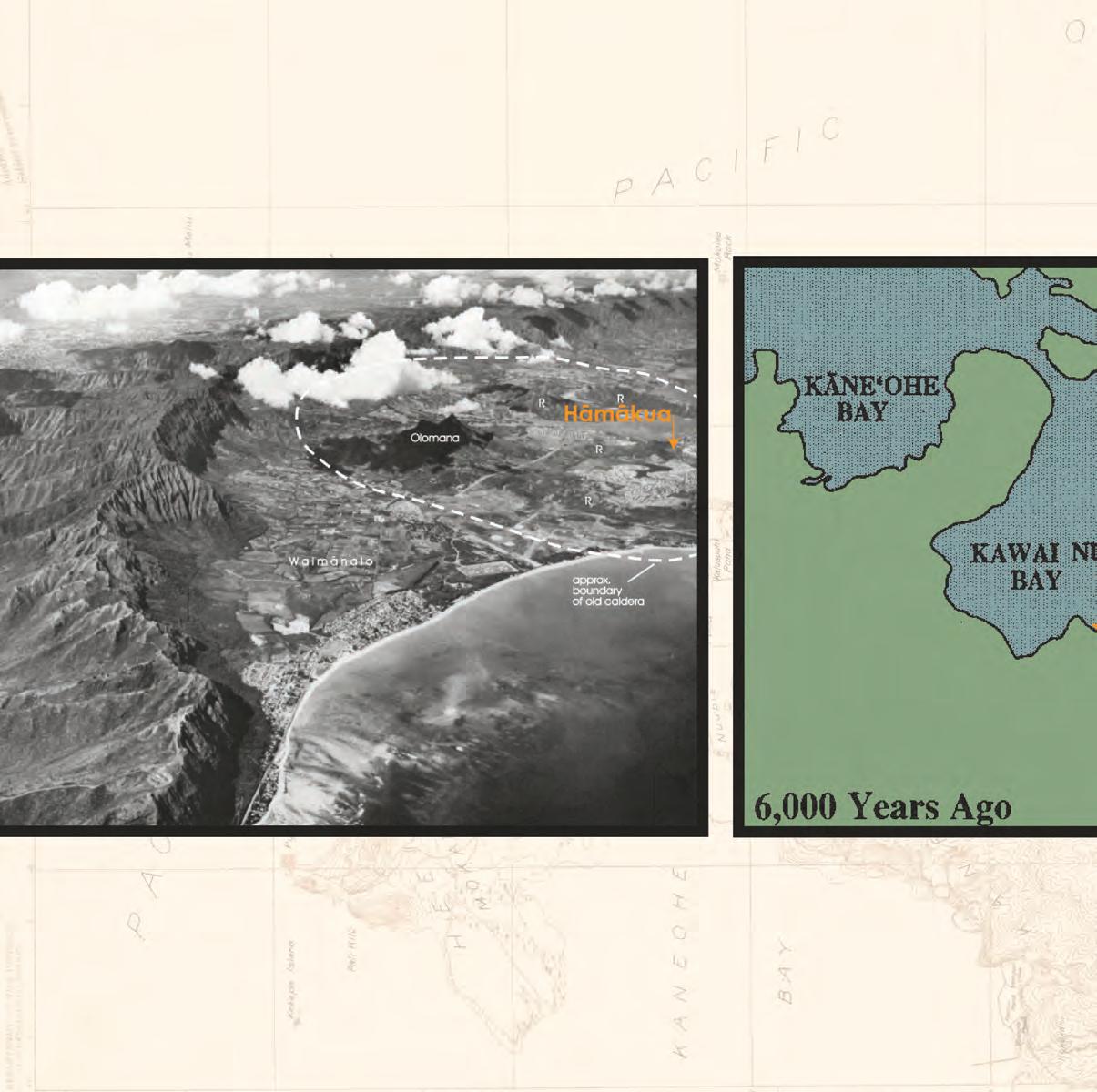
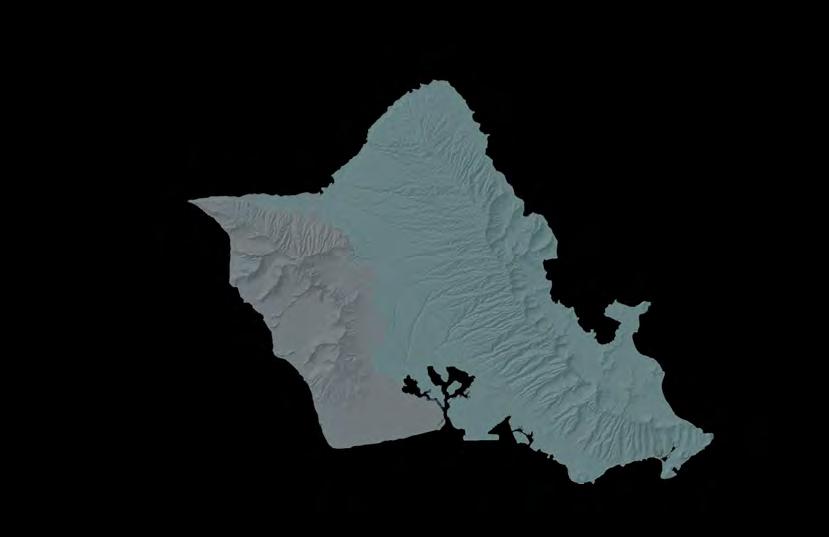
Koʻolau volcano
Waiʻanae volcano
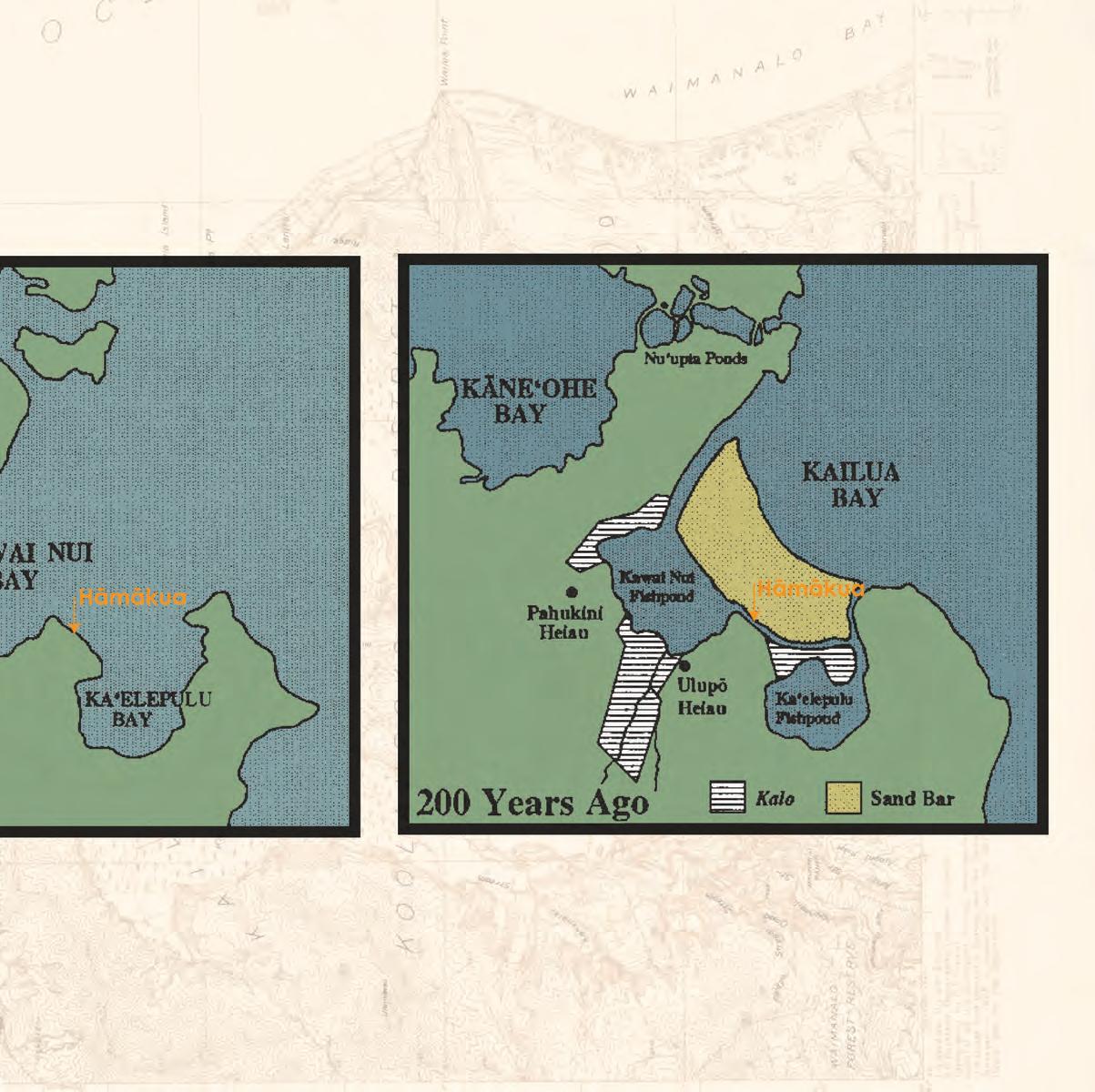

Puʻu o Ehu
Kawainui Marsh
Hāmākua Marsh
Kaʻelepulu Pond
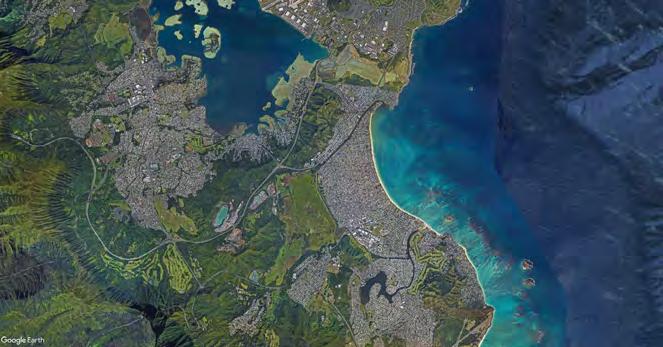
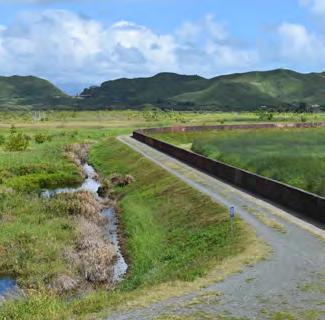
The Kawainui levee was constructed by the Army Corps of Engineers in 1966 to protect homes from flooding. It is a 6,300 foot earthen berm with a concrete wall.
Water that flowed from Kawainui Marsh to Hāmākua Marsh has been diverted since the 1960s construction of a flood-control levee adjacent to Kawainui.
waterflow Kawainui waterflow Hamakua
Hamakua Marsh
Fieldwork conducted April 30, 1993
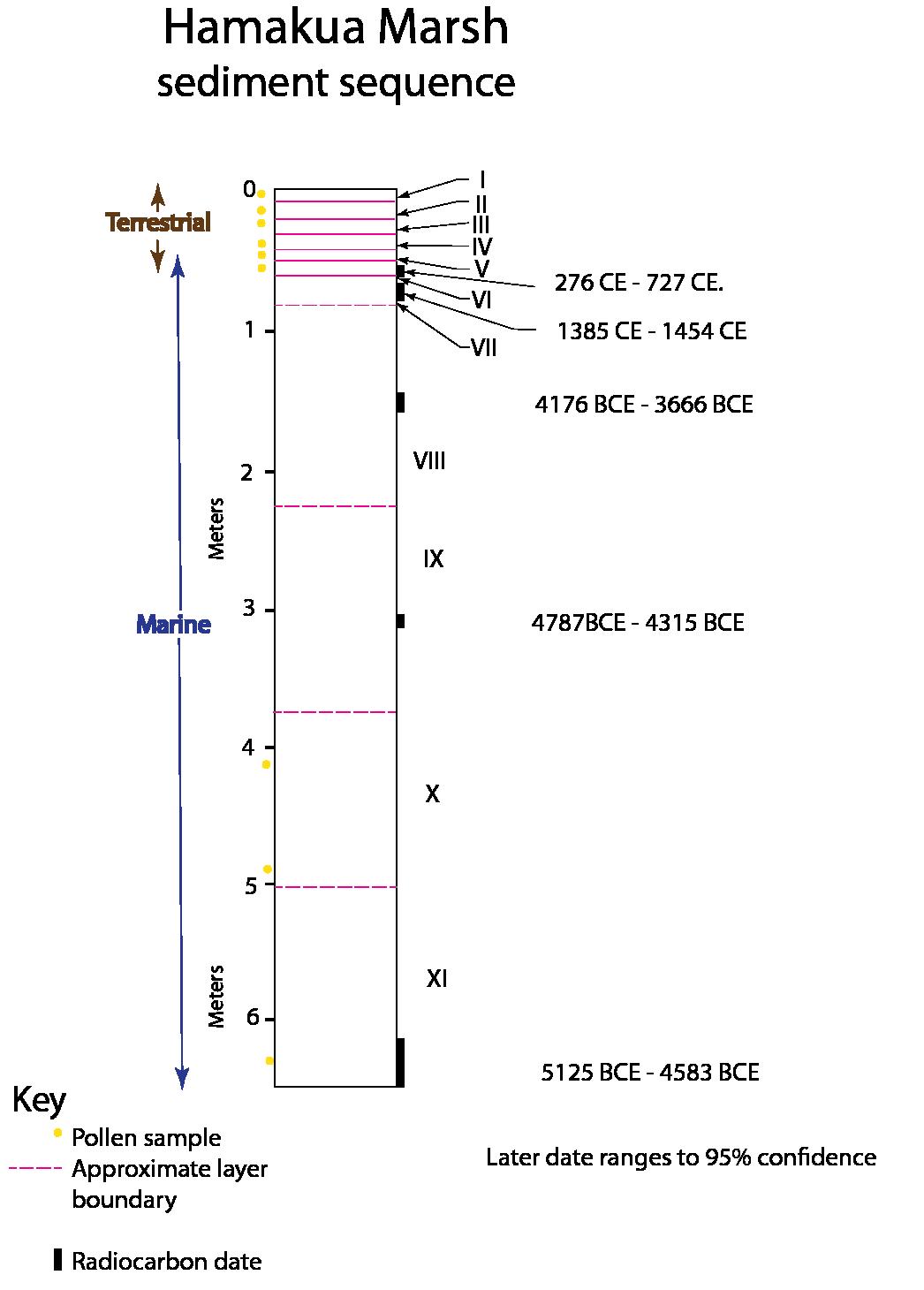
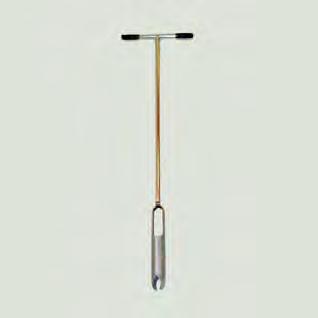
3.5 inch diameter hand-driven bucket auger
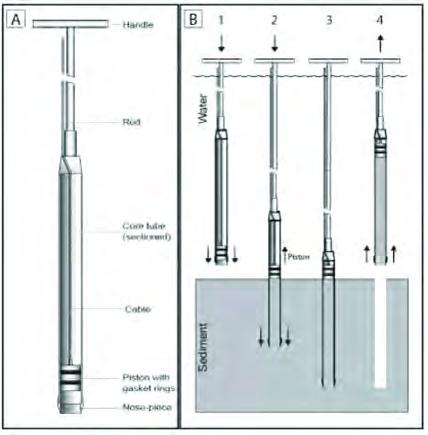
Endemic to Hāmakuā
Fieldwork conducted April 30, 1993

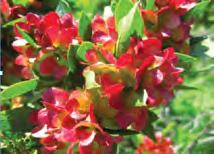
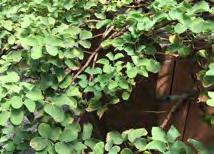
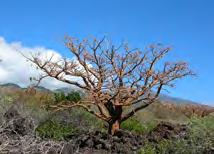
Fan Palm
Pritchardia sp.

ʻAʻaliʻi
Dodonea viscosa
colorful seed capsules were used in lei
Koloa kahoowaensis
one of the top 5 endangered plants in the world
Wili Wili
Erythrina sandwicensis
deciduous attacked in 2005 by gall wasp
2008 biological controls saved the wiliwili
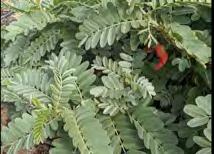
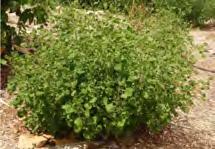
Koa
Acacia koa
prized for beautiful wood
Sestania tomentosa
Federally Listed as Endangered Aweoweo
Chenopodium oahuense
leaves, flowers, and fruit can range from scentless to very distinctly scented, smelling like fish (ʻāweoweo).
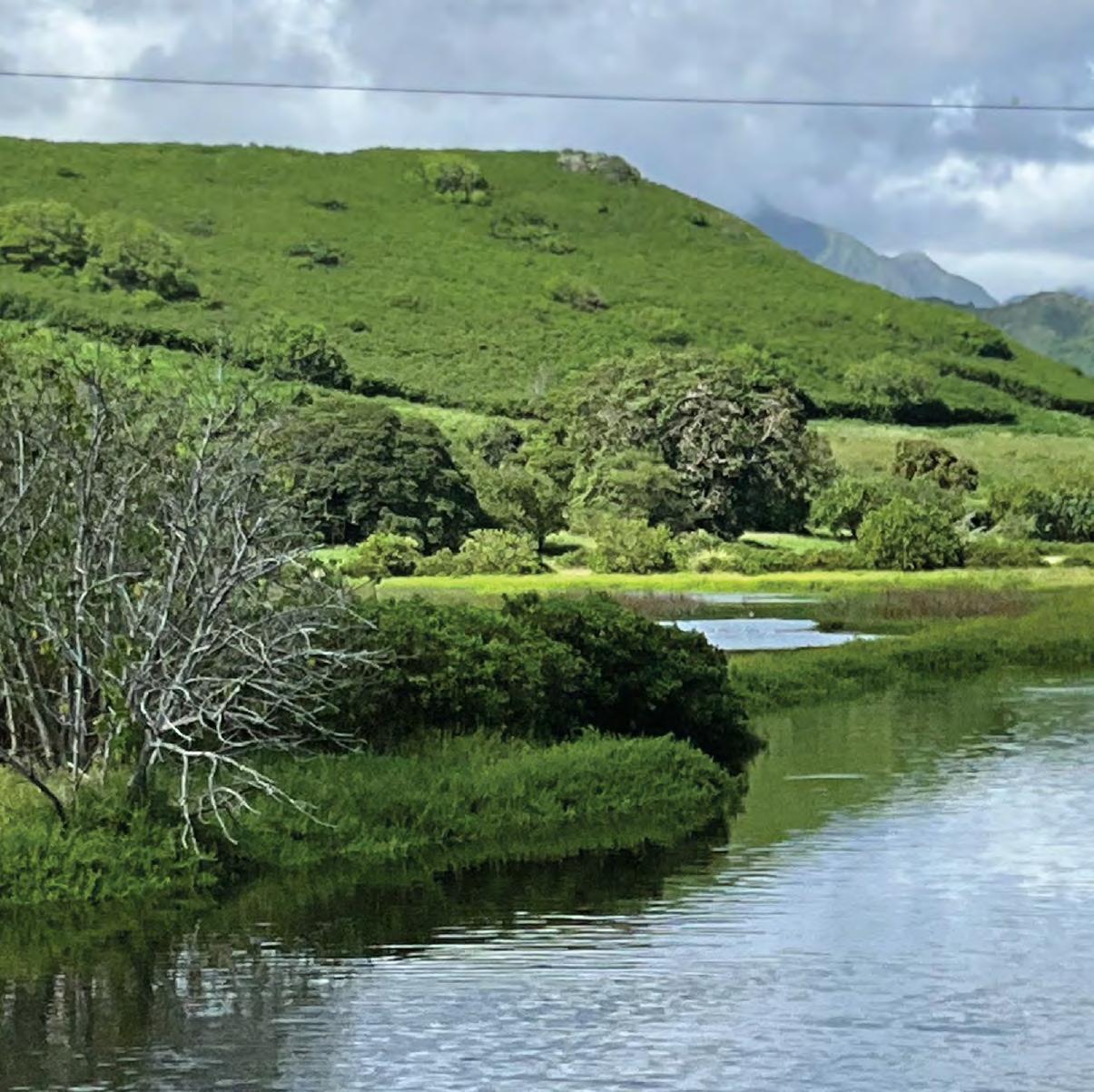
Hāmākua Marsh

Hamakua Marsh

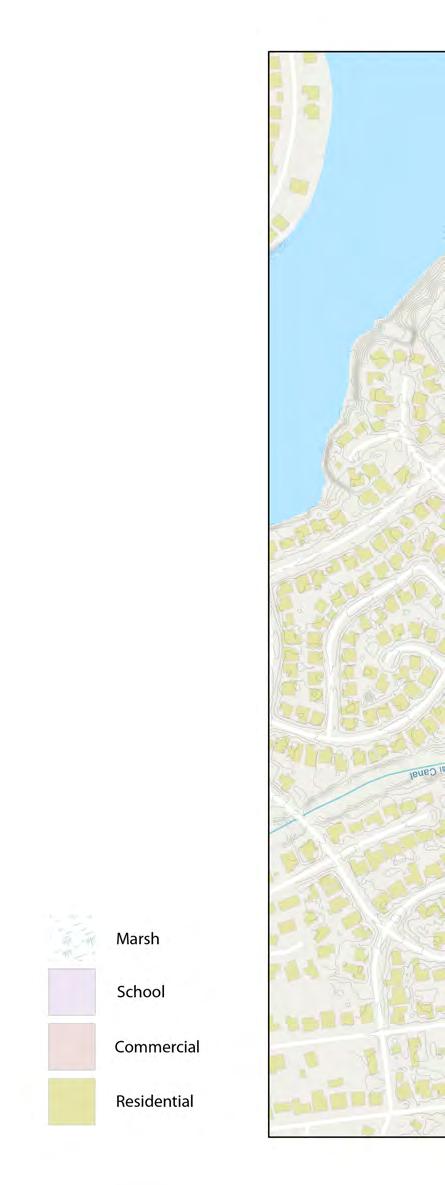

Hāmākua Marsh
Kawainui
Marsh
Old Quary
68 ACRES UPLAND
Puu O Ehu
22 ACRES WETLANDS
Old Quary Kawainui

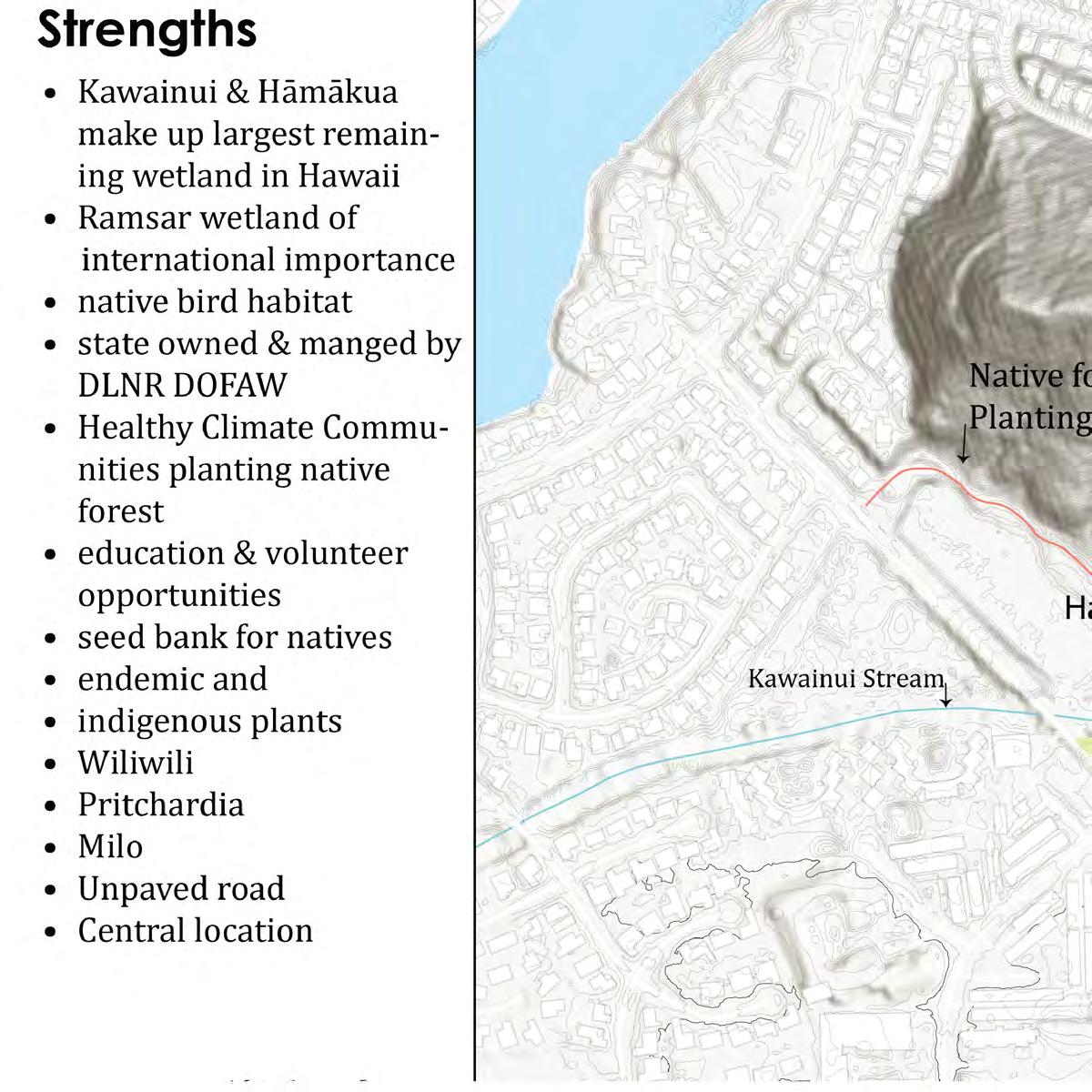

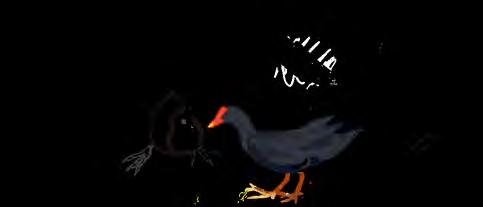
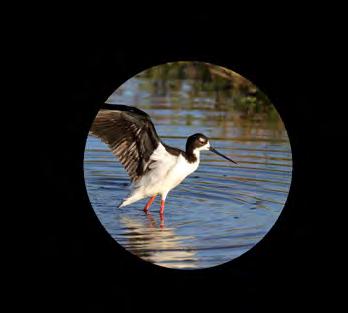
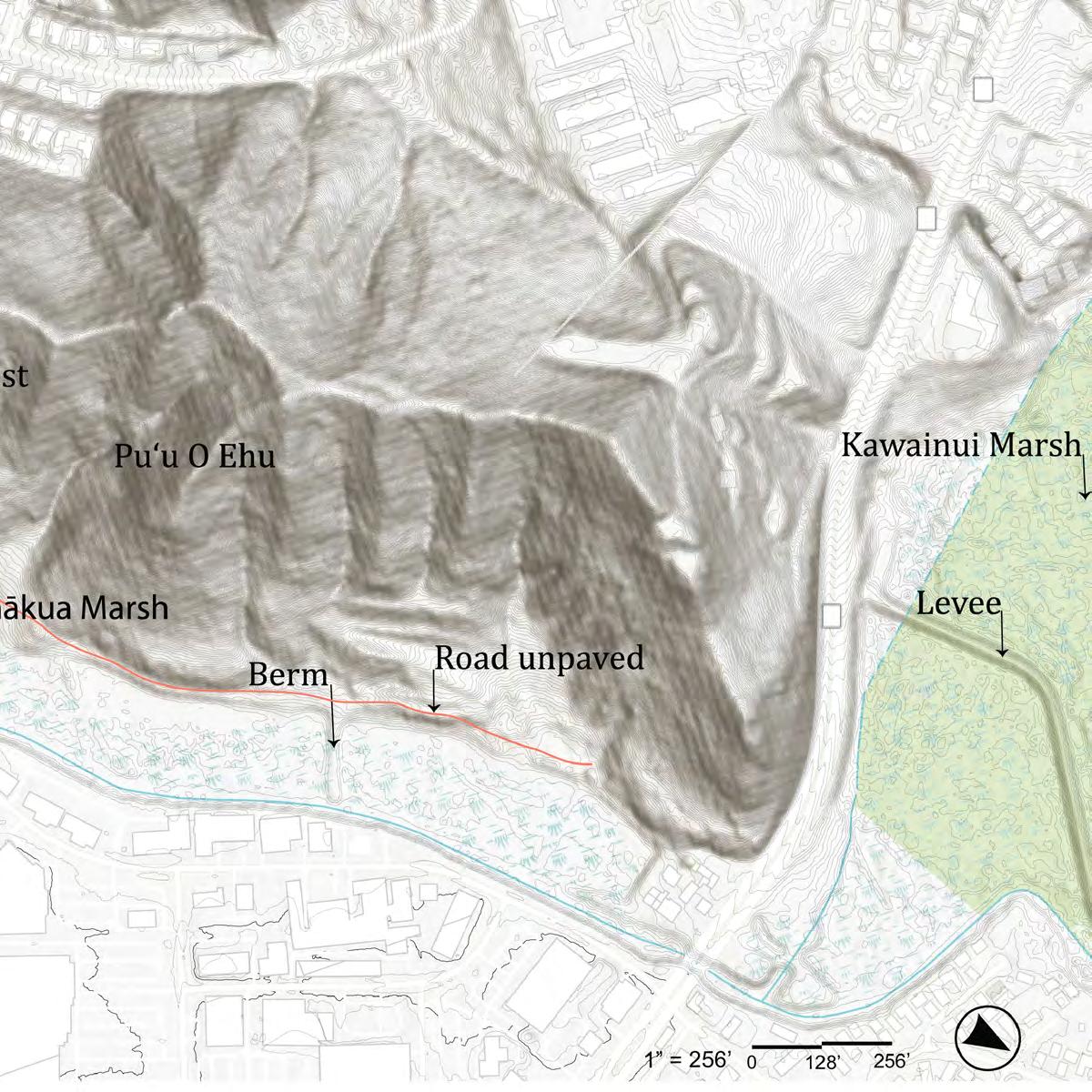
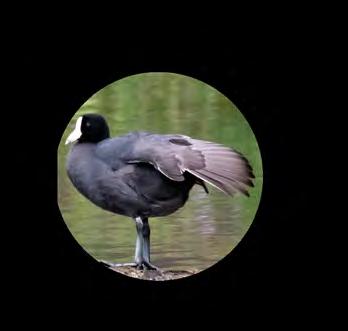

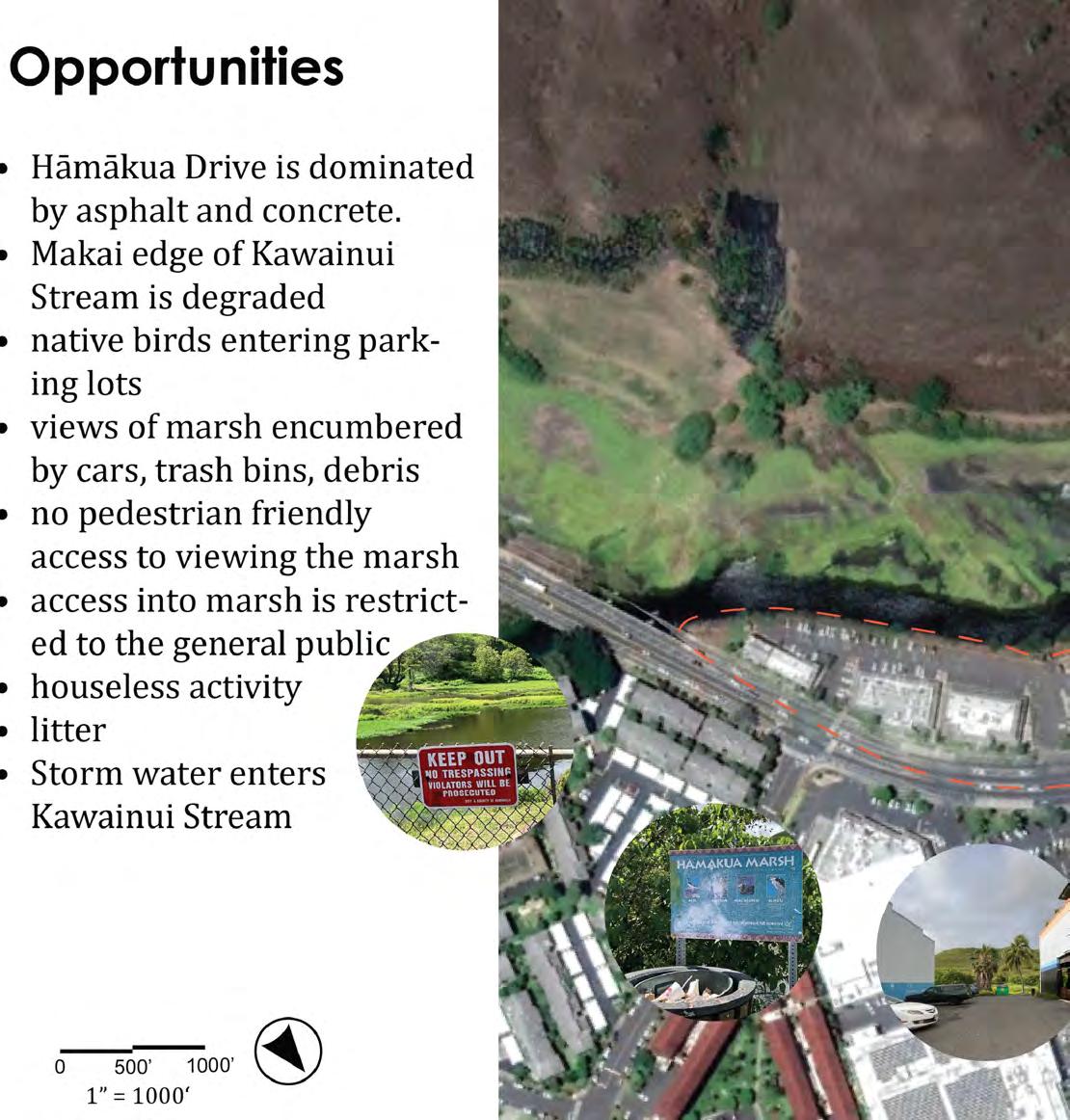
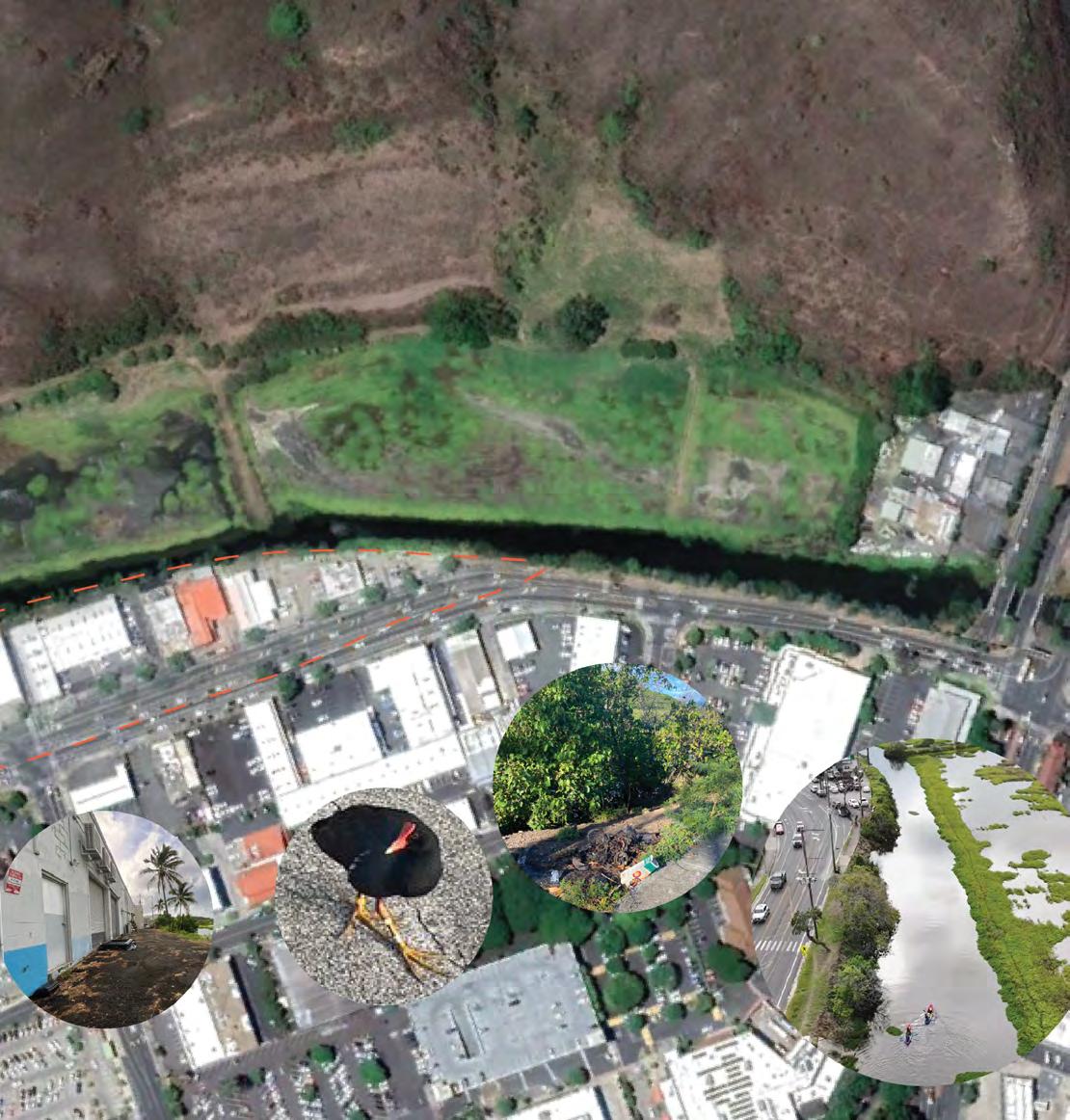

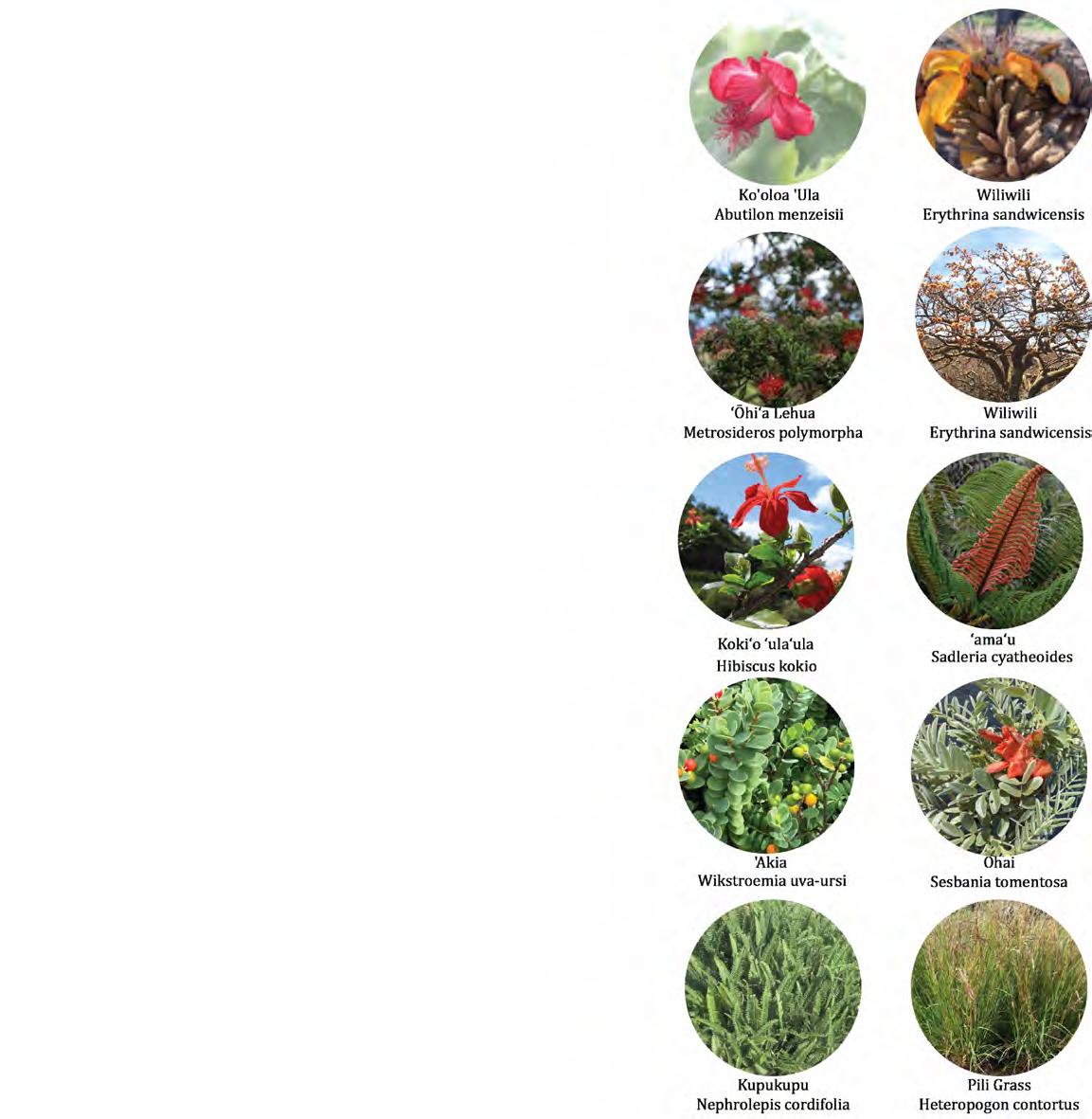
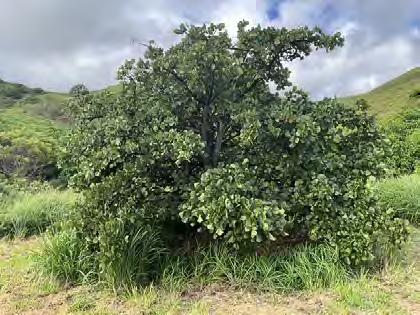
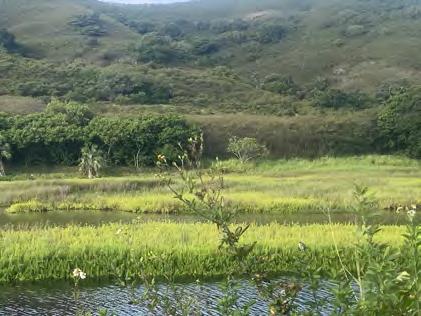
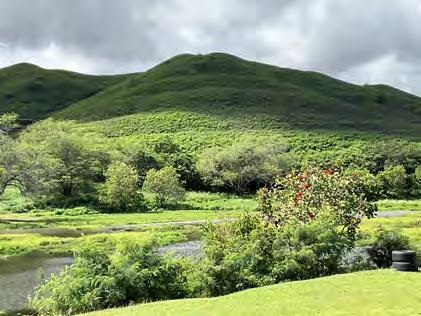
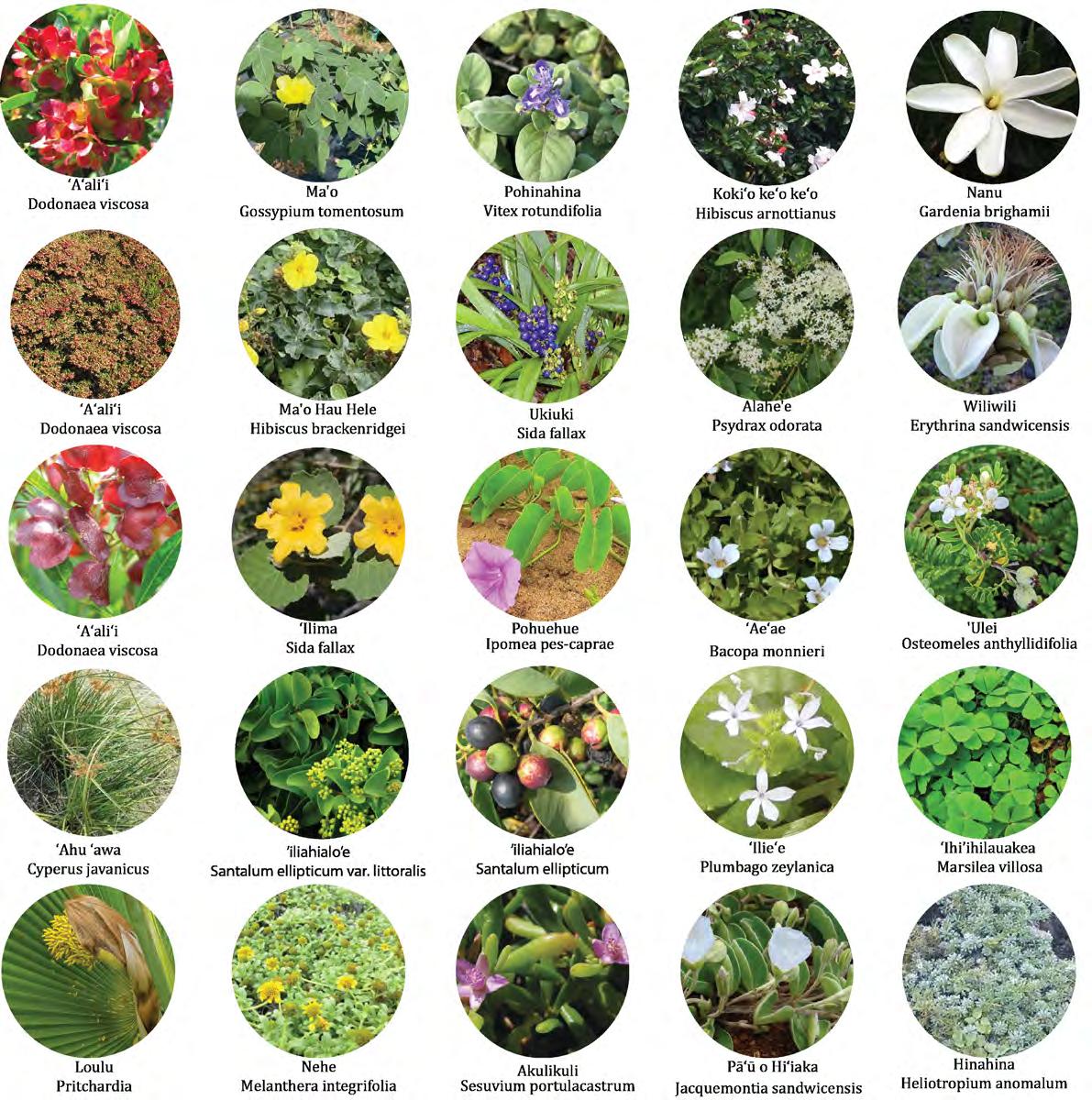
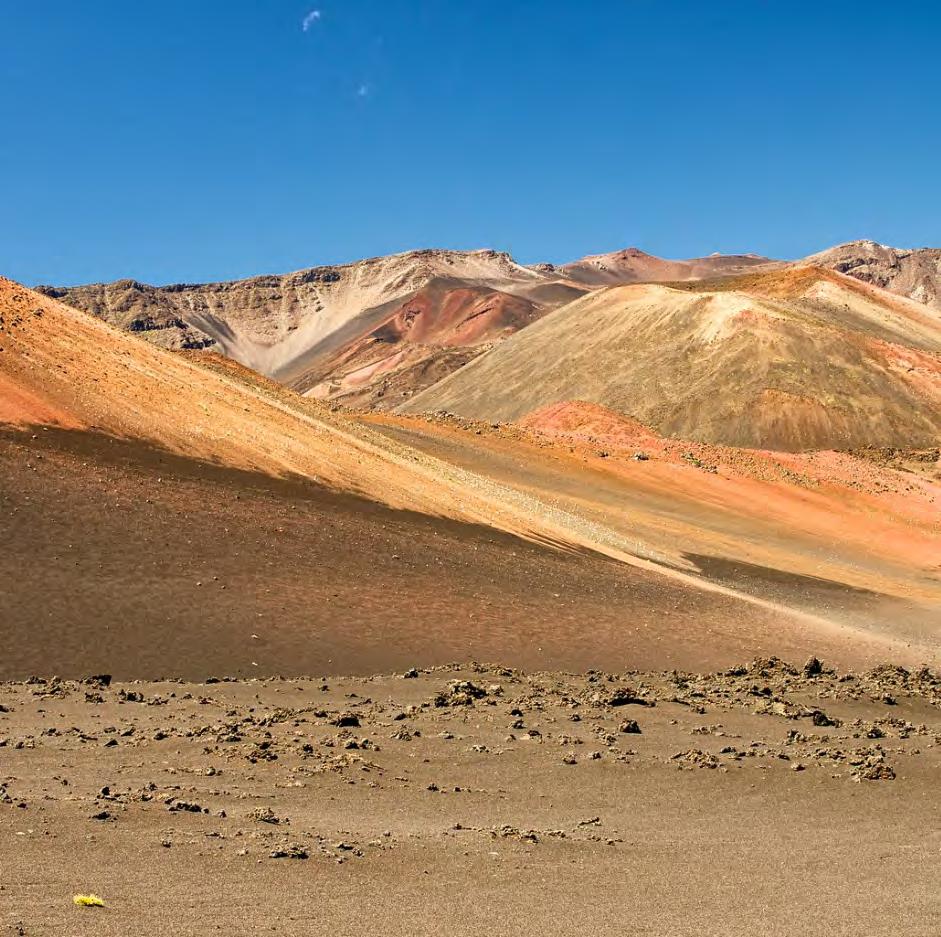
Utility of color in landscape design
Use color to set mood, tone of the project
Concealment: Use colors to blend objects into their surroundings. Using earth tones in a garden to blend structures and paths seamlessly with the natural environment.
Highlighting: use contrasting colors to make objects stand out.
Using a bright accent color on furniture to make it a focal point.


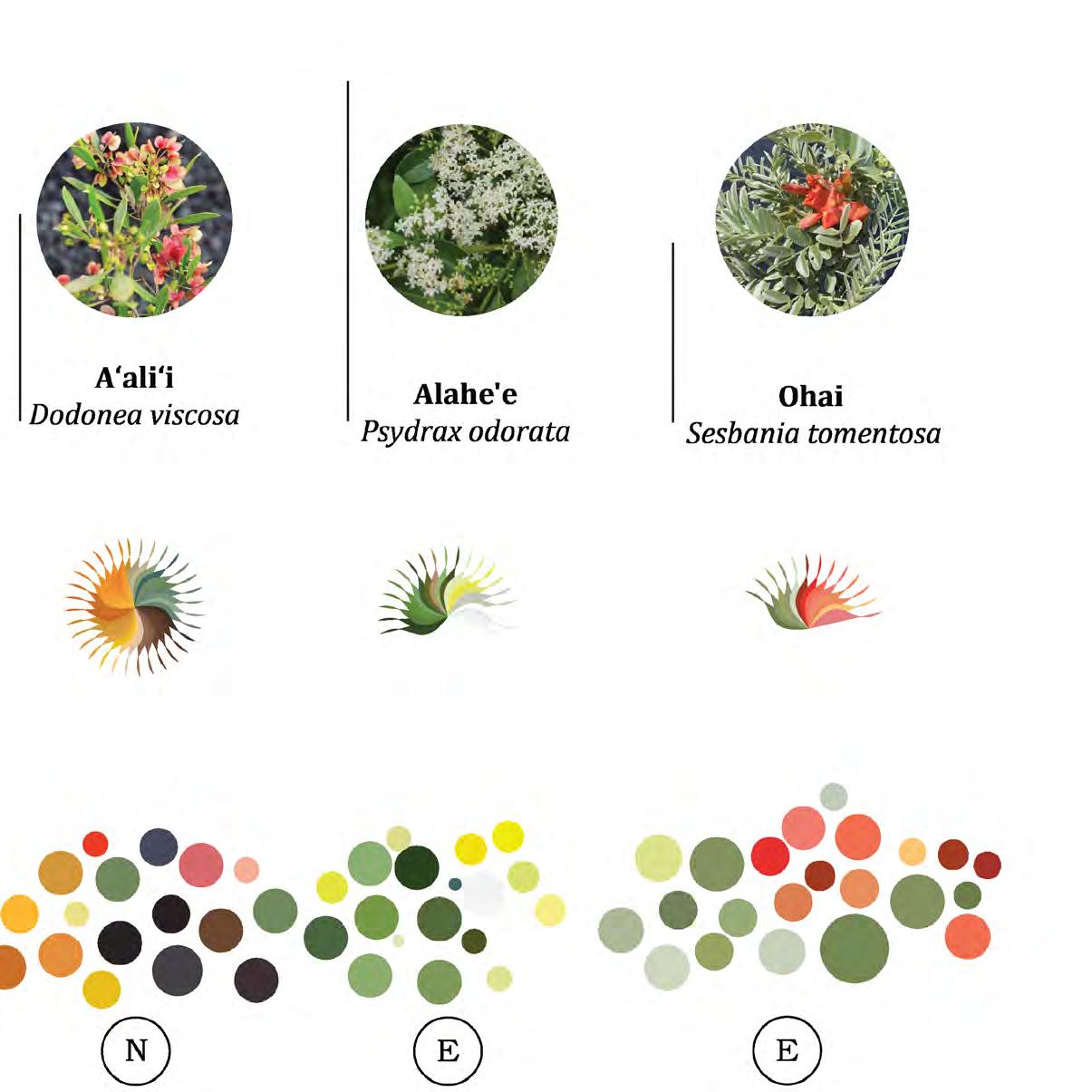
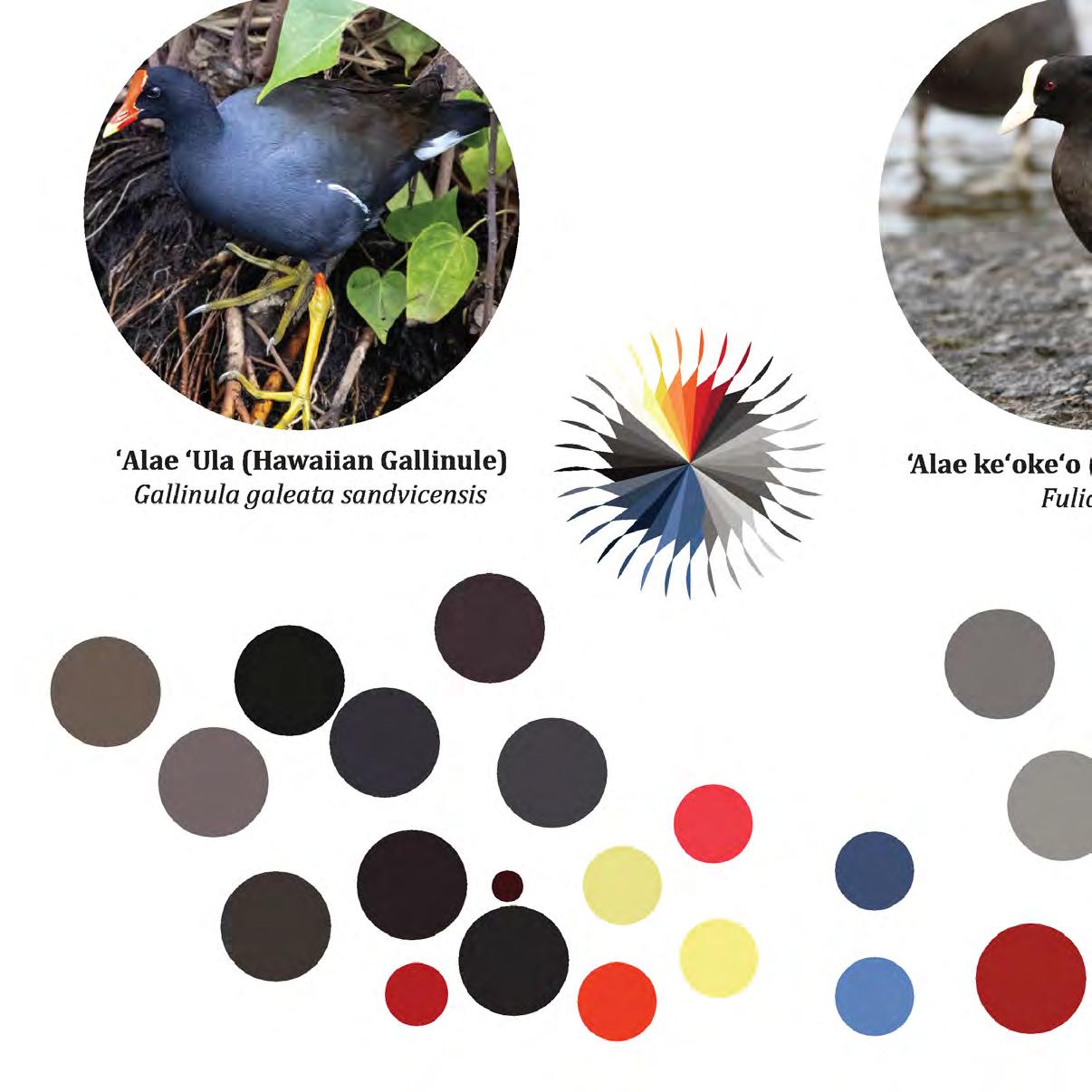
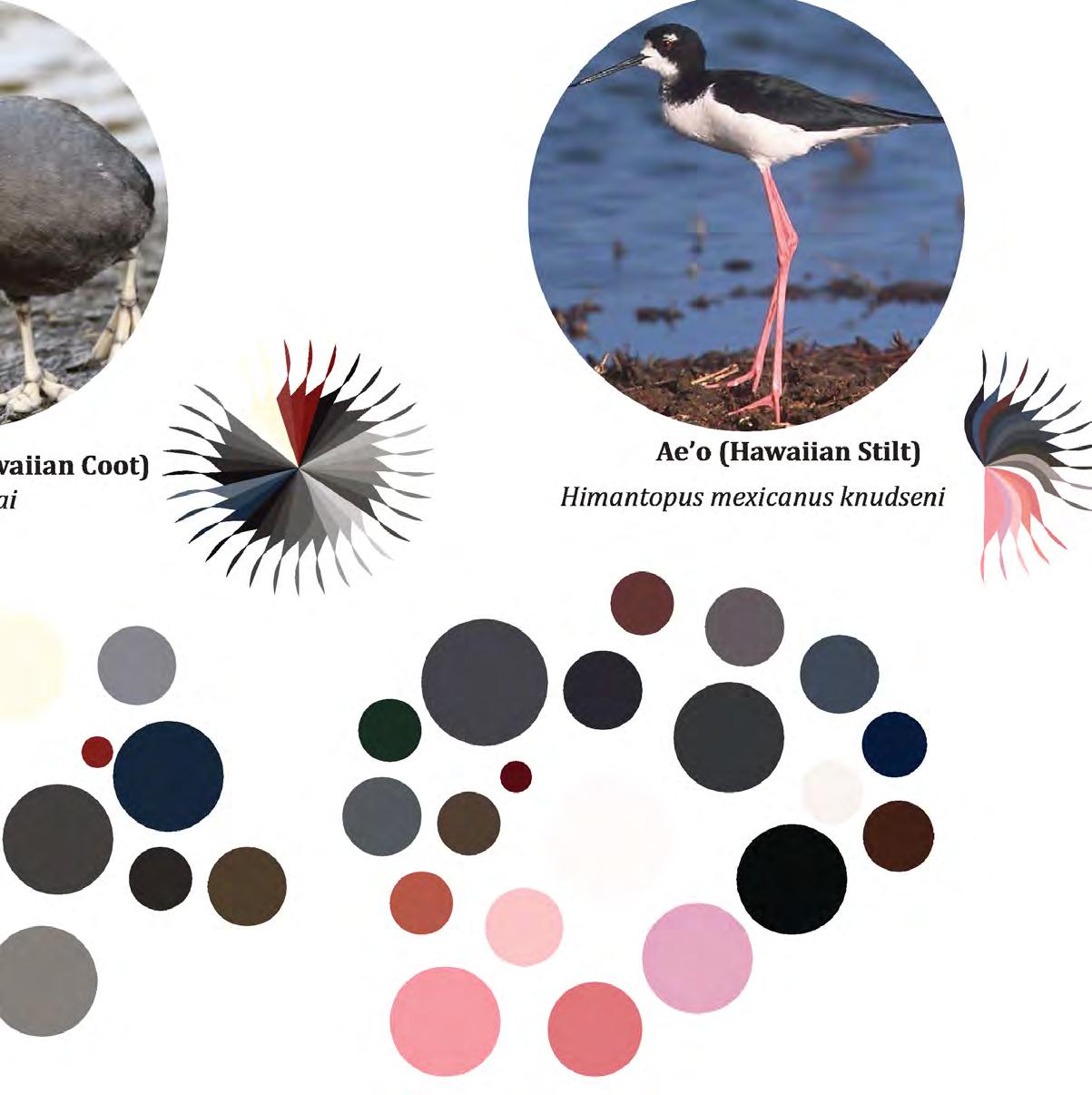
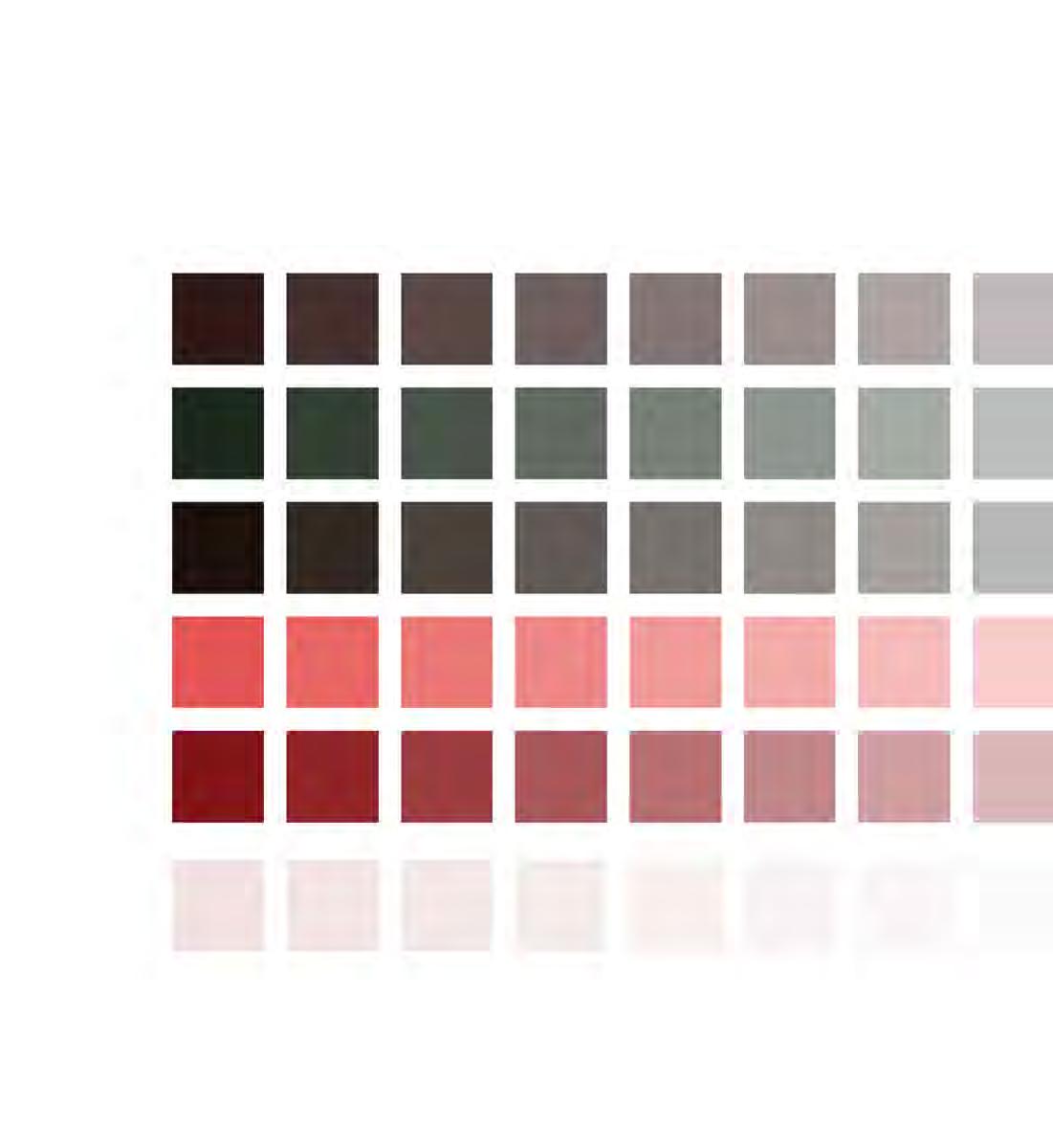
Ae’o (Hawaiian Stilt)
Himantopus mexicanus knudseni
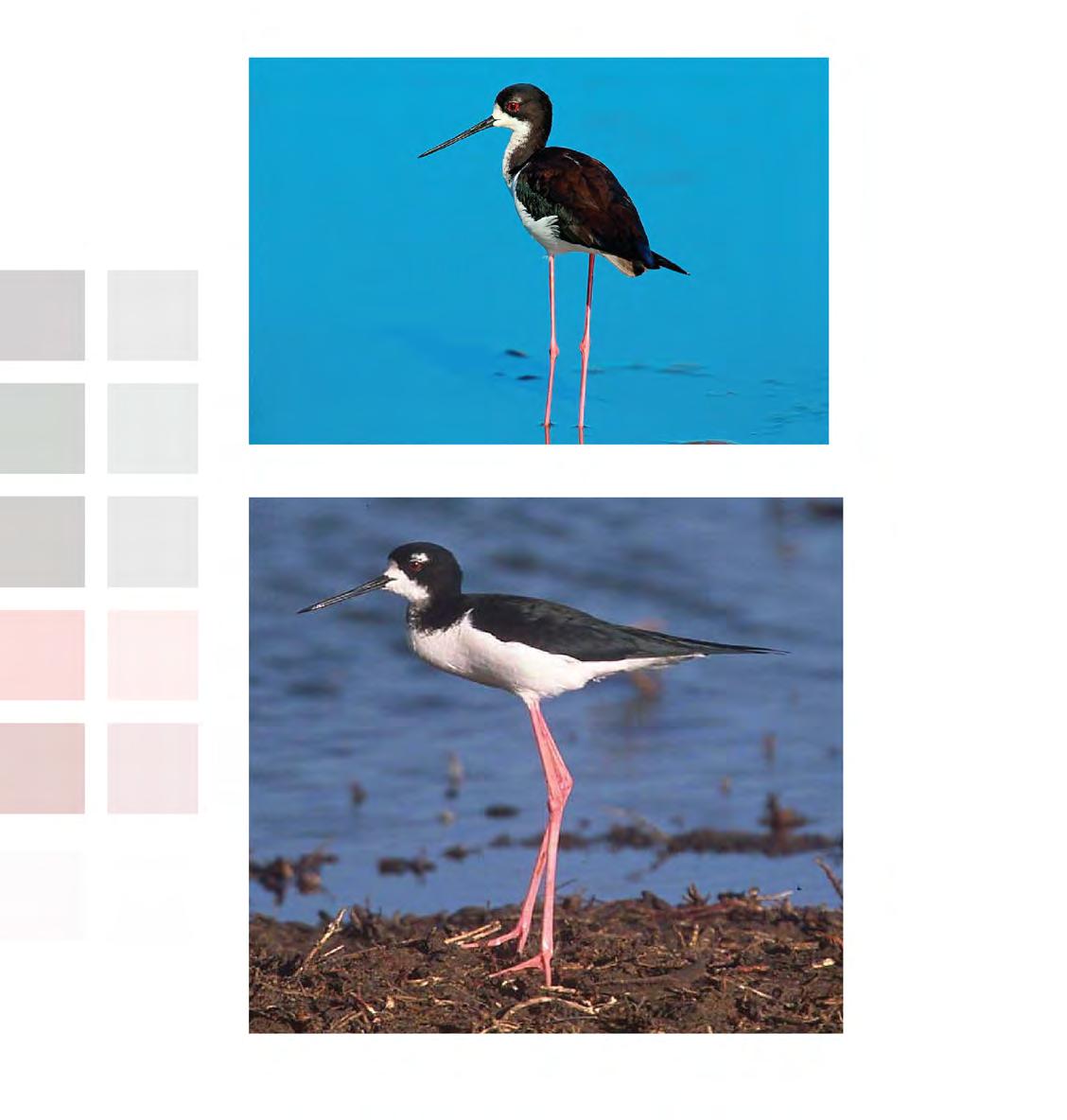
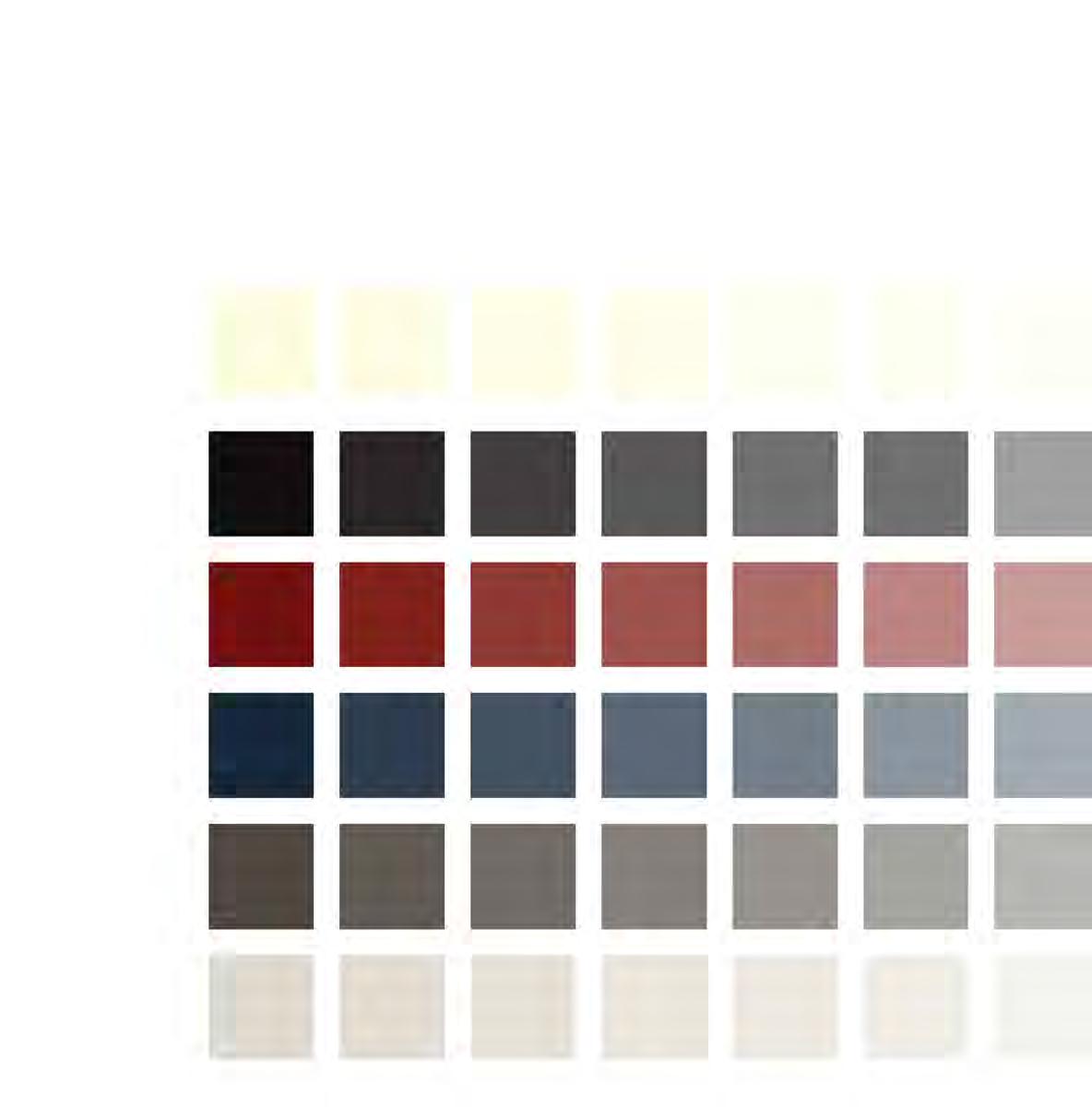
‘Alae ke‘oke‘o (Hawaiian coot)
Fulica alai
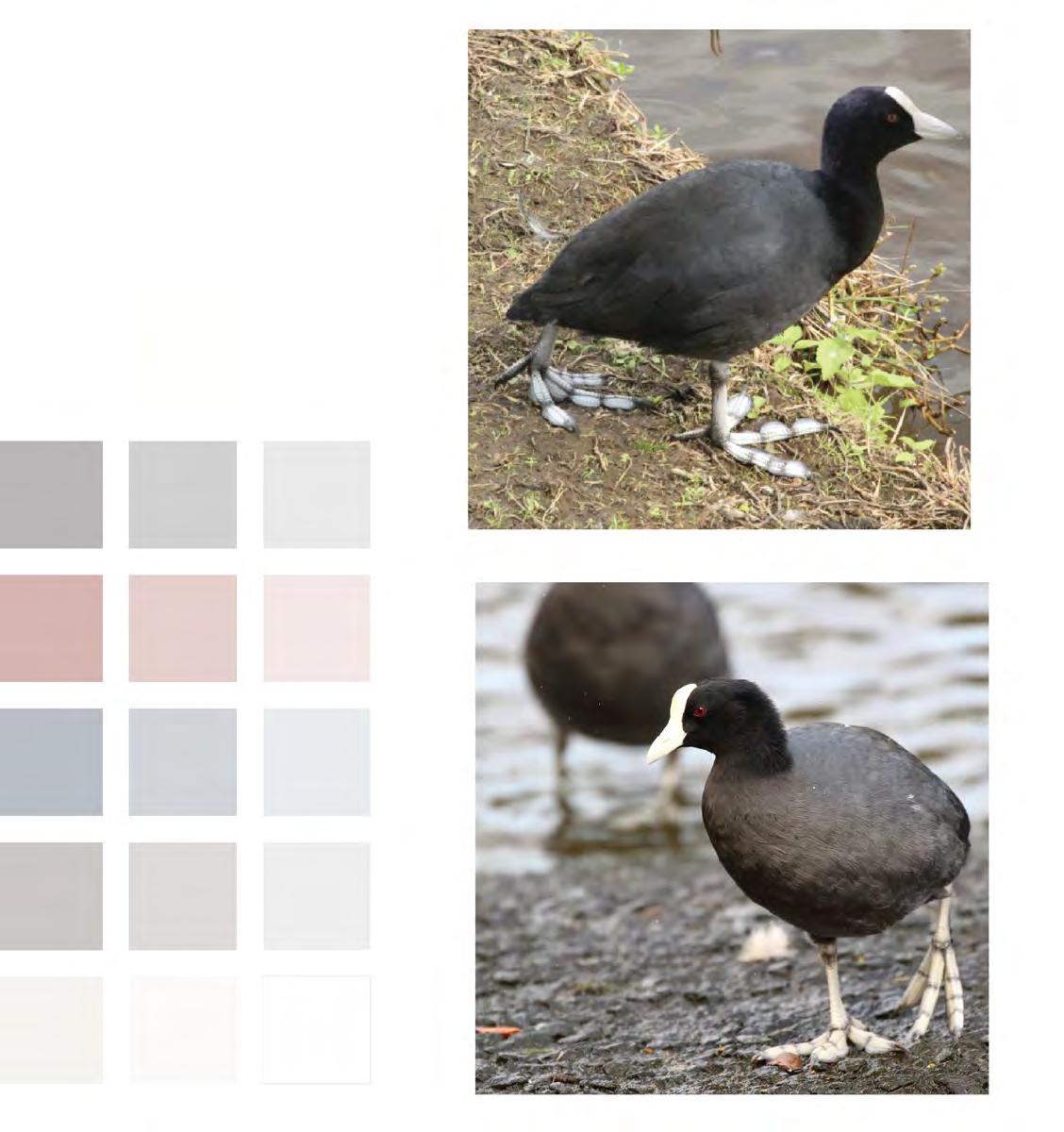
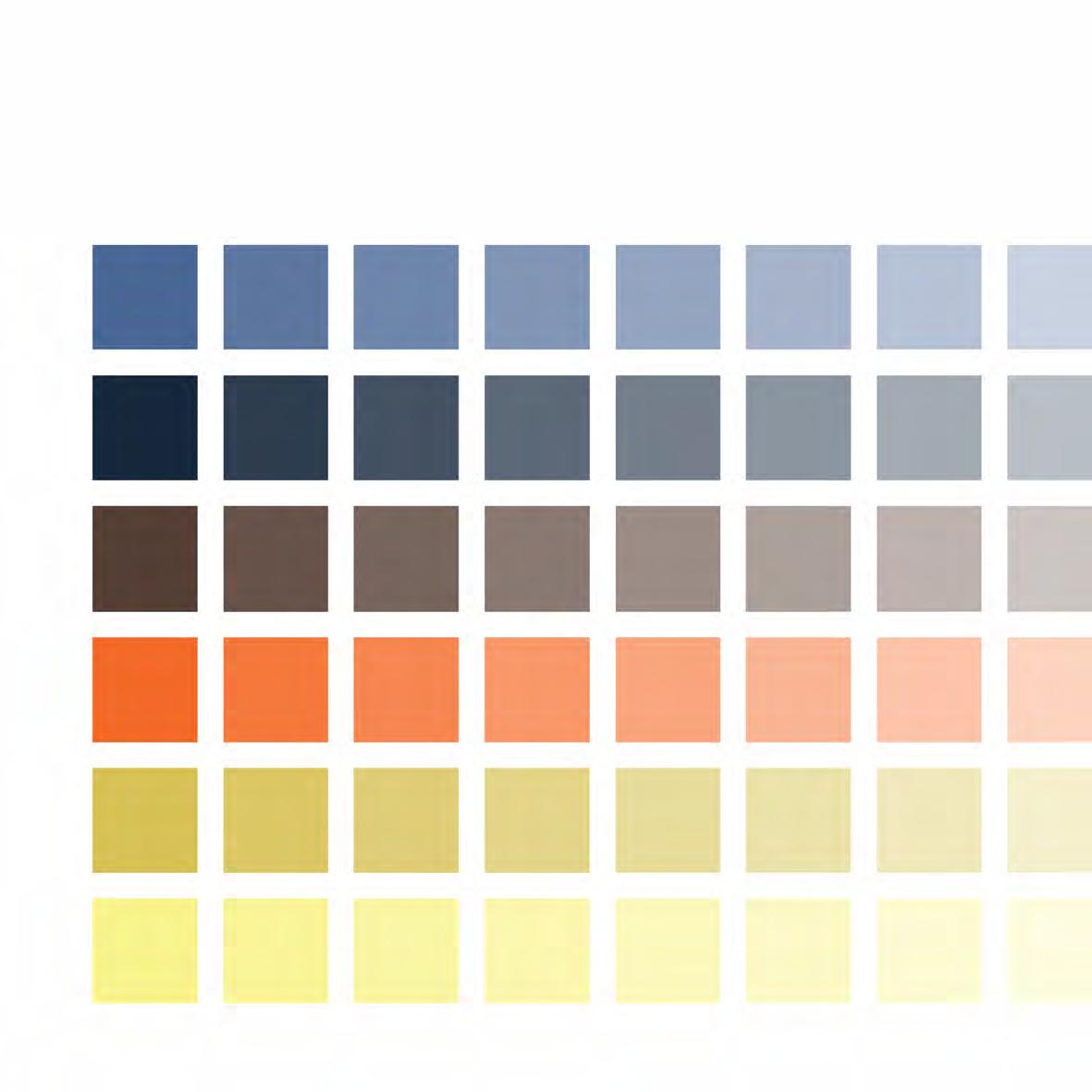
‘Alae ‘Ula (Hawaiian gallinule) Gallinula
galeata sandvicensis
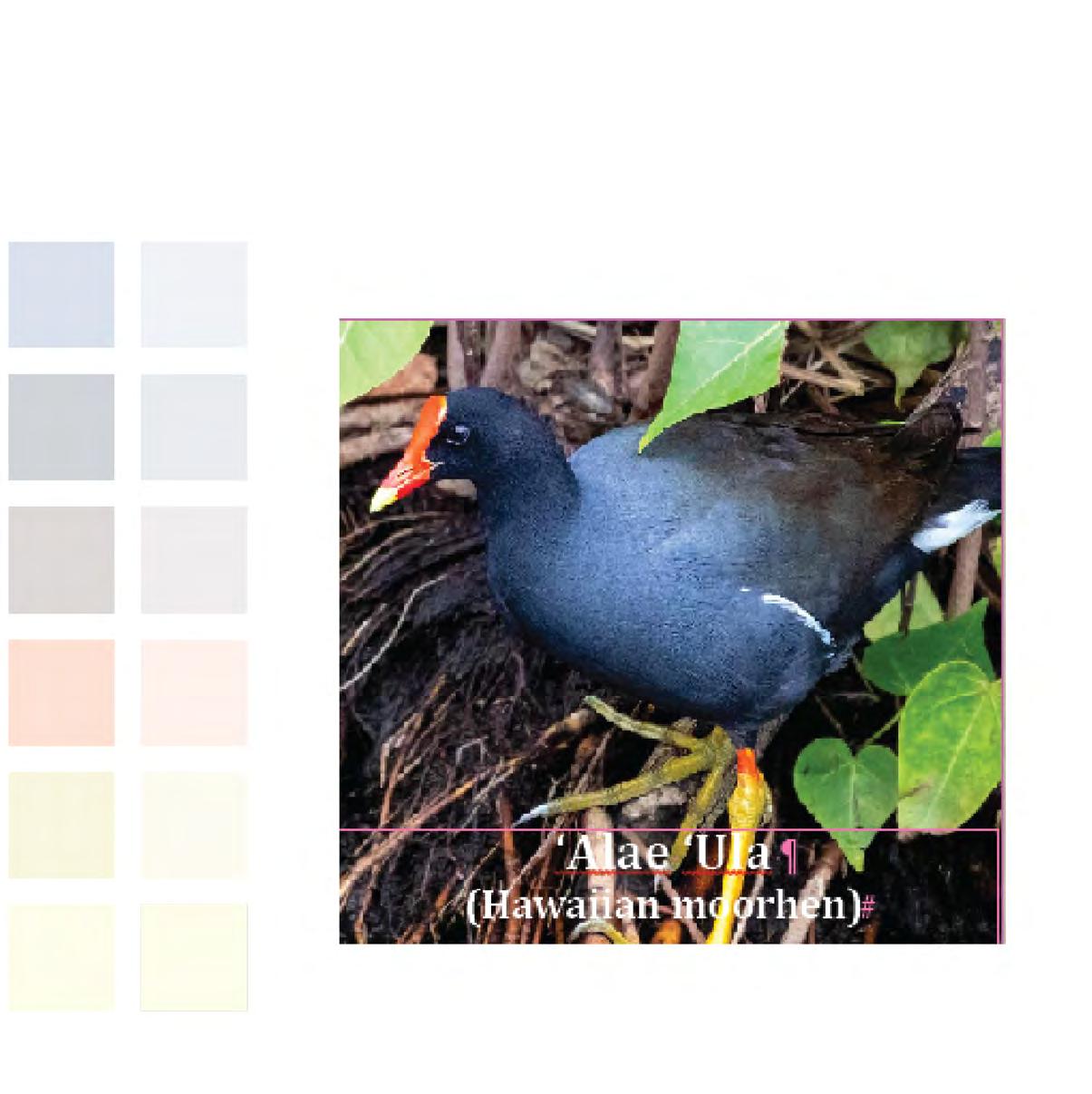
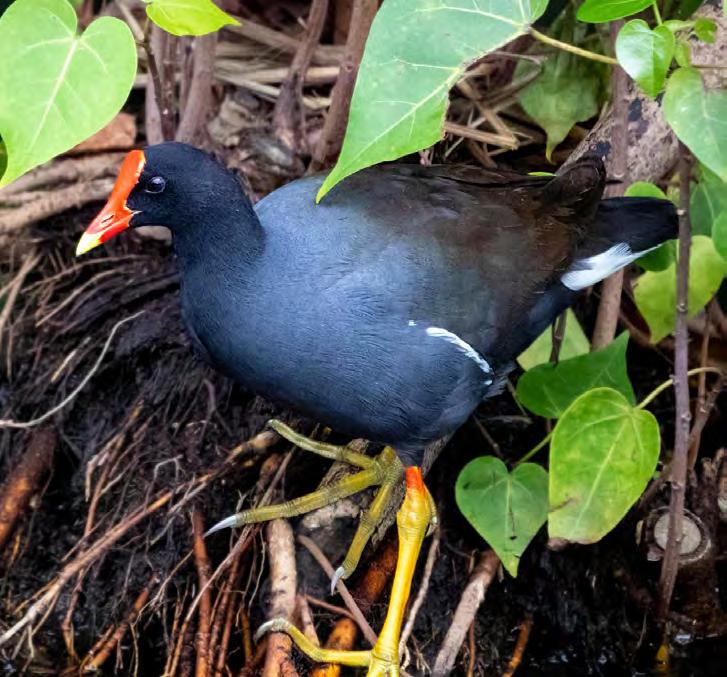
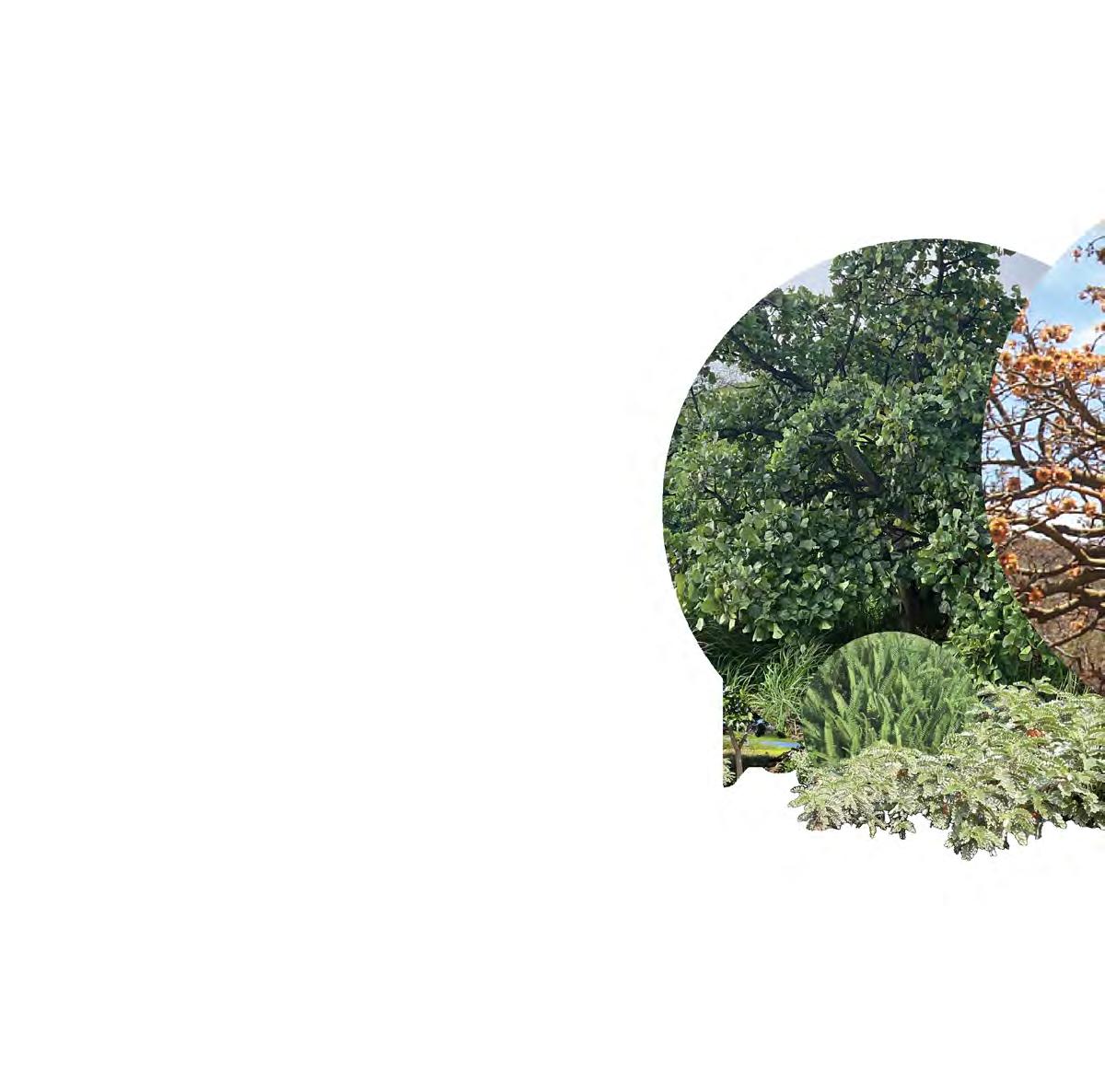
Hamakua Drive Median Planting Pallet
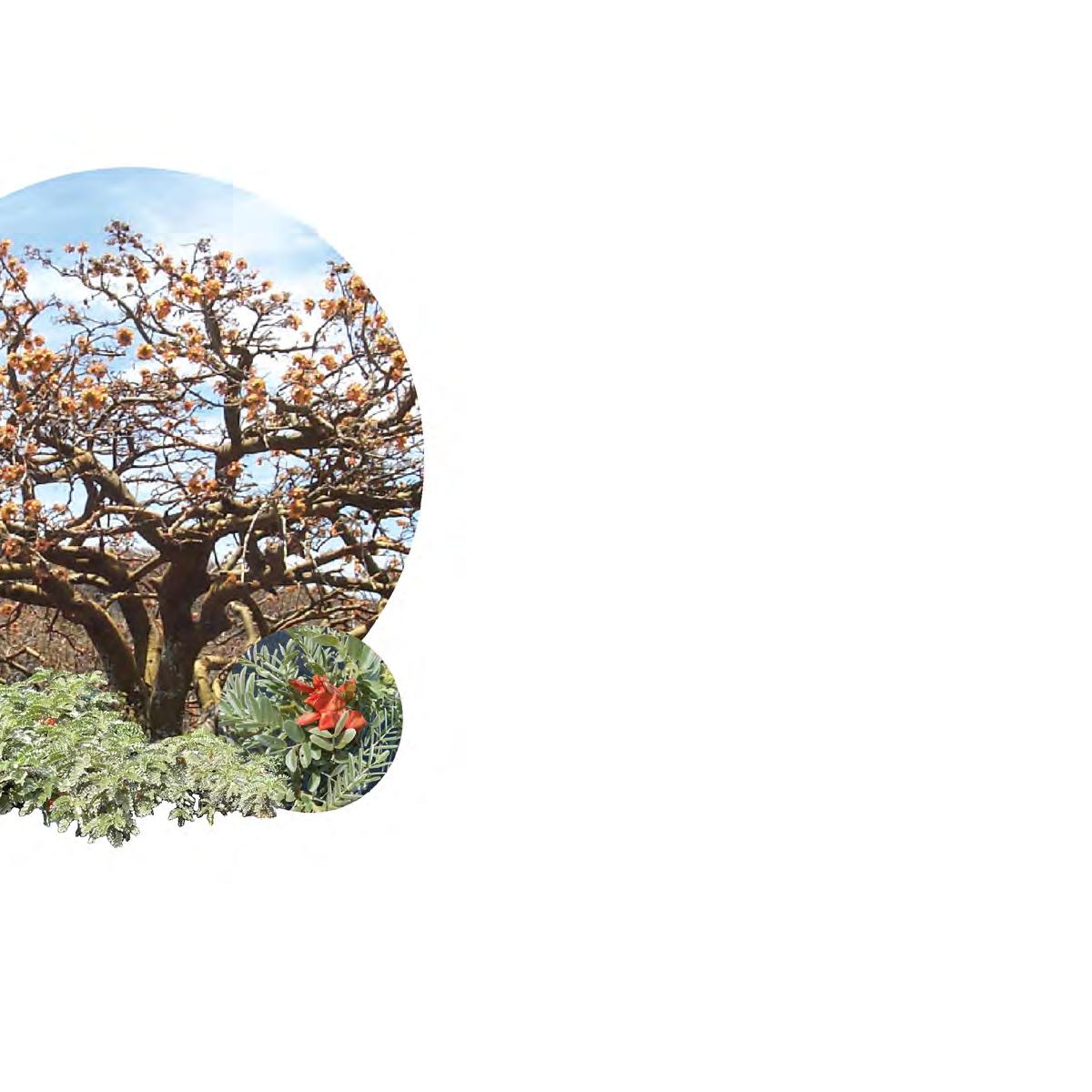
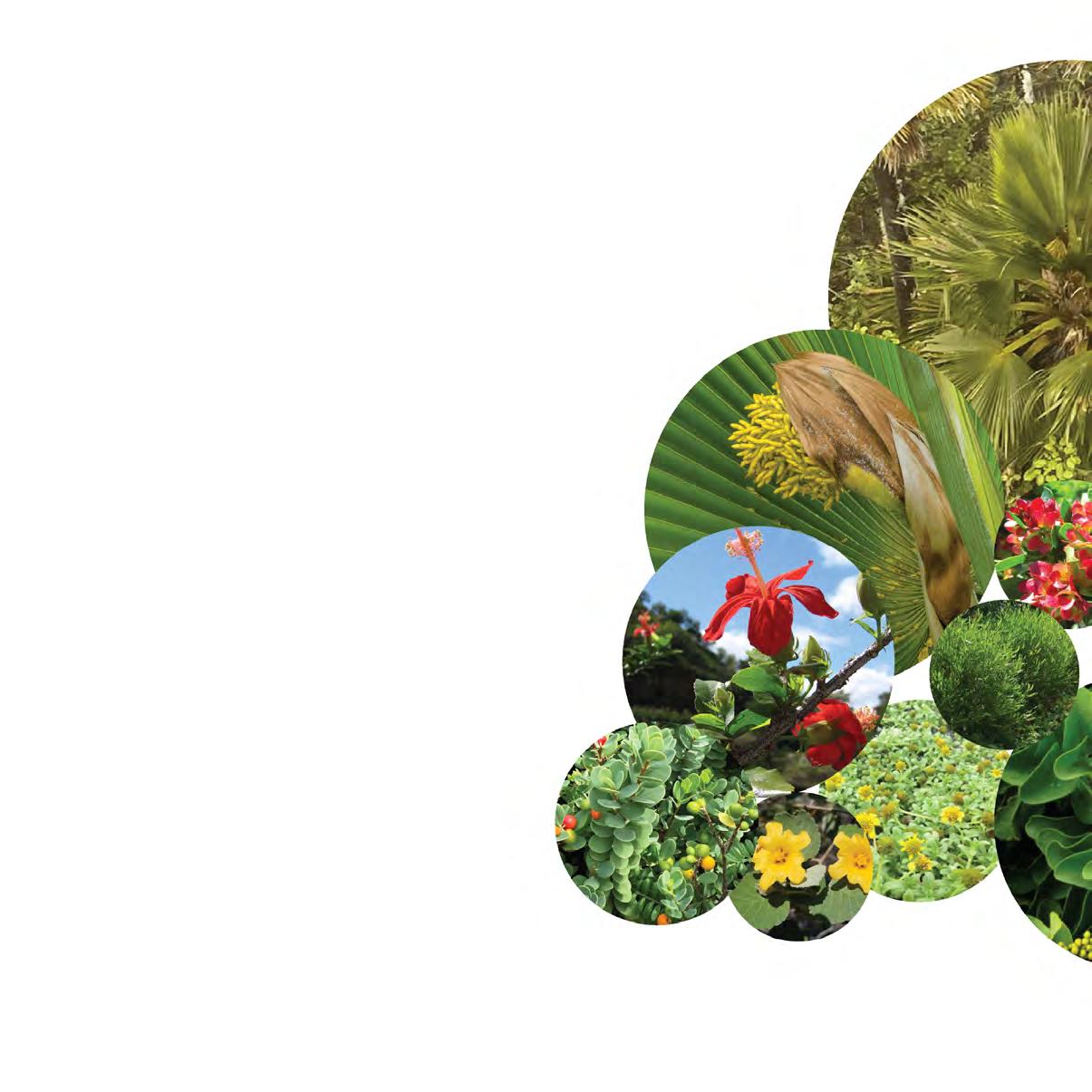
‘Alae ‘Ula Planting Pallet
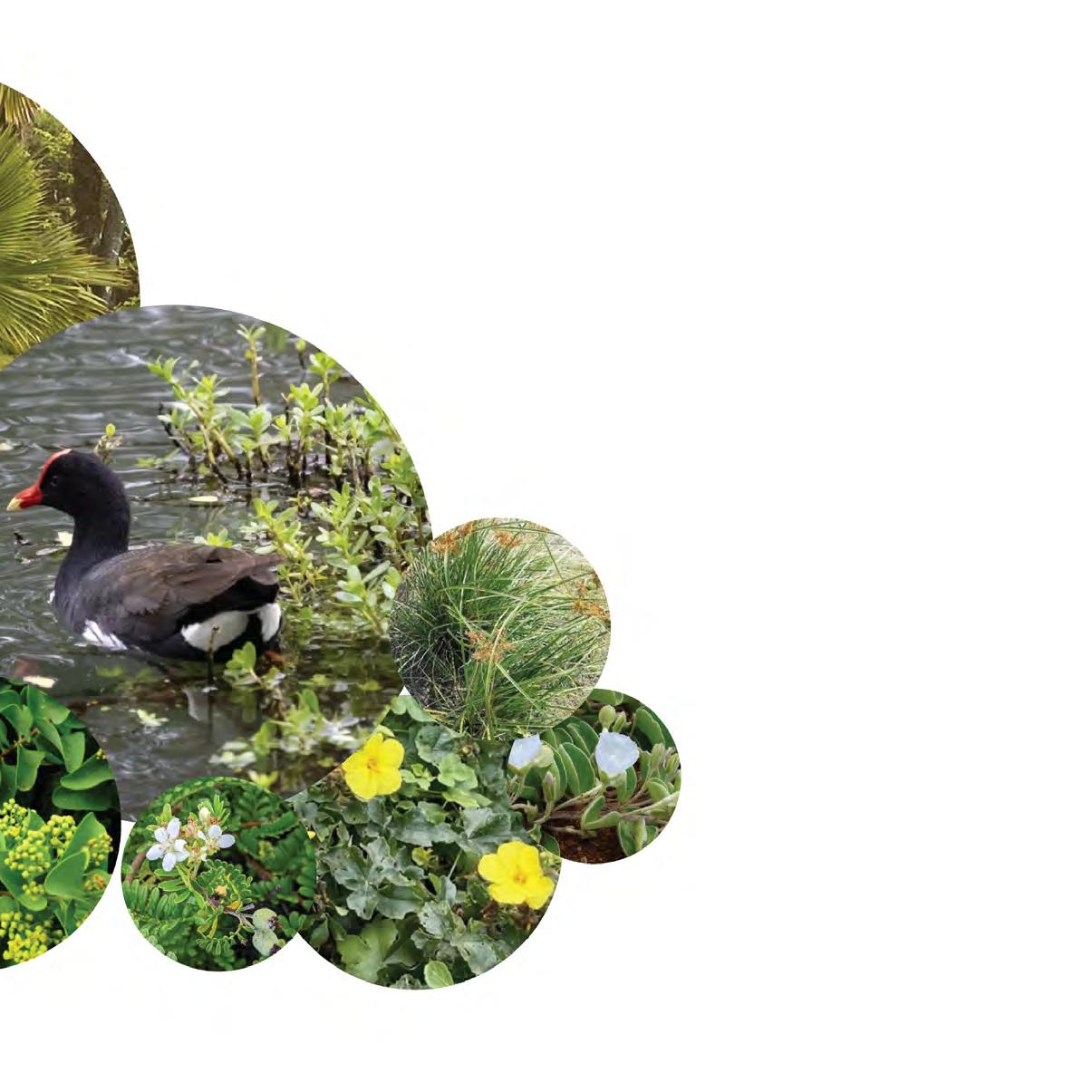

‘Alae ke‘oke‘o Planting Pallet
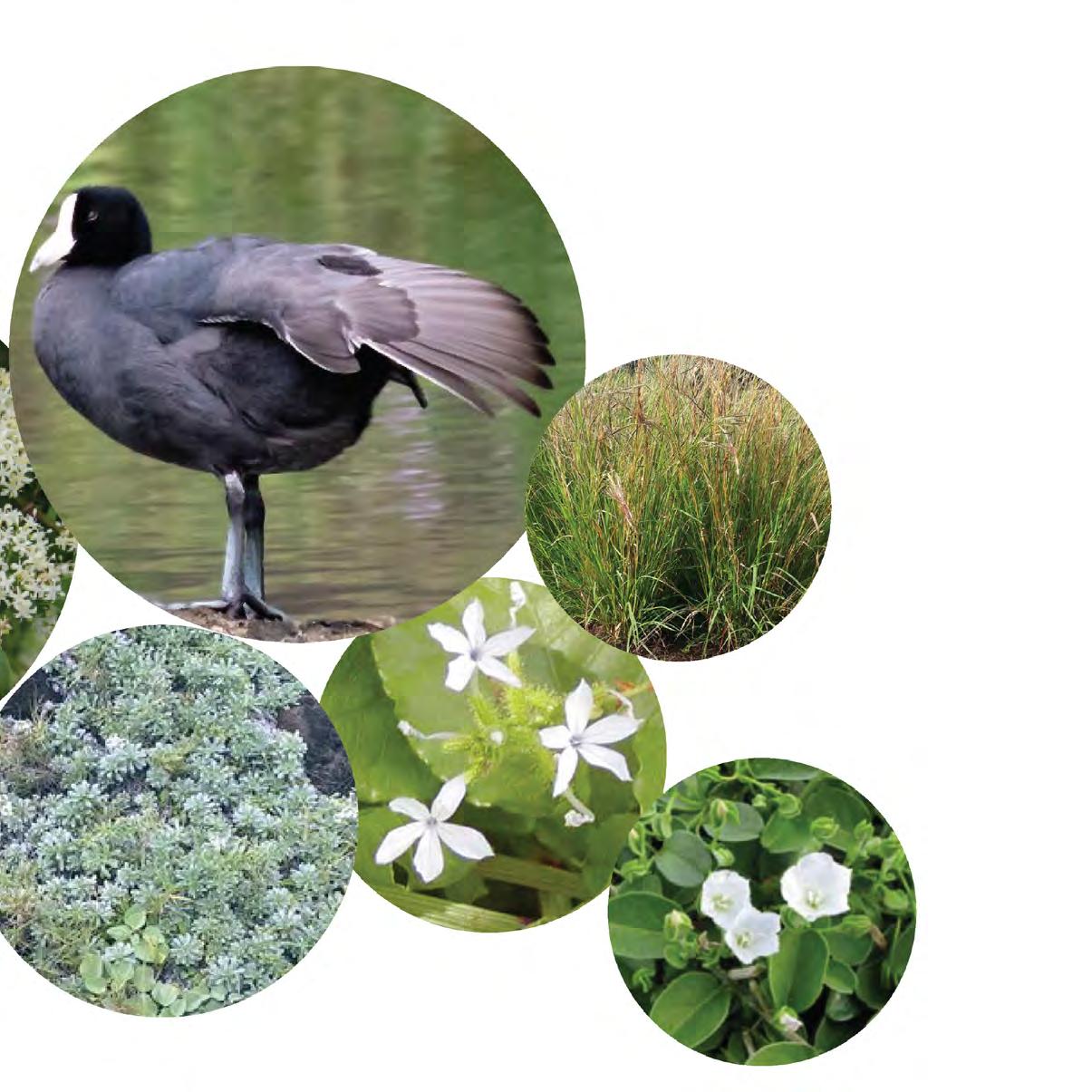
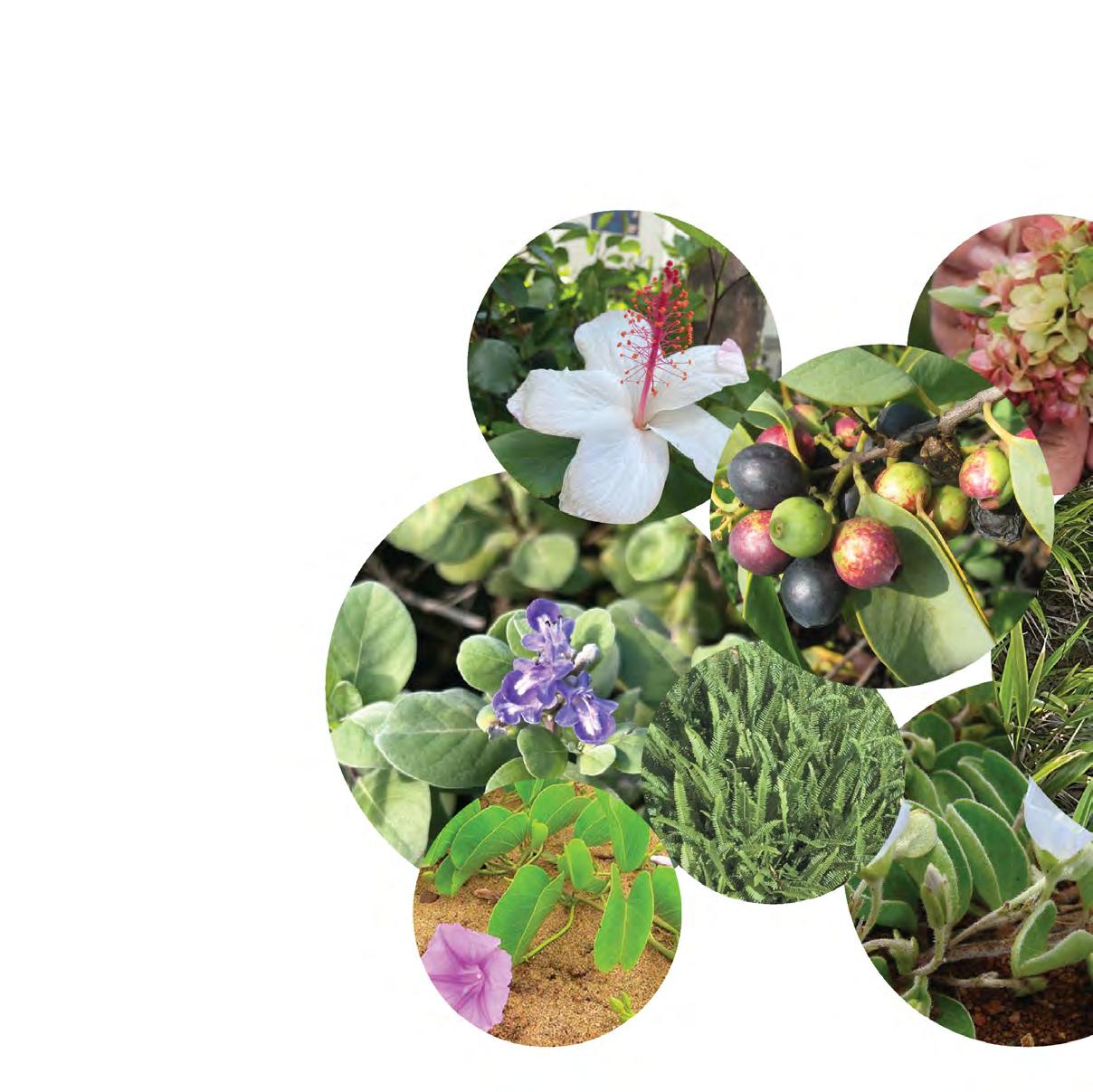
Aeʻo Planting Pallet
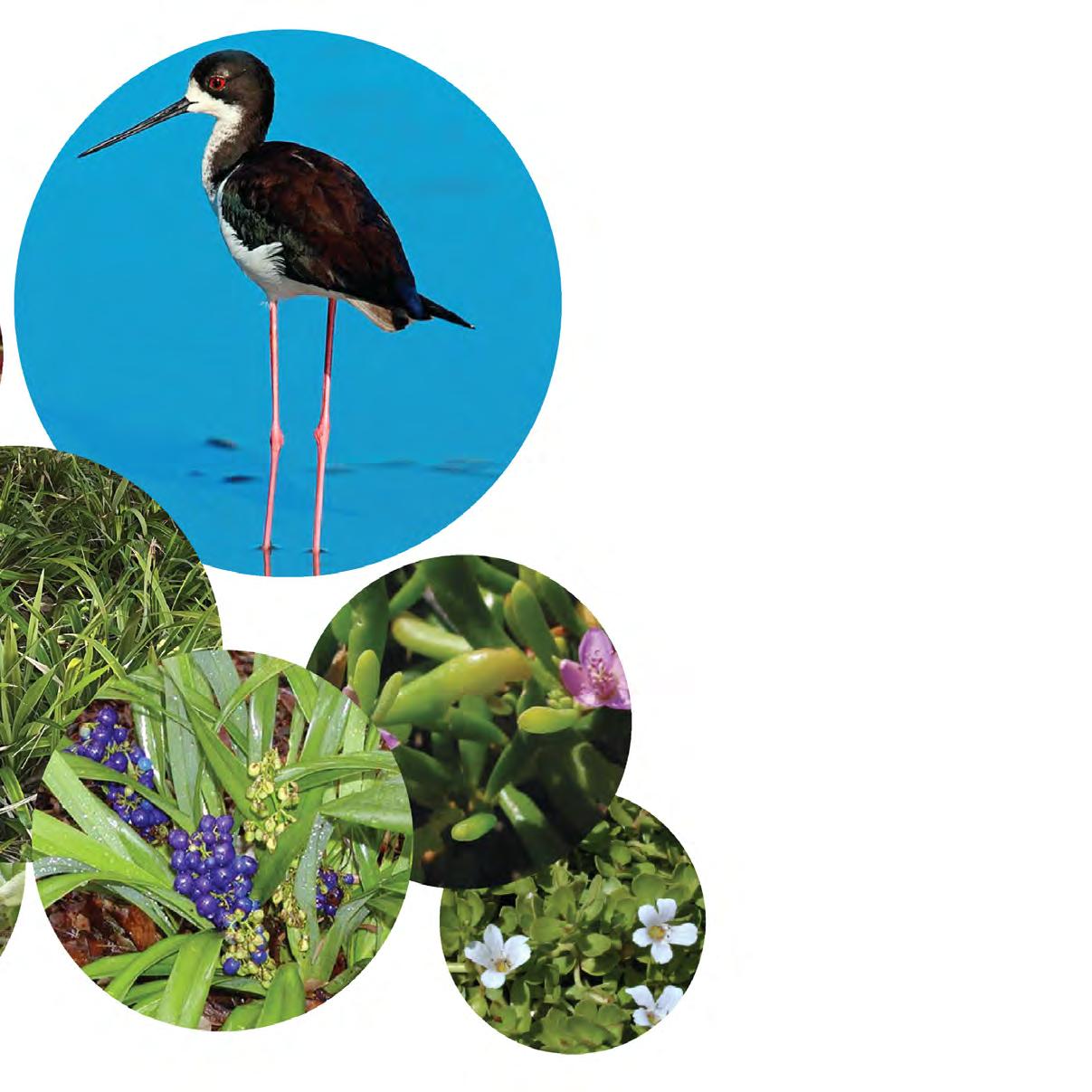
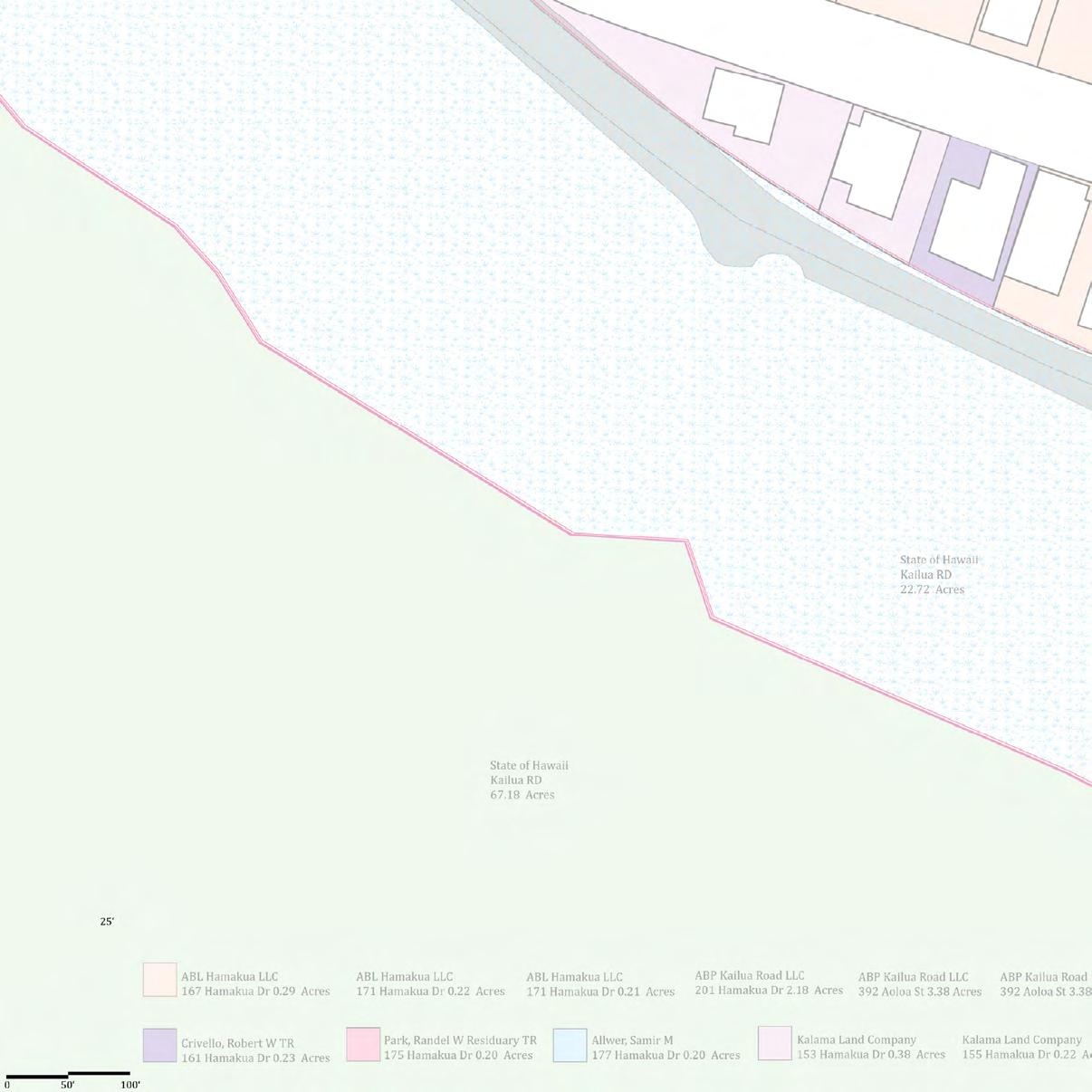
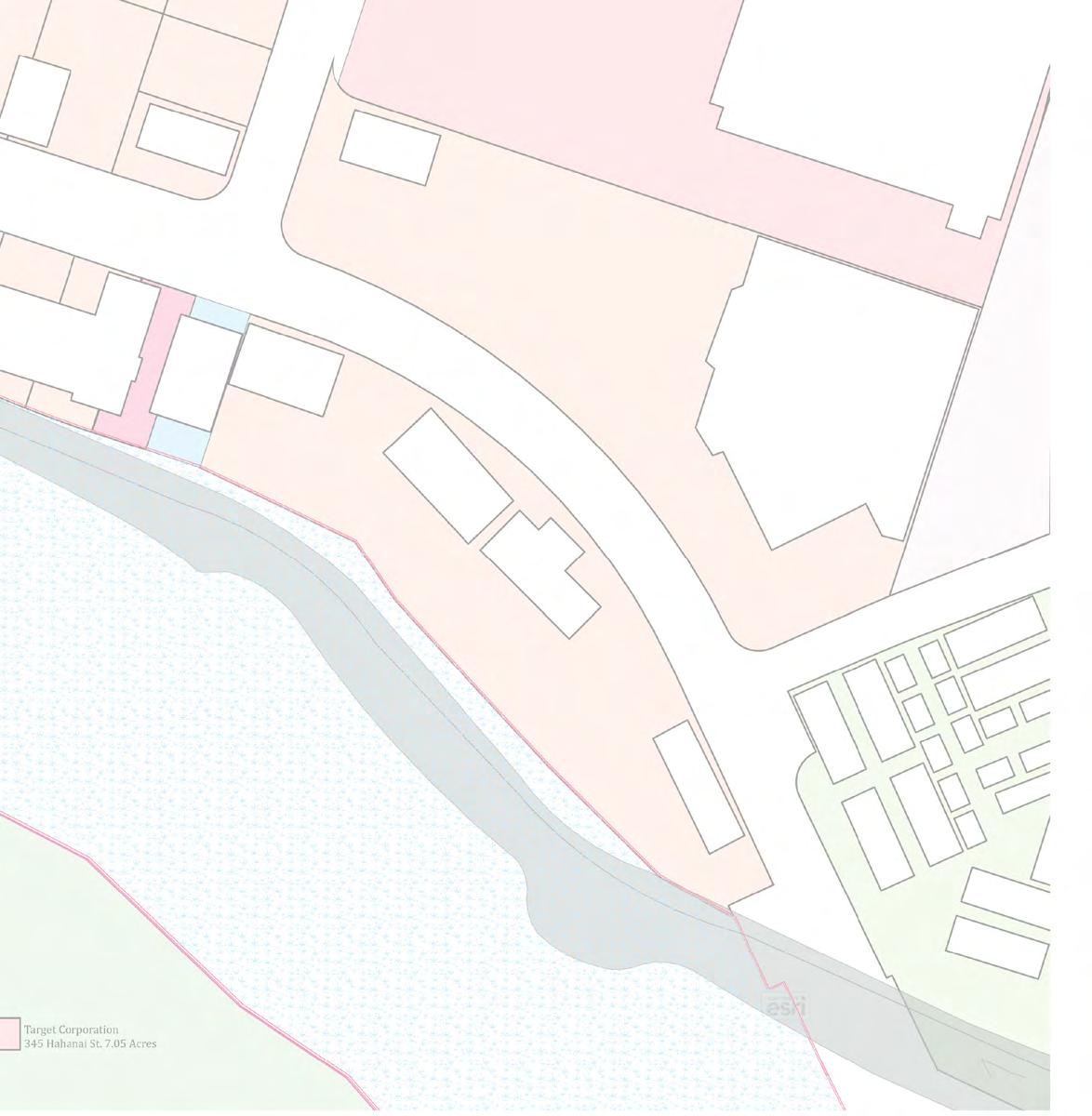
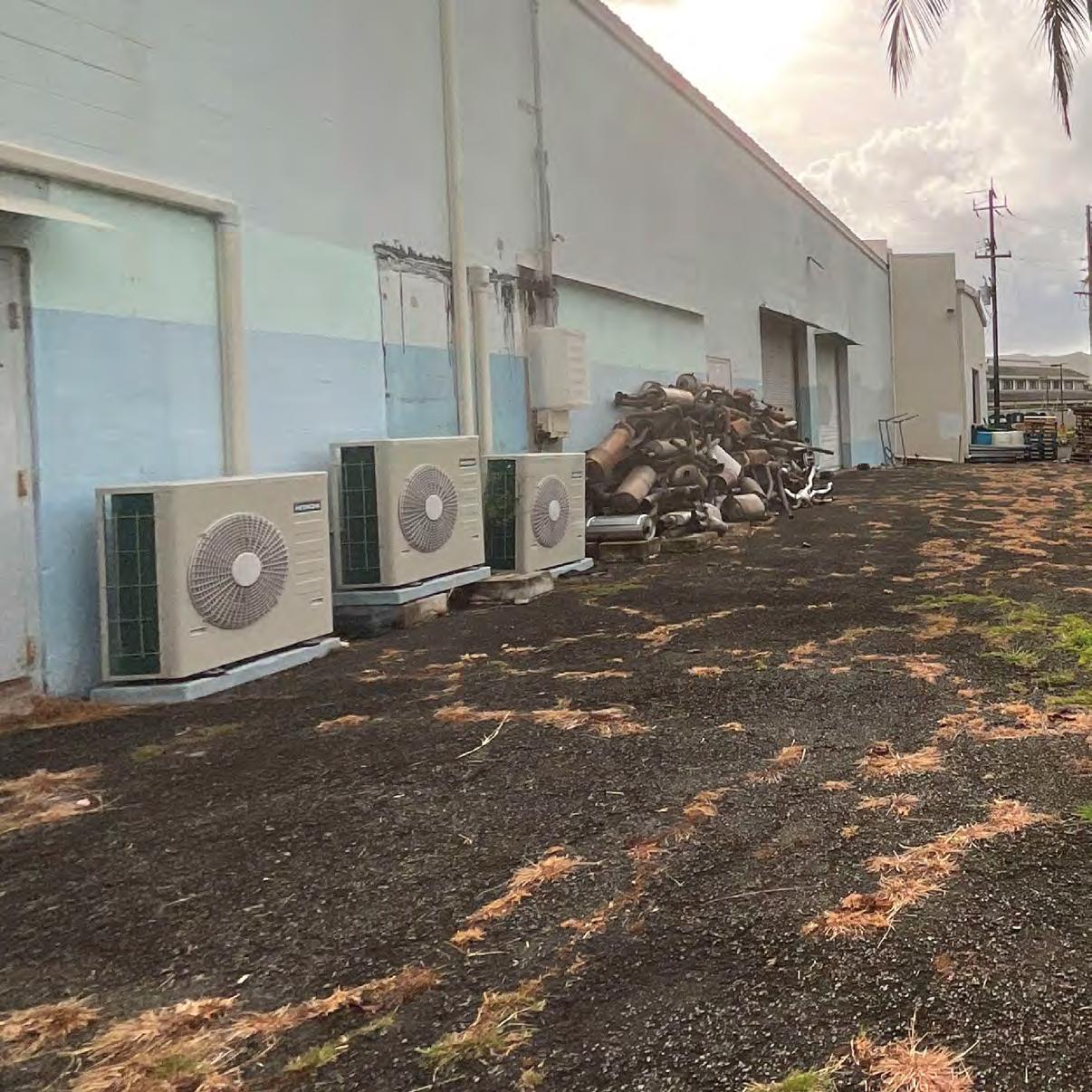
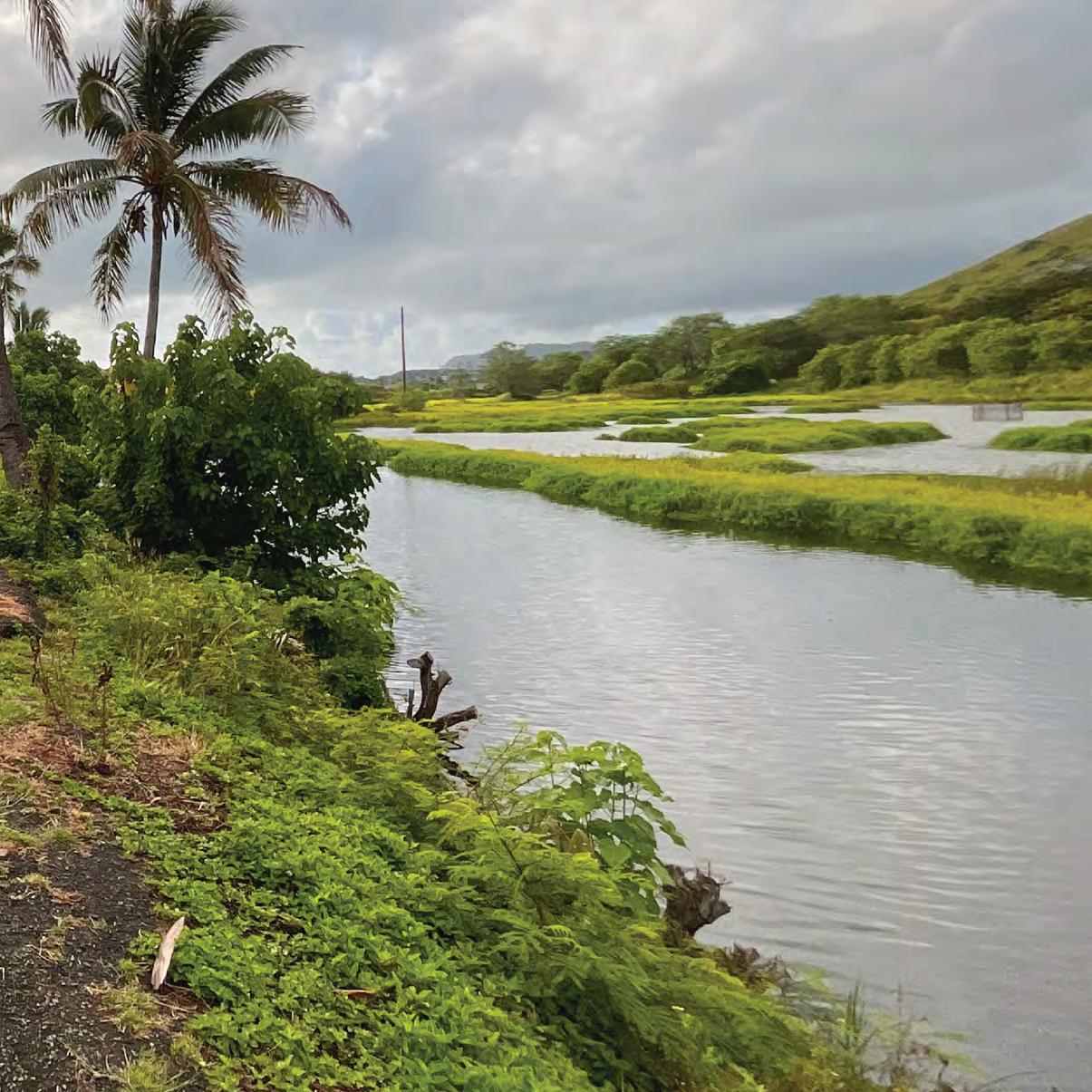
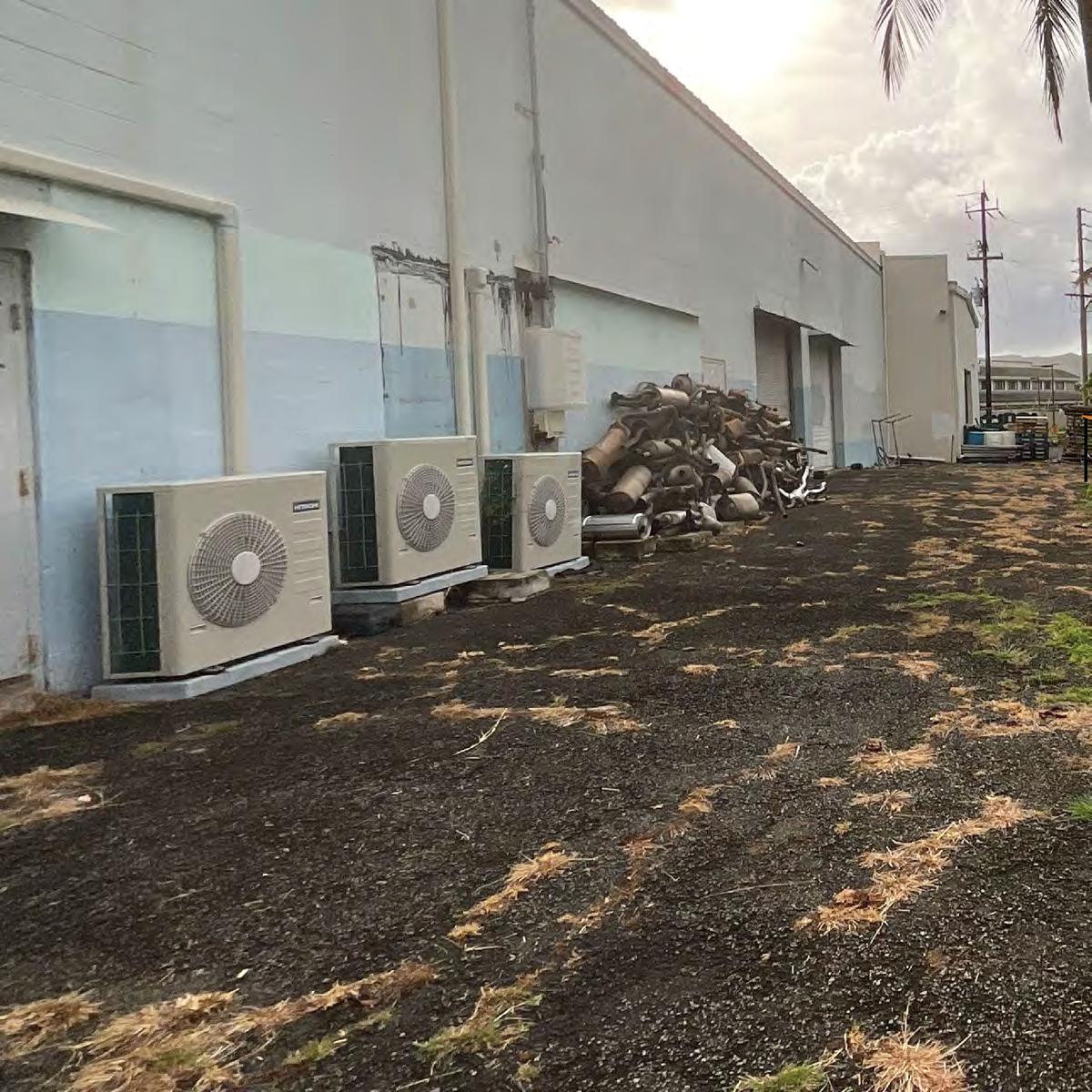
Installation of Preditor Fence
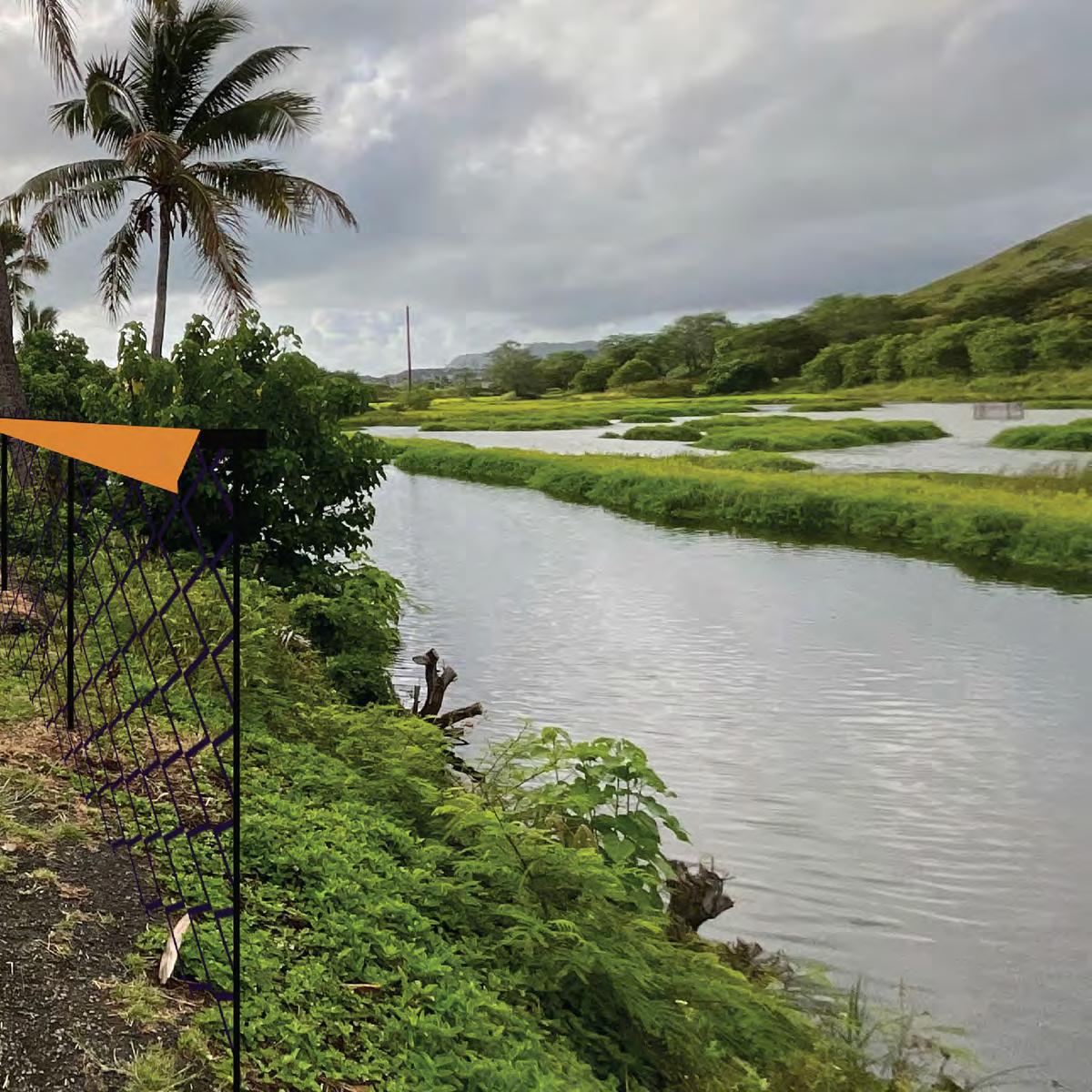
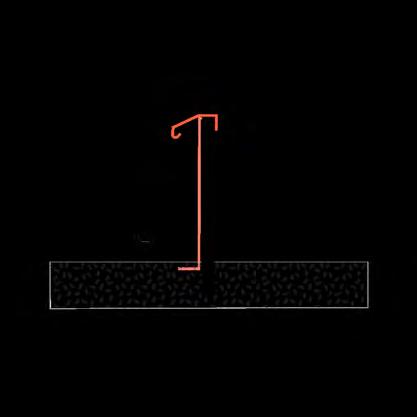
Predator Fence
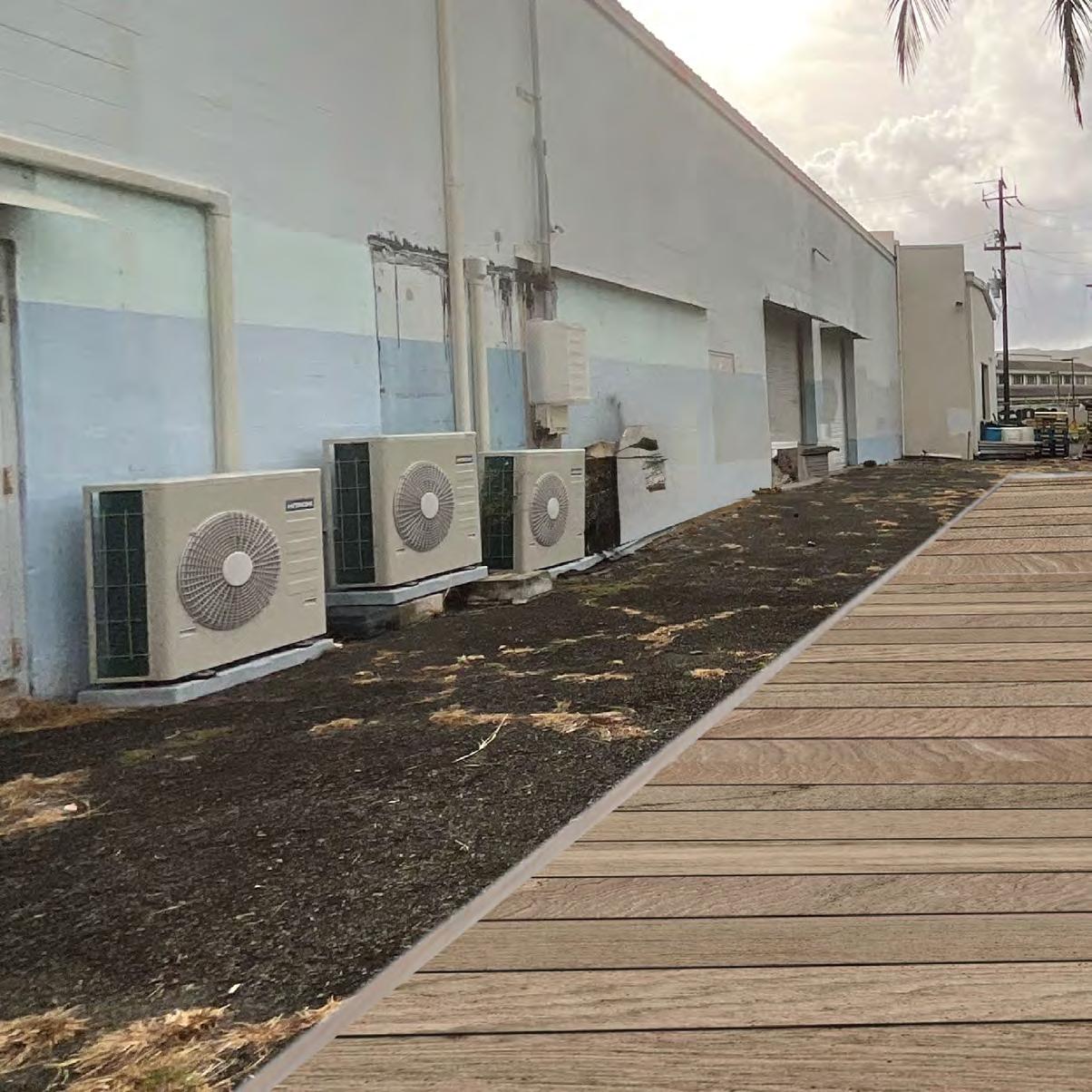
Installation of multimodal 8’ boardwalk
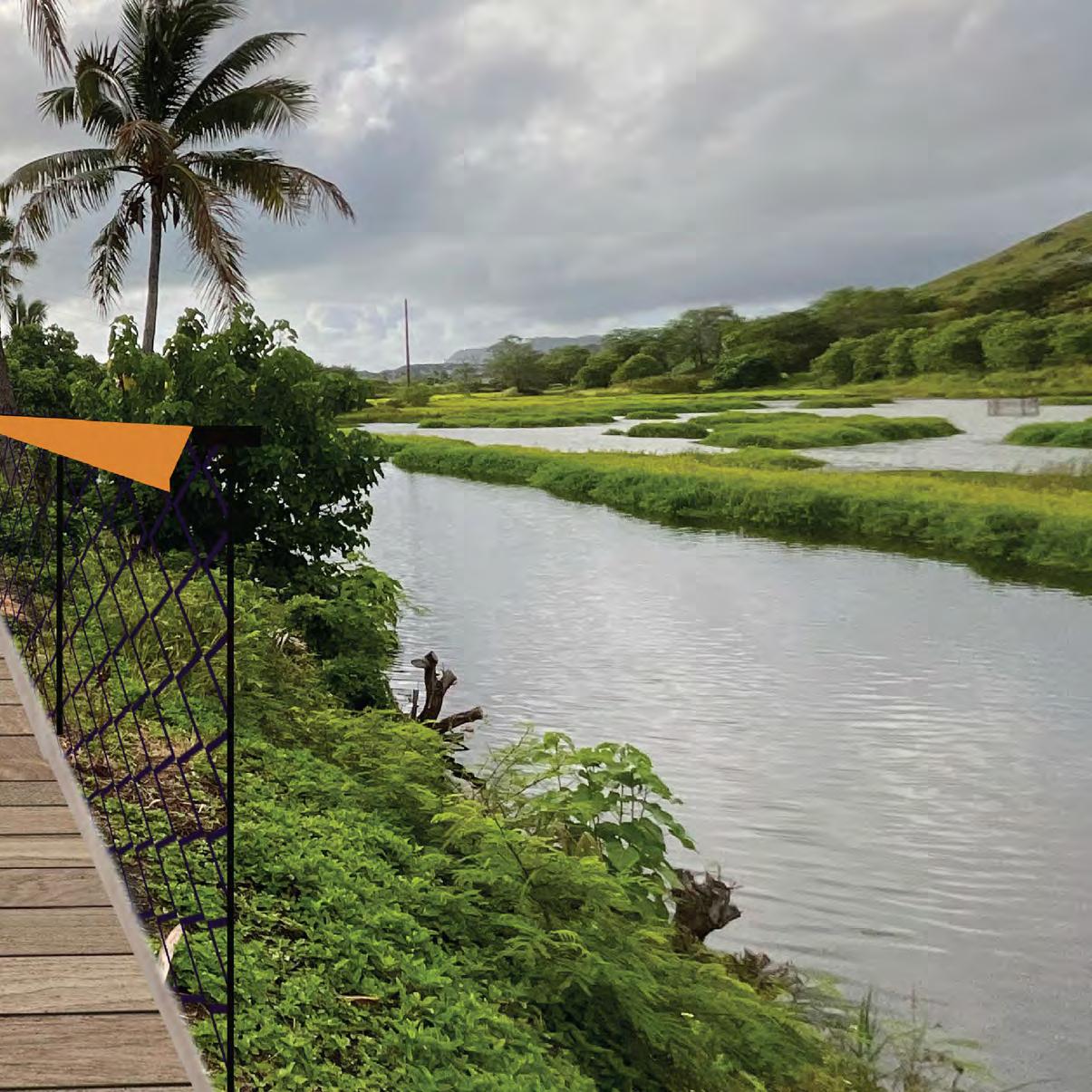
Businesses orientate to engage with the Marsh
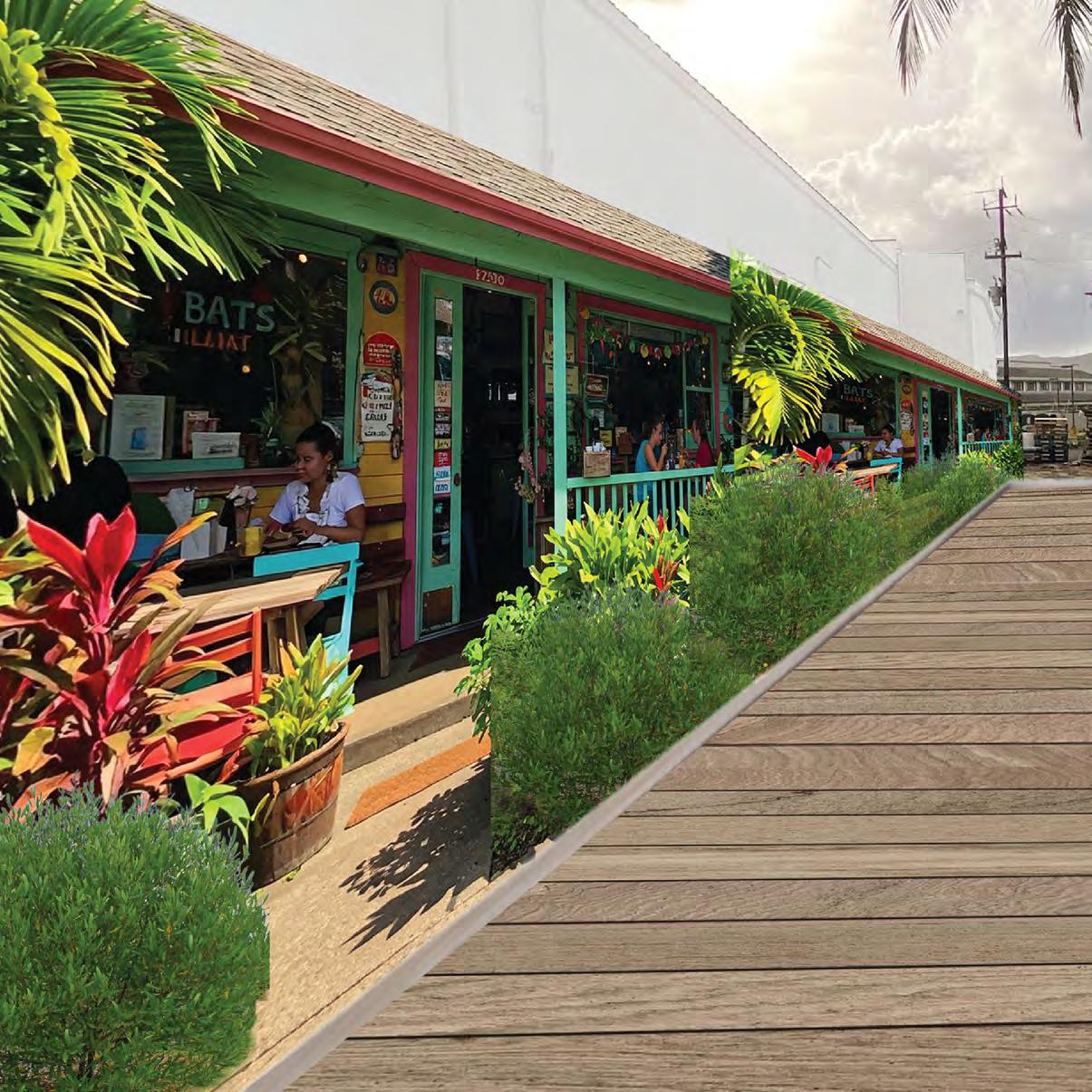

Invasive plants are replaced with endemic and indigenous plants original to the site
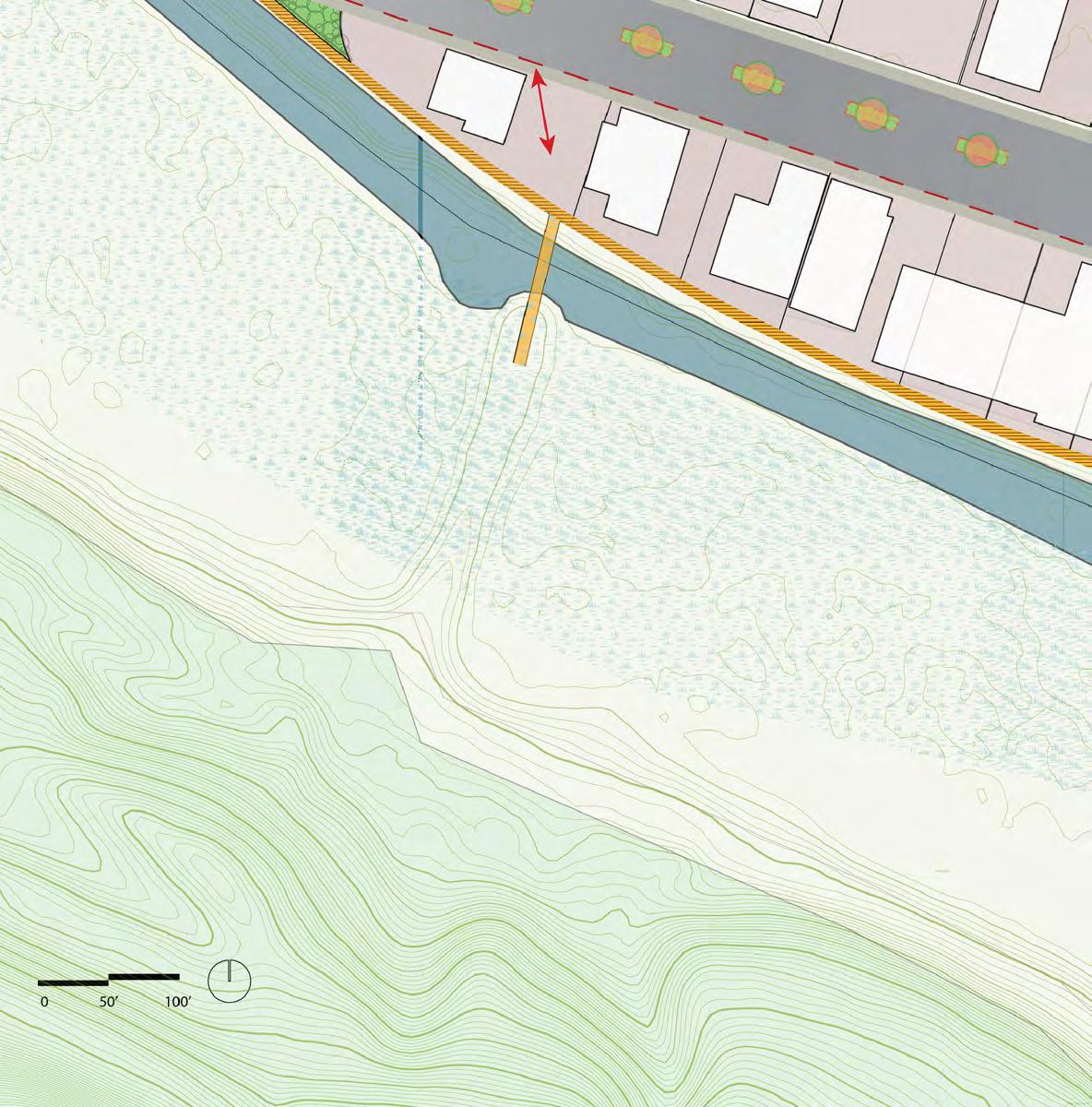
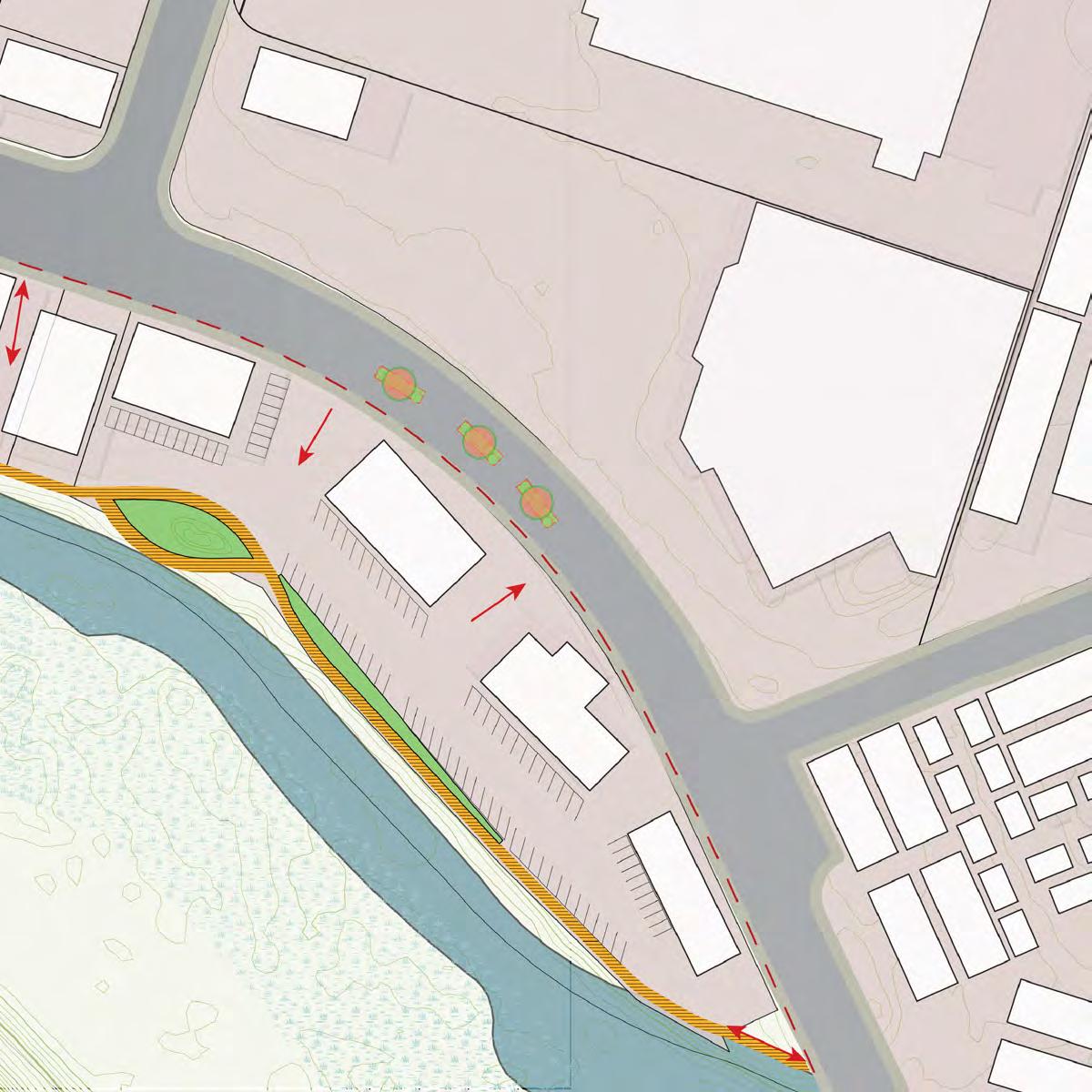
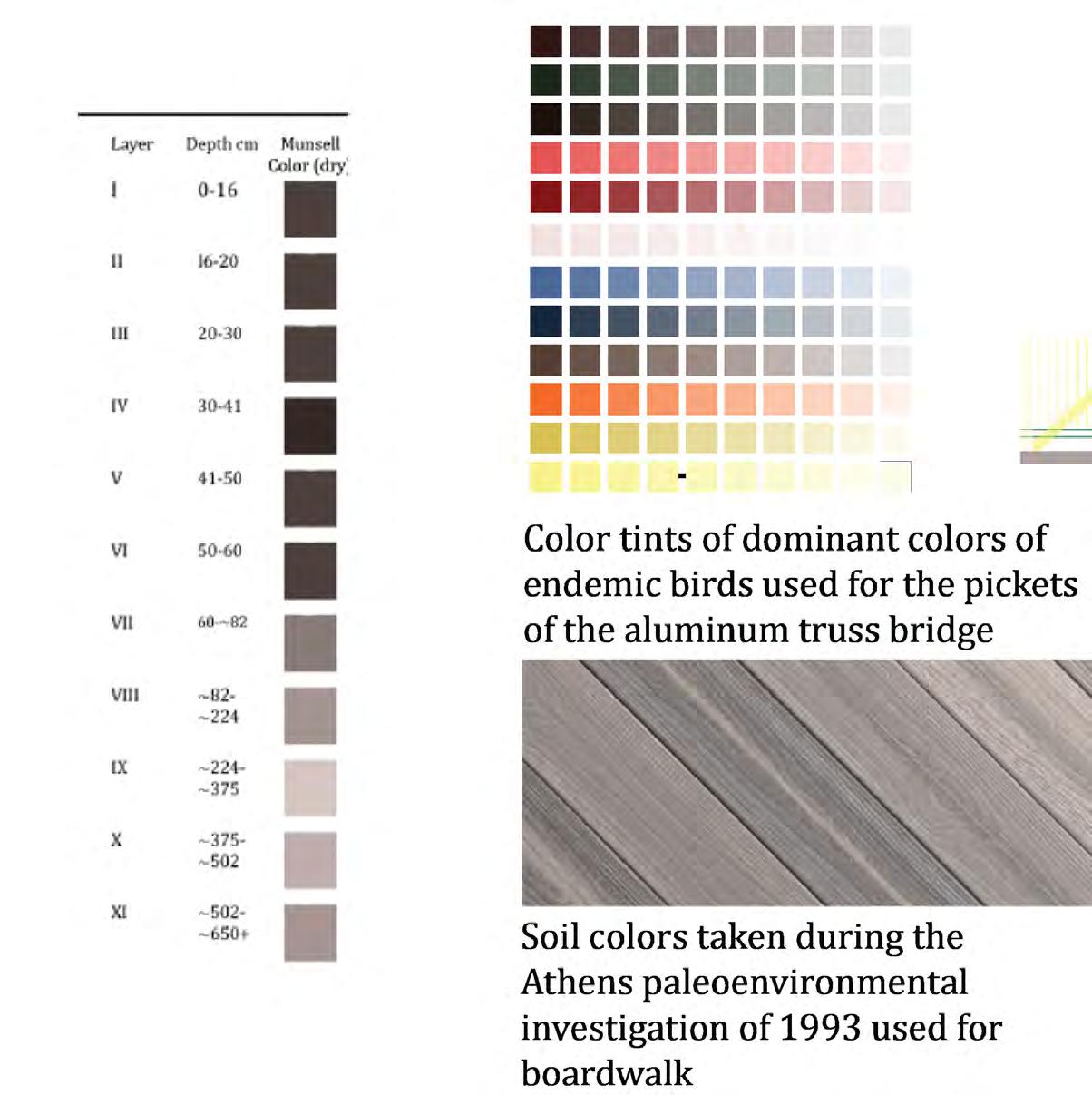
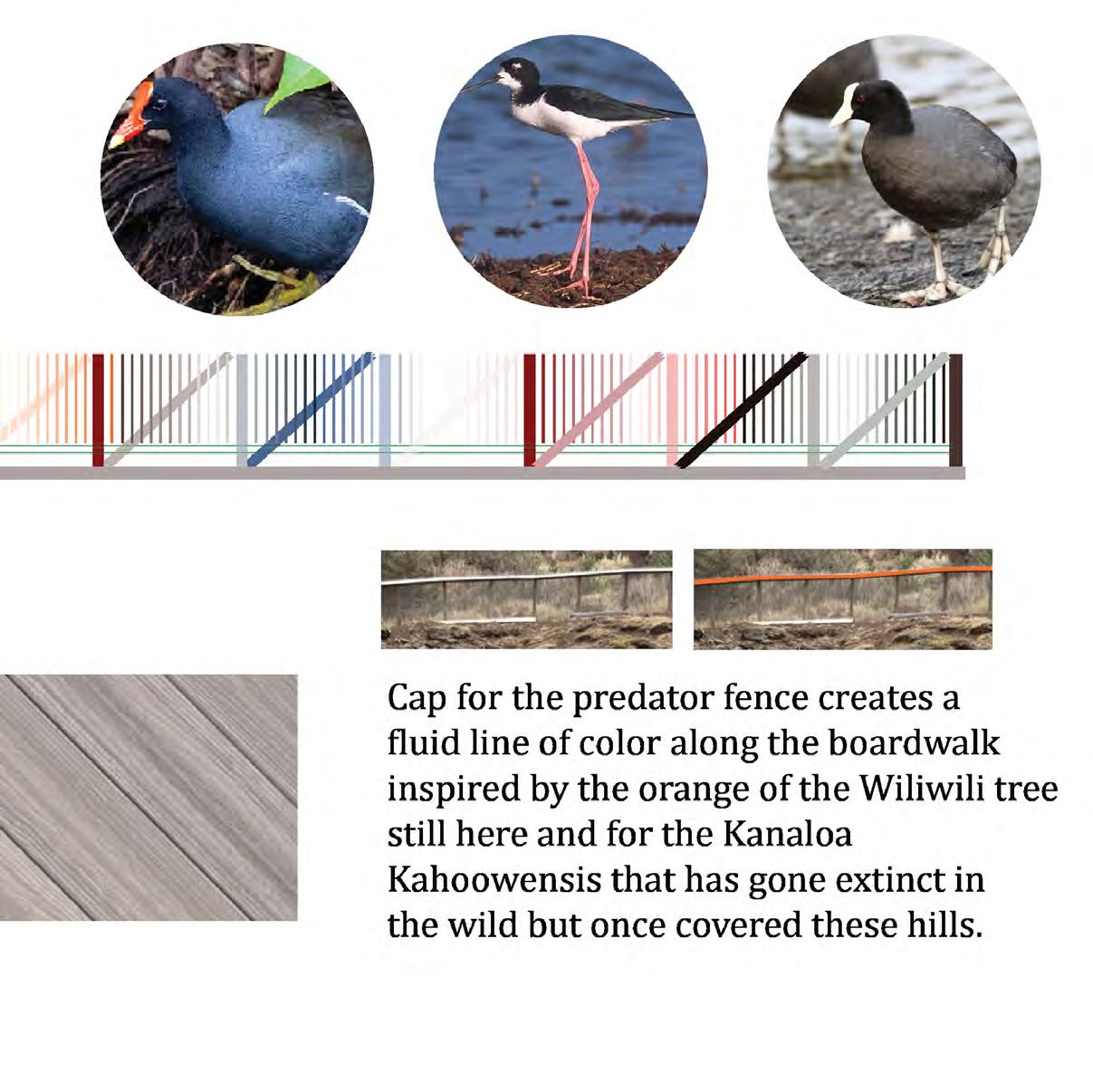
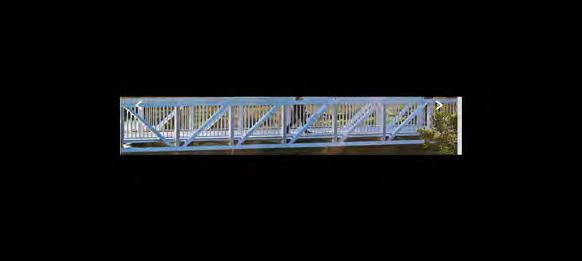

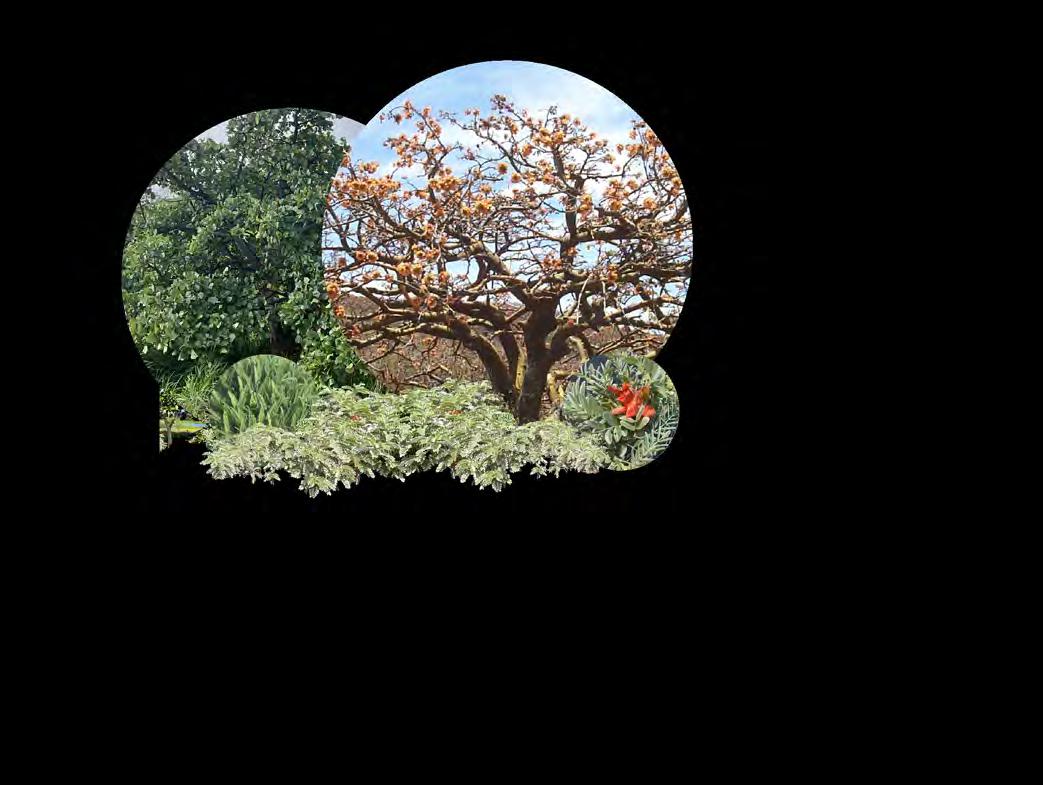
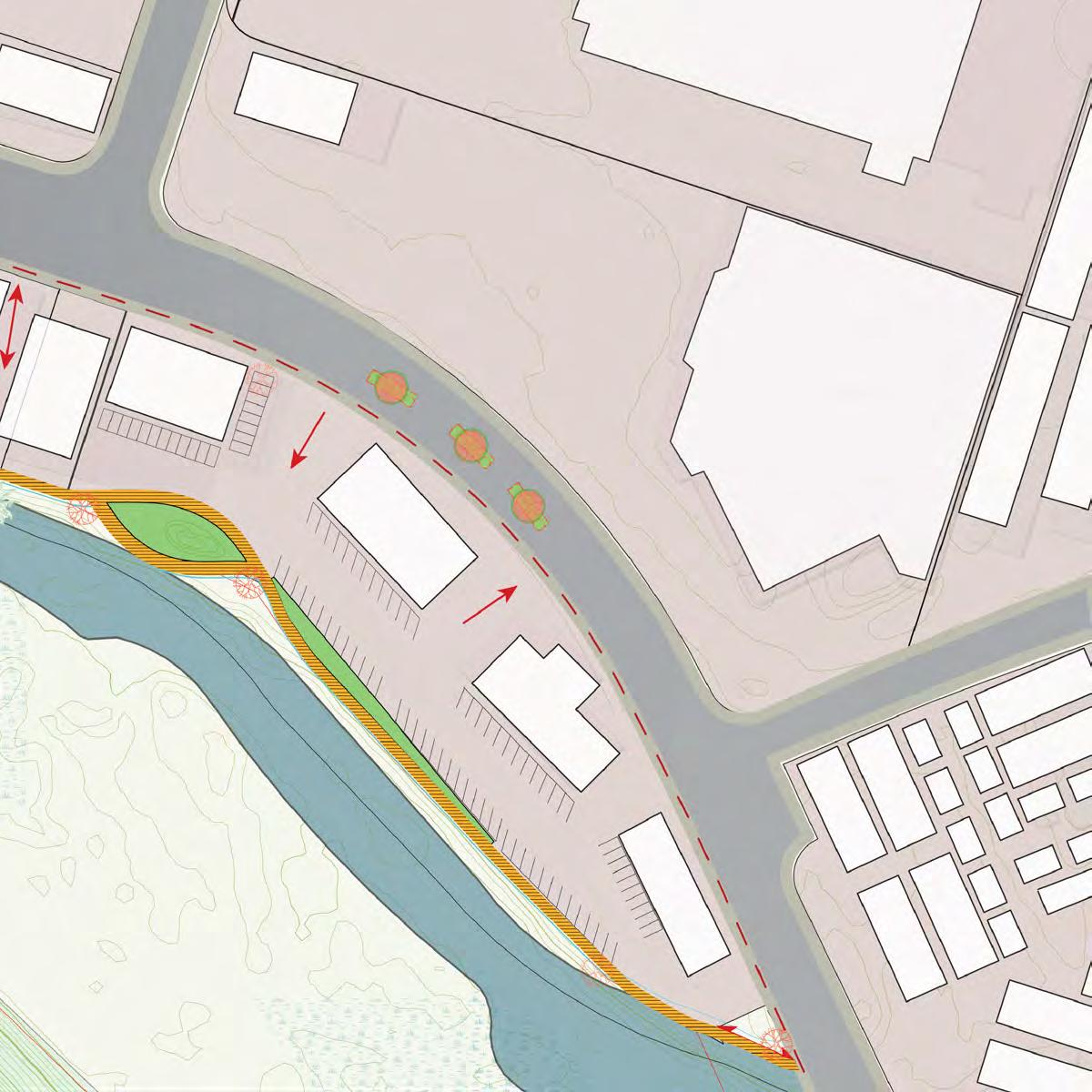

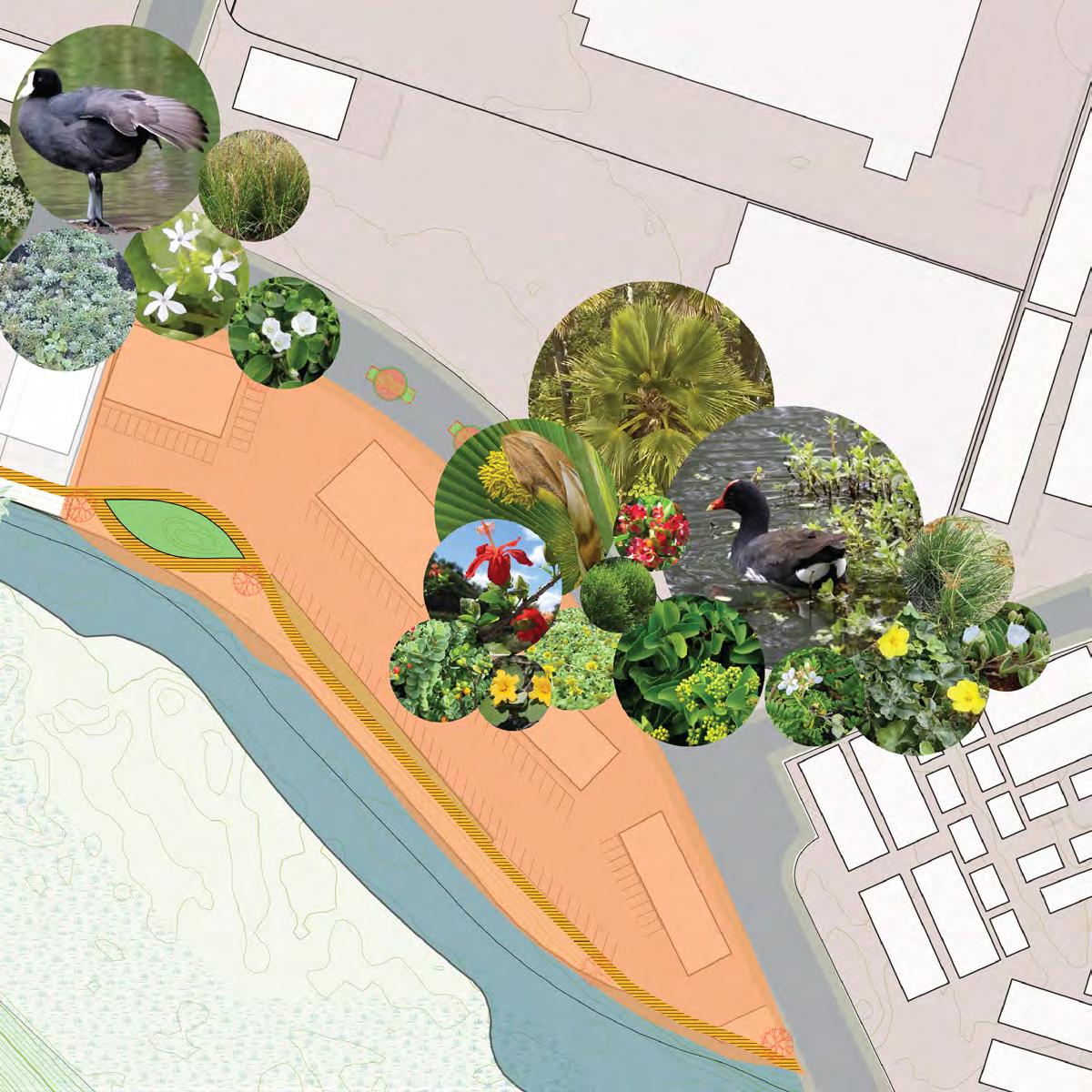
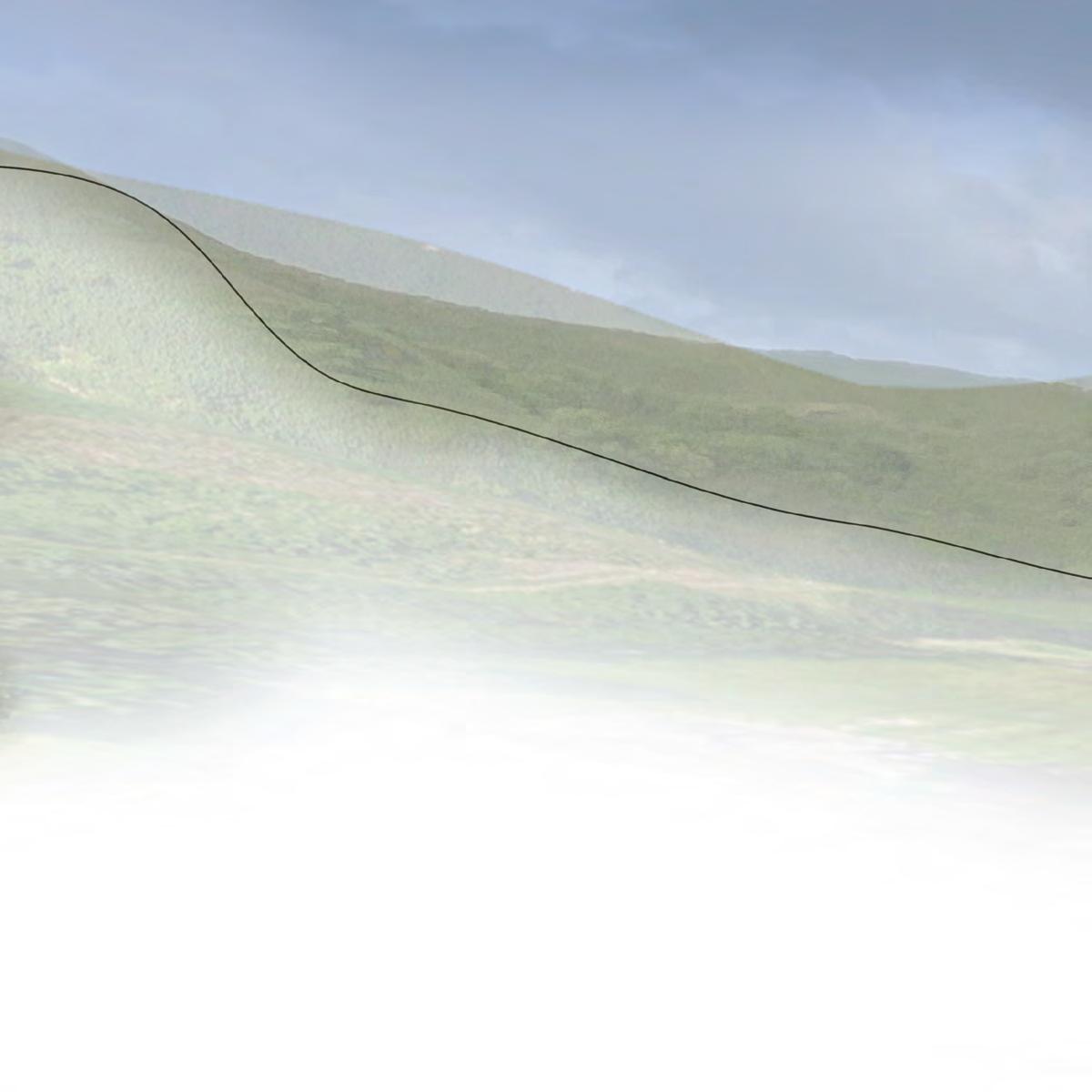
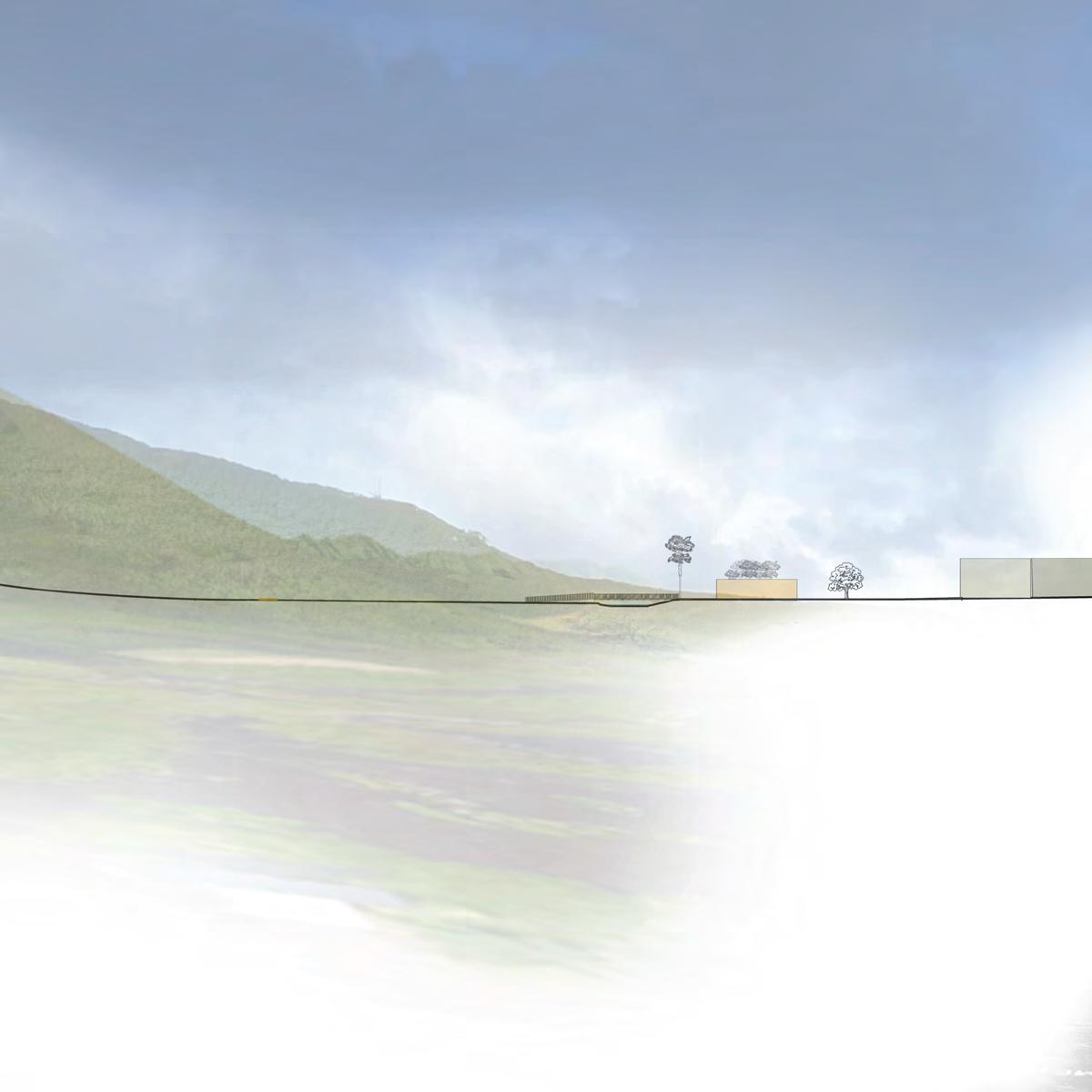
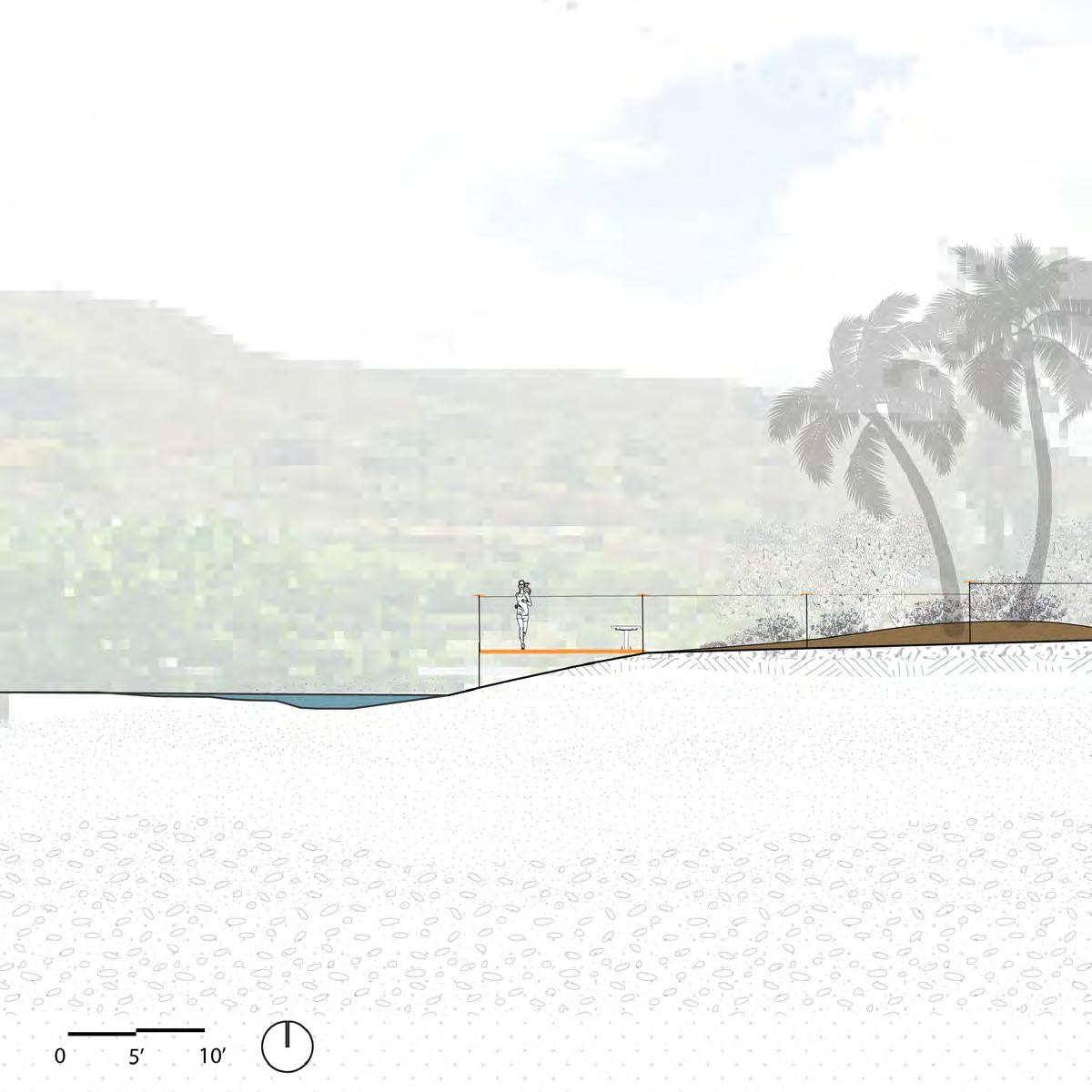
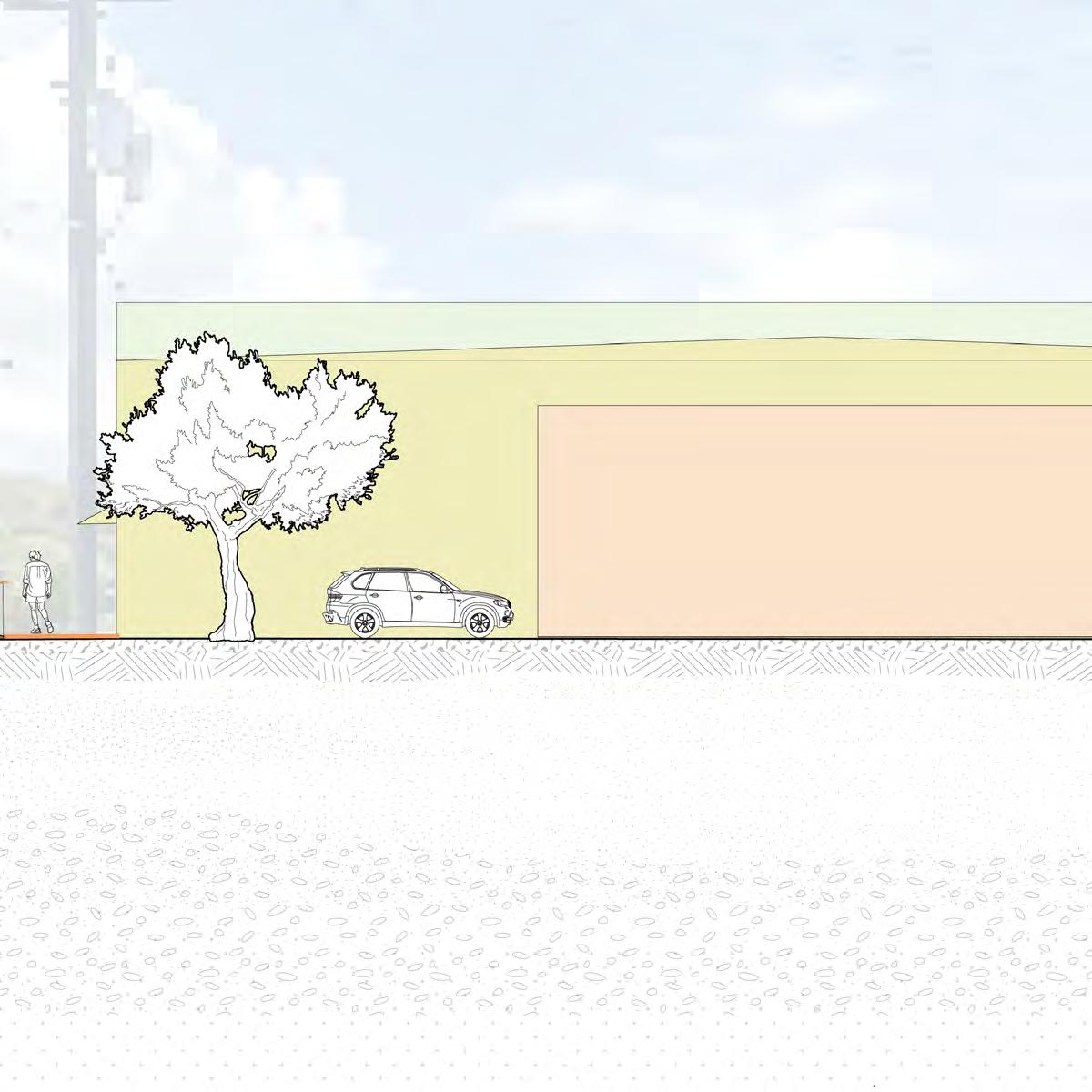
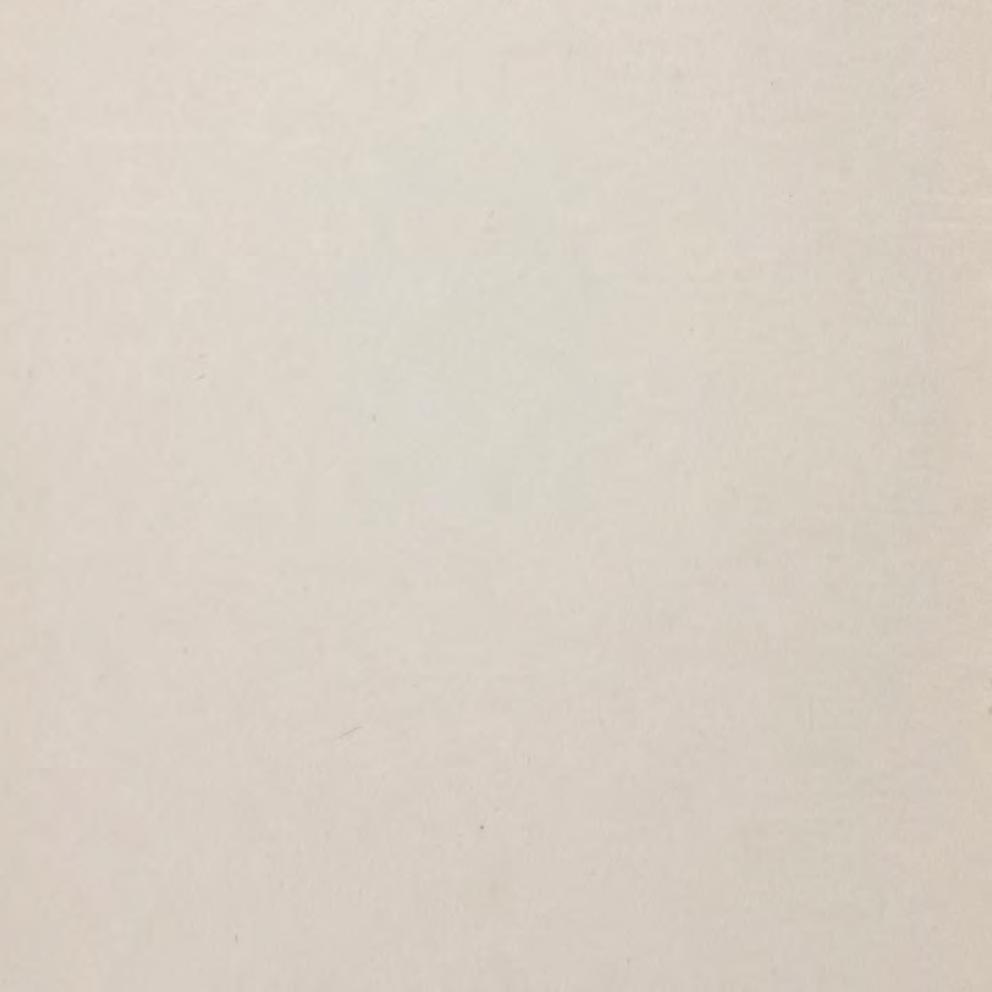
Kanaloa kahoolawensis
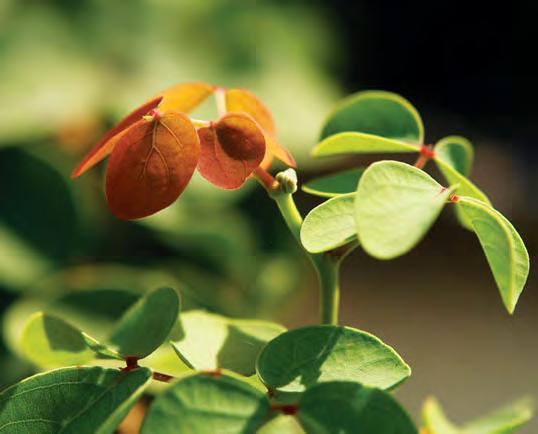
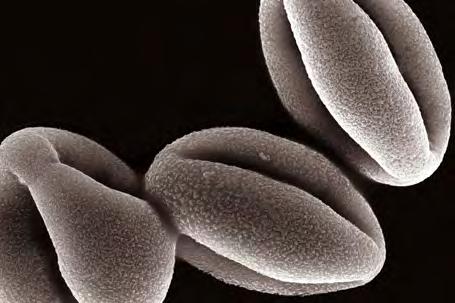
The lowland shrub was once a dominant species of the lowland forest across all islands. Two remaining plants were discovered on remote cliffs of Kahoolawe which have since died. It is one of the top 5 most threatened spicies in the world. 20 plants exist today because of intensive efforts.
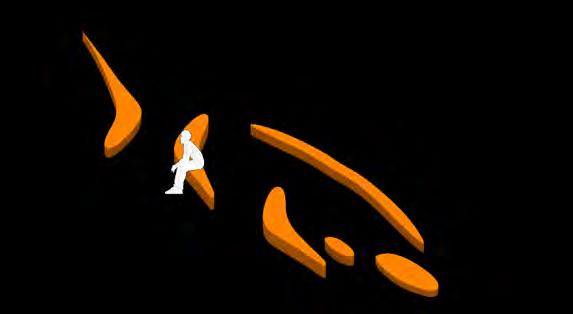
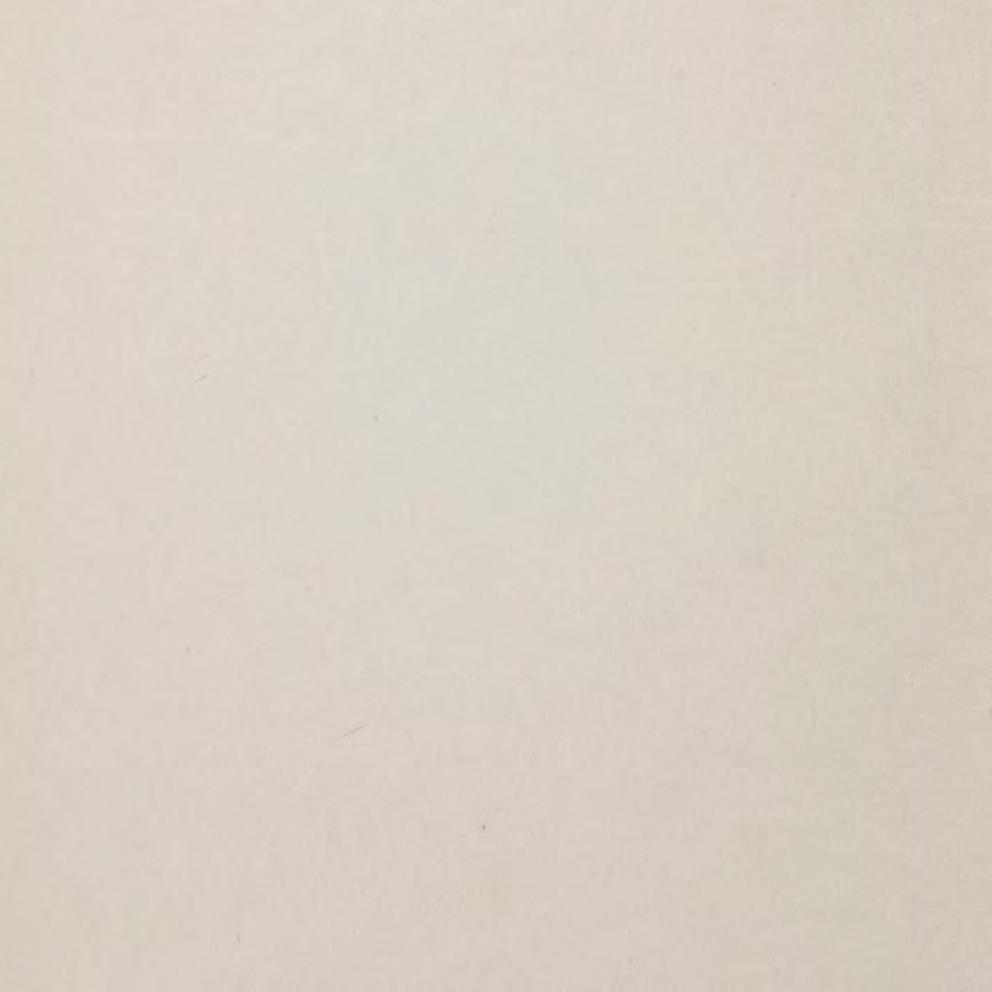
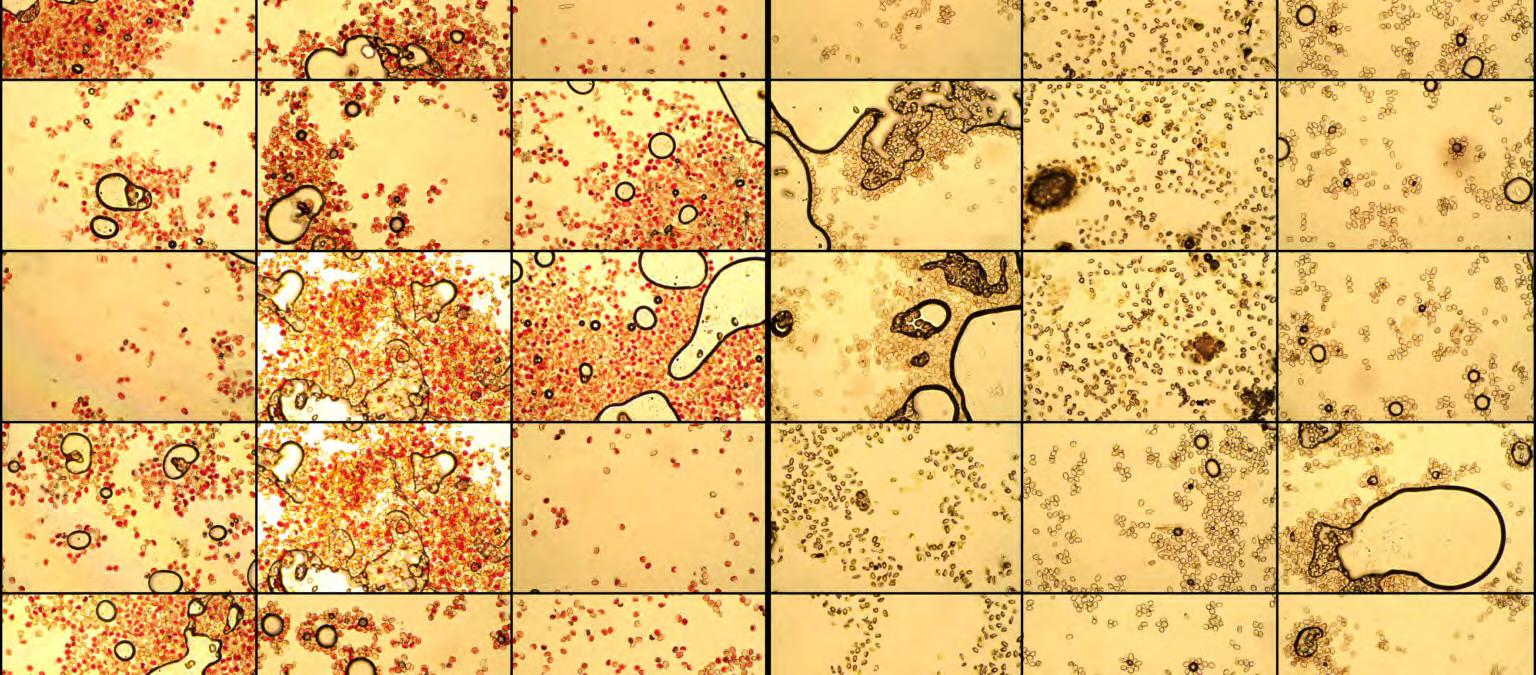
Bottom:Panels representing single microscope views of pollen after oven treatment. Photo by NTBG staff/partners.
Top: Dehydrated Kanaloa Kahoolawensis pollen grain image magnified 8,000 times. Photo by Radha Chaddah.
Conclusion
The Hawaiian islands evolved for over 2 million years without human contact. The Hawaiians established a thriving sustainable society for 800 years. They supported a population in excess of 500,000 and were completely self sustaining. There was a loss of 15% of the native ecosystem.
It has been 247 years since western contact. Since then Hawaii has experienced a loss of 85% of the native ecosystem and become the extinction capital of the world.
It is important to see the endemic and indigenous plants and animals that we have left. To learn their color stories and be vigelant in their cultivation and protection.
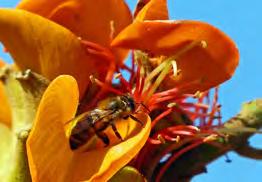
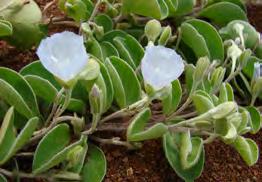
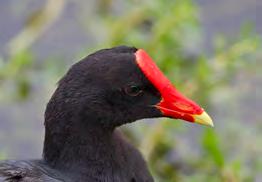
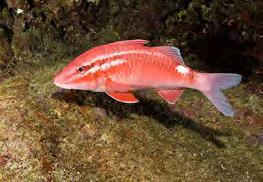
Kanaloa kahoolawensis
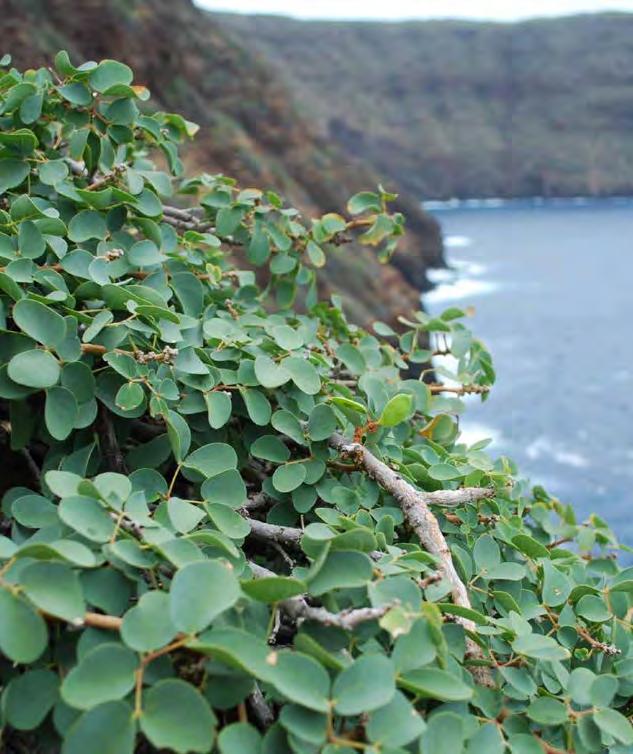
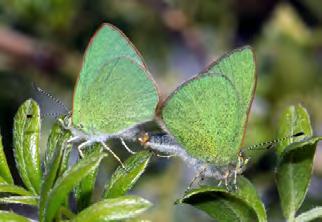
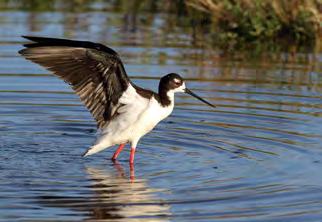
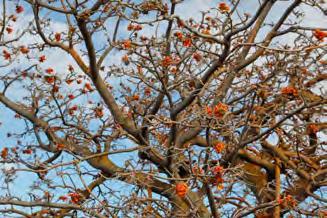
Ka Palupalu O Kanaloa
Photo: Ken Woods
332 Species of Conservation Importance – Oʻahu
Created August 26, 2024 by Laukahi Network
taxonName
Abutilon menziesii
Abutilon sandwicense
Acacia koa
Acacia koaia
Achyranthes splendens var. rotundata
Adenophorus haalilioanus
Adenophorus periens
Alectryon macrococcus var. macrococcus
Alphitonia ponderosa
Alphitonia ponderosa
Alyxia stellata
Anoectochilus sandvicensis
Antidesma pulvinatum
Asplenium dielerectum
Asplenium dielfalcatum
Asplenium unisorum
Astelia menziesiana
Athyrium microphyllum
Bidens amplectens
Bidens campylotheca subsp. campylotheca
Bidens cervicata
Bidens molokaiensis
Bidens populifolia
Bobea brevipes
Bobea elatior
Bobea sandwicensis
Bobea timonioides
Bobea timonioides
Boehmeria grandis
Bonamia menziesii
Bonamia menziesii
Capparis sandwichiana
Carex alligata
Cenchrus agrimonioides var. agrimonioides
Charpentiera obovata
Charpentiera ovata var. niuensis
Charpentiera tomentosa var. maakuaensis
Cheirodendron platyphyllum subsp. platyphyllum
Cheirodendron trigynum subsp. trigynum
Chrysodracon forbesii
Chrysodracon halapepe
Cibotium chamissoi
Cibotium glaucum
Cladium jamaicense
Claoxylon sandwicense
Clermontia fauriei
Clermontia persicifolia
Colubrina oppositifolia
Coprosma ochracea
Cryptocarya mannii
Cryptocarya oahuensis
Ctenitis squamigera
Cyanea acuminata
Cyanea calycina
Cyanea crispa
Cyanea grimesiana subsp. grimesiana
Cyanea grimesiana subsp. obatae
Cyanea humboldtiana
Cyanea konahuanuiensis
Cyanea koolauensis
Cyanea lanceolata
Cyanea longiflora
Cyanea membranacea
Cyanea pinnatifida
Cyanea purpurellifolia
Cyanea sessilifolia
Cyanea st-johnii
Cyanea superba subsp. regina
Cyanea superba subsp. superba
Cyanea truncata
Cyclosorus boydiae
Cyclosorus interruptus
Cyperus laevigatus
Cyperus pennatiformis subsp. pennatiformis
Cyperus trachysanthos
Cyrtandra crenata
Cyrtandra dentata
Cyrtandra gracilis
Cyrtandra polyantha
Cyrtandra rivularis
Cyrtandra sandwicensis
Cyrtandra sessilis
Cyrtandra subumbellata
Cyrtandra viridiflora
Cyrtandra waiolani
Cystopteris sandwicensis
Delissea subcordata subsp. obtusifolia
Delissea subcordata subsp. subcordata
Delissea takeuchii
Delissea waianaeensis
Dianella sandwicensis
Dicranopteris linearis
Diospyros hillebrandii
Diospyros sandwicensis
Diplazium molokaiense
Diplazium sandwichianum
Dissochondrus biflorus
Dodonaea viscosa
Doodia lyonii
Doryopteris takeuchii
Dubautia herbstobatae
Dubautia sherffiana
Elaeocarpus bifidus
Embelia pacifica
Eragrostis fosbergii
Eragrostis variabilis
Erythrina sandwicensis
Eugenia koolauensis
Euphorbia arnottiana
Euphorbia celastroides var. kaenana
Euphorbia clusiifolia
Euphorbia deppeana
Euphorbia haeleeleana
Euphorbia herbstii
Euphorbia kuwaleana
Euphorbia rockii
Euphorbia skottsbergii var. skottsbergii
Eurya sandwicensis
Eurya sandwicensis
Exocarpos gaudichaudii
Flueggea neowawraea
Freycinetia arborea
Gahnia aspera subsp. globosa
Gardenia brighamii
Gardenia mannii
Gossypium tomentosum
Gouania meyenii
Gouania vitifolia
Gynochthodes trimera
Heliotropium anomalum var. argenteum
Heliotropium curassavicum
Hesperomannia arborescens
Hesperomannia oahuensis
Hesperomannia swezeyi
Heteropogon contortus
Hibiscus arnottianus subsp. arnottianus
Hibiscus arnottianus subsp. punaluuensis
Hibiscus brackenridgei subsp. mokuleianus
Hibiscus kokio subsp. kokio
Hibiscus kokio subsp. kokio
Hibiscus tiliaceus
Hillebrandia sandwicensis
Huperzia nutans
Hydrangea arguta
Ilex anomala
Ipomoea tuboides
Isachne distichophylla
Ischaemum byrone
Isodendrion laurifolium
Isodendrion laurifolium
Isodendrion longifolium
Isodendrion longifolium
Isodendrion pyrifolium
Jacquemontia sandwicensis
Joinvillea ascendens subsp. ascendens
Joinvillea ascendens subsp. ascendens
Kadua affinis
Kadua coriacea
Kadua degeneri subsp. coprosmifolia
Kadua degeneri subsp. degeneri
Kadua elatior
Kadua fluviatilis
Kadua littoralis
Kadua parvula
Korthalsella degeneri
Labordia cyrtandrae
Labordia hosakana
Labordia kaalae
Lepidium arbuscula
Lepidium bidentatum var. owaihiense
Leptecophylla tameiameiae
Lindsaea repens var. macraeana
Liparis hawaiensis
Liparis hawaiensis
Lipochaeta remyi
Lipochaeta tenuifolia
Lipochaeta tenuis
Lobelia gaudichaudii
Lobelia koolauensis
Lobelia monostachya
Lobelia niihauensis
Lobelia oahuensis
Lysimachia filifolia
Machaerina angustifolia
Marsilea villosa
Melicope christophersenii
Melicope cinerea
Melicope clusiifolia
Melicope cornuta var. decurrens
Melicope hiiakae
Melicope kaalaensis
Melicope lydgatei
Melicope makahae
Melicope pallida
Melicope saint-johnii
Melicope sandwicensis
Melicope spathulata
Melicope wawraeana
Metrosideros macropus
Metrosideros polymorpha var. glaberrima
Metrosideros polymorpha var. incana
Metrosideros polymorpha var. polymorpha
Metrosideros polymorpha var. pumila
Metrosideros rugosa
Metrosideros tremuloides
Mezoneuron kavaiense
Microsorum spectrum var. spectrum
Myoporum stellatum
Myrsine degeneri
Myrsine fosbergii
Myrsine juddii
Myrsine lessertiana
Myrsine punctata
Myrsine punctata
Myrsine sandwicensis
Nama sandwicensis
Neraudia angulata var. angulata
Neraudia angulata var. dentata
Neraudia melastomifolia
Nestegis sandwicensis
Nothocestrum latifolium
Nothocestrum latifolium
Nothocestrum longifolium
Nototrichium humile
Ochrosia compta
Oreobolus furcatus
Osteomeles anthyllidifolia
Pandanus tectorius
Panicum fauriei var. carteri
Peperomia membranacea
Peperomia oahuensis
Perrottetia sandwicensis
Peucedanum sandwicense
Peucedanum sandwicense
Phyllostegia glabra var. glabra
Phyllostegia hirsuta
Phyllostegia kaalaensis
Phyllostegia mollis
Phyllostegia parviflora var. lydgatei
Phyllostegia parviflora var. parviflora
Phytolacca sandwicensis
Pipturus albidus
Pisonia sandwicensis
Pisonia umbellifera
Planchonella sandwicensis
Plantago princeps var. anomala
Plantago princeps var. longibracteata
Plantago princeps var. princeps
Platanthera holochila
Polyscias gymnocarpa
Polyscias kavaiensis
Polyscias lydgatei
Polyscias oahuensis
Polyscias sandwicensis
Portulaca villosa
Pritchardia bakeri
Pritchardia kaalae
Pritchardia kahukuensis
Pritchardia martii
Pseudognaphalium sandwicensium var. molokaiense
Psychotria fauriei
Psydrax odorata
Pteralyxia macrocarpa
Pteris lidgatei
Ranunculus mauiensis
Rauvolfia sandwicensis
Rhynchospora chinensis subsp.
spiciformis
Sadleria cyatheoides
Sanicula mariversa
Sanicula purpurea
Santalum ellipticum
Santalum freycinetianum
Santalum haleakalae var. haleakalae
Sapindus oahuensis
Scaevola coriacea
Scaevola glabra
Scaevola taccada
Schenkia sebaeoides
Schiedea adamantis
Schiedea globosa
Schiedea hookeri
Schiedea kaalae
Schiedea kealiae
Schiedea ligustrina
Schiedea mannii
Schiedea nuttallii
Schiedea obovata
Schiedea pentandra
Schiedea trinervis
Schoenoplectus tabernaemontani
Sesbania tomentosa
Sesuvium portulacastrum
Sicyos lanceoloideus
Sicyos waimanaloensis
Sida fallax
Sideroxylon polynesicum
Silene lanceolata
Silene perlmanii
Smilax melastomifolia
Solanum americanum
Solanum nelsonii
Solanum sandwicense
Sophora chrysophylla
Spermolepis hawaiiensis
Spermolepis hawaiiensis
Sporobolus virginicus
Stenogyne kaalae subsp. kaalae
Stenogyne kaalae subsp. sherffii
Stenogyne kanehoana
Streblus pendulinus
Strongylodon ruber
Strongylodon ruber
Syzygium sandwicense
Tetramolopium filiforme var. filiforme
Tetramolopium filiforme var. polyphyllum
Tetramolopium lepidotum subsp. lepidotum
Touchardia latifolia
Trematolobelia singularis
Urera glabra
Urera kaalae
Vaccinium calycinum
Vaccinium reticulatum
Vigna owahuensis
Viola chamissoniana subsp. chamissoniana
Viola kauaensis var. hosakae
Viola kauaensis var. kauaensis
Viola oahuensis
Wikstroemia oahuensis var. oahuensis
Xylosma hawaiense
Zanthoxylum dipetalum var. dipetalum
Zanthoxylum kauaense
Zanthoxylum oahuense
Bibliography
Anderson-Fung, Puanani O. “Hawaiian Ecosystems and Culture,” n.d. Baker, Tawrin, Sven Dupré, Sachiko Kusukawa, Karin Leonhard, Sachiko Kusukawa, Karin Leonhard, Tawrin Baker, and Sven Dupré. Early Modern Color Worlds. 1st ed. Boston: BRILL, 2015.
E. S. Handy, Elizabeth Green Handy, and Mary Kawena Pukui. Native Planters in Old Hawaii: Their Life, Lore, and Environment. Bernice P. Bishop Museum Bulletin. Honolulu: Bishop Museum Press, 1972.
Earth@Home. “Geologic History of Hawaiʻi.” Accessed January 26, 2025. https://earthathome.org/hoe/hi/geologic-history/.
Engler, Mira. Landscape Design in Color : History, Theory, and Practice 1750 to Today. Abingdon, Oxon: Routledge, 2023.
Garcia, Shirley Naomi Kanani. “MASTER OF ARTS IN GEOGRAPHY DECEMBER 2002,” n.d. “Hawaiian Native Plants, UH Botany.” Accessed September 21, 2024. http://www.botany. hawaii.edu/faculty/carr/natives.htm.
Holtzschue, Linda. Understanding Color : An Introduction for Designers. Understanding Color : An Introduction for Designers. New York: Van Nostrand Reinhold, 1995. Images of Old Hawaiʻi. “Kawainui Marsh,” May 25, 2019. https://imagesofoldhawaii.com/ kawainui-marsh-kailua-oahu/.
Kobayashi, Shigenobu. Color Image Scale. Color Image Scale. 1st ed. Tokyo ; Kosdansha International, 1991.
Kobayashi, Shigenobu, and Nihon Karā Dezain Kenkyūjo. Book of Colors : Matching Colors, Combining Colors, Color Designing, Color Decorating. Book of Colors : Matching Colors, Combining Colors, Color Designing, Color Decorating. Tokyo ; Kodansha International, 1987. Krauss, Beatrice H. Plants in Hawaiian Culture. Plants in Hawaiian Culture. Honolulu: University of Hawaii Press, 1993.
McDonald, Marie A., and Paul R. Weissich. N⁻a Lei Makamae : The Treasured Lei. N⁻a Lei Makamae : The Treasured Lei. A Latitude 20 Book. Honolulu: University of Hawaii Press, 2003.
Meilleur, Brien A. “Hawaiian Seascapes and Landscapes: Reconstructing Elements of a Polynesian Ecological Knowledge System.” The Journal of the Polynesian Society 128, no. 3 (2019): 305–36.
———. “Hawaiian Seascapes and Landscapes: Reconstructing Elements of a Polynesian Ecological Knowledge System.” Journal of the Polynesian Society 128, no. 3 (September 2019): 305–36. https://doi.org/10.15286/jps.128.3.305-336.
M.Pharm, HH Patel. “Anatomy of the Human Eye.” News-Medical, September 24, 2018. https://www.news-medical.net/health/Anatomy-of-the-Human-Eye.aspx. Oudolf, Piet. Designing with Plants. Portland, Or: Timber Press, 1999.
Sherrod, David R, John M Sinton, Sarah E Watkins, and Kelly M Brunt. “Geologic Map of the State of Hawai‘i—Islands of Ni‘ihau and Kaua‘i,” n.d.
“The Color Eye: Coloring the Landscape - Video - Films On Demand.” Accessed May 24, 2024. https://fod-infobase-com.eres.library.manoa.hawaii.edu/p_ViewVideo.aspx?xtid=185604.
“The Science of Color.” Exhibition, 2015. https://library.si.edu/exhibition/color-in-anew-light/science.
“TNC_Geospatial_Annual_Report_2023.Pdf | Powered by Box.” Accessed February 3, 2025. https://tnc.app.box.com/s/kgro5kyigrtei1tkk60sah1oxm2gx2a0.
Yu, Beichen. “Understanding New Colors in Urban Environments: Deciphering Colors as Semiotic Resources.” Color Research & Application 48, no. 5 (September 2023): 567–77. https://doi.org/10.1002/col.22871.
Zarzycki, Lili. “Roberto Burle Marx (1909-1994).” The Architectural Review (blog), February 3, 2021. https://www.architectural-review.com/essays/reputations/roberto-burle-marx-1909-1994.
Zhang, Longlong, and Chulsoo Kim. “Chromatics in Urban Landscapes: Integrating Interactive Genetic Algorithms for Sustainable Color Design in Marine Cities.” Applied Sciences 13, no. 18 (September 14, 2023): 10306. https://doi.org/10.3390/ app131810306.
